

Michal Novotný Madhu Kuruva Shoba Sharad Rajgopal Rebecca Haque Sin Kah Leong Amiya Nimai Dhara Rajashree Nayak Alan Taylor Denis Wirth-Miller
Lotus The Blue issue no. 56 winter 2022
Patricia Forrest

The Blue
Lotus
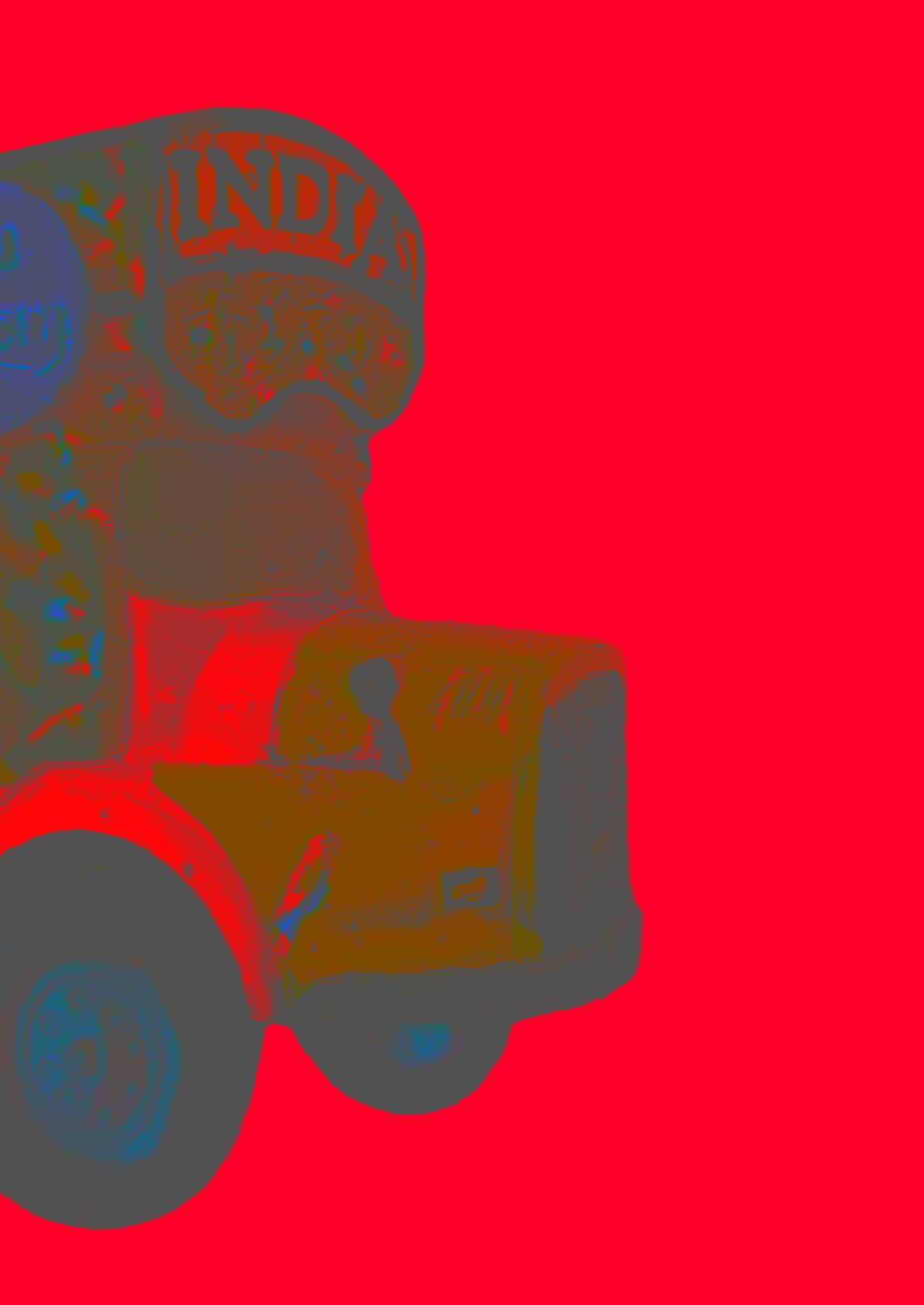 Image © by Martin Bradley
Image © by Martin Bradley

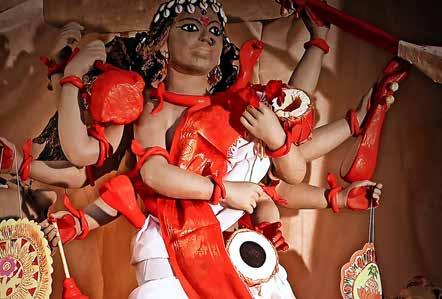
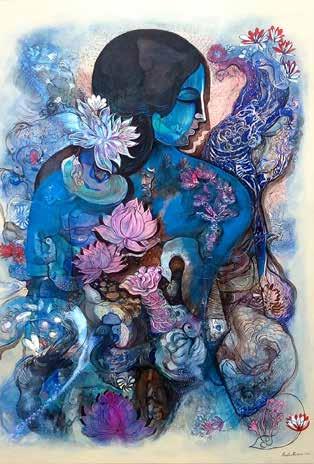
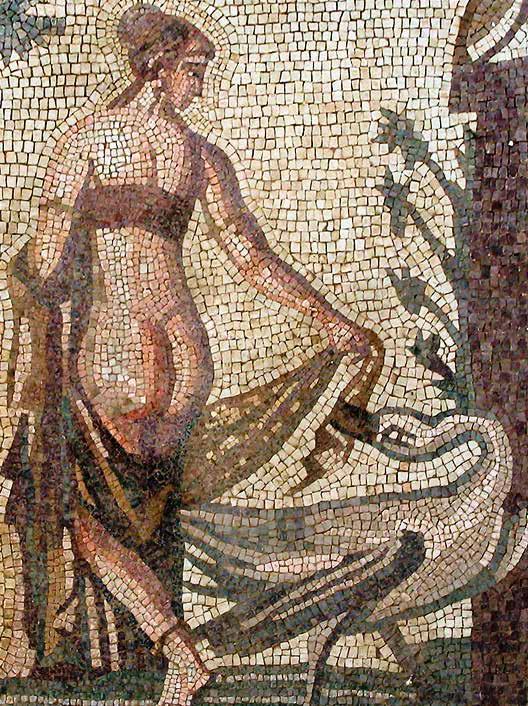
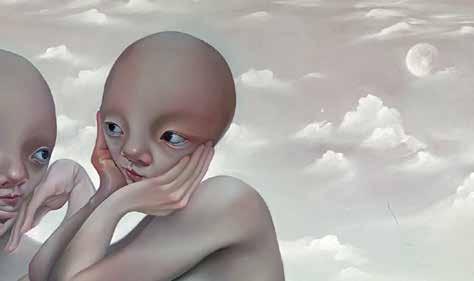

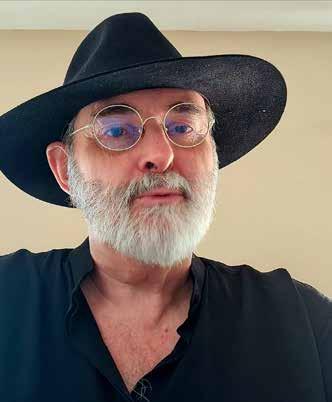
contents A quick word Editor’s comments Journey to Bohemia 14 days in Prague Michal Novotný At Tibet House Prague p36 Madhu Kuruva Art from India p44 Ponniyin Selvan I Film review by Shoba Sharad Rajgopal p52 Letter from Down Under Rebecca Haque p56 Sin Kah Leong Malaysian artist p64 8th Annual Indo-Czech Festival Prague’s annual Indo-Czech Festival p80 Little Red Dot Singapore artists at London’s Cuturi Gallery
Amiya Nimai Dhara
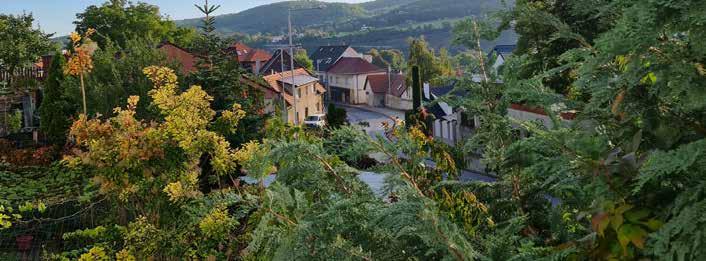
Artist from Santiniketan, India p106 Rajashree Nayak
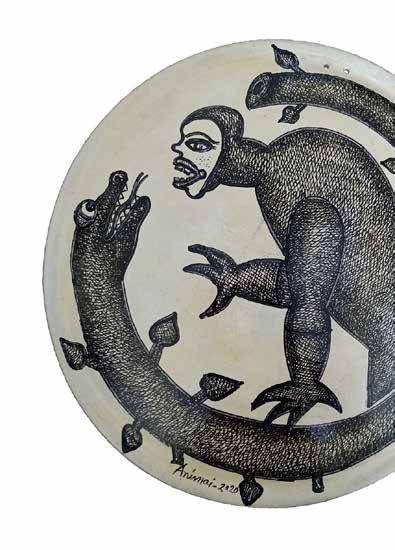

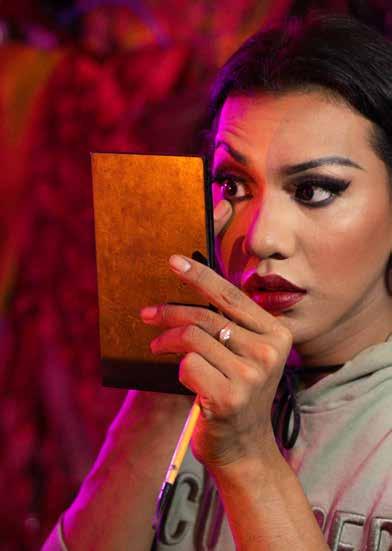
Artist from Ahmedabad, India p120 The art of drag Cambodian ‘Drag Queen’ p132 Alan Taylor Artist from Wivenhoe, UK p146 Denis Wirth-Miller
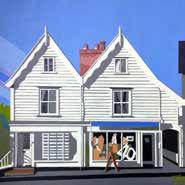
Retrospective exhibition at Firstsite, Colchester, UK p160 Patricia Forrest Mixed media images of Mersea Island, UK

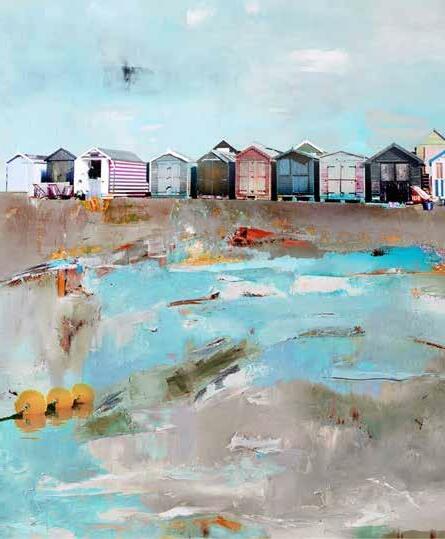
5
p96
ISSN 2754-9151 • NO. 56 • Winter ISSUE • 2022 • THE BLUE LOTUS Published quarterly by The Blue Lotus Publishing (M.A.Bradley), Colchester, Essex, England,
© 2022 M.A.Bradley. All rights reserved. FIND MORE ONLINE: ……
UK.
facebook.com/bluelotusartsmagazine
Winter is coming
To take a line from a popular fantasy TV series “Winter is coming”, and from another not quite so salubrious “Winter draws on”.
As you may have realised, over the past eleven, yes eleven, years The Blue Lotus magazine tends to follow me around wherever I go. In the past there have been issues concerning Germany, Italy, Spain etc, etc, etc. This issue is the Czech Republic’s turn, or more specifically Prague’s.
From myriad points in Asia, to eastern realms of Britain, The Blue Lotus magazine is there to delight and intrigue the lovers of arts and cultures.
Submissions are encouraged to be sent to martinabradley@gmail.com
Take care and stay safe for Covid 19 and its variants are still with us.
Martin(Martin A Bradley, Founding Editor)
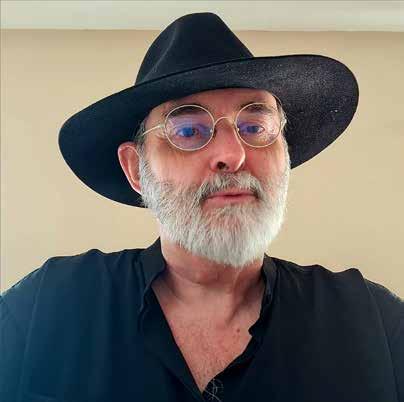
6
Lotus The Blue
 Image © by Martin Bradley
Image © by Martin Bradley
Journey to
Fourteen days in Prague

to Bohemia
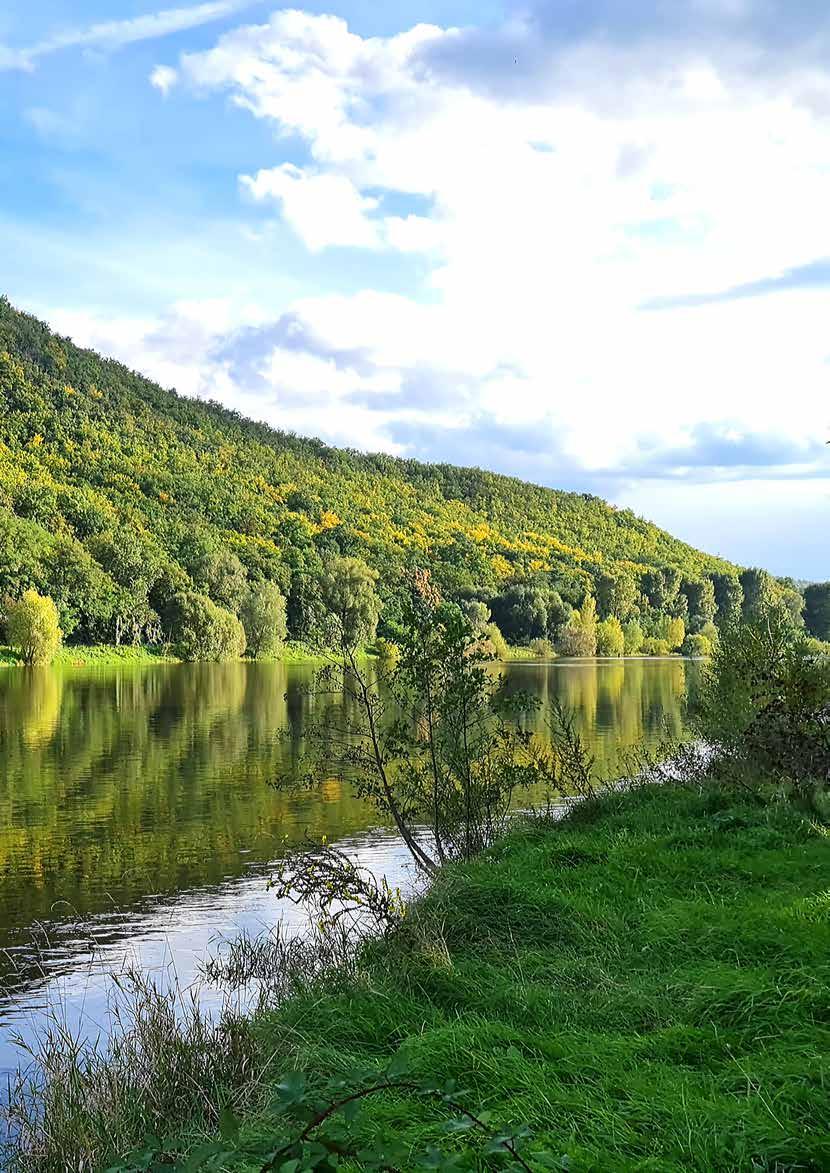
Looking down into Zbraslav town
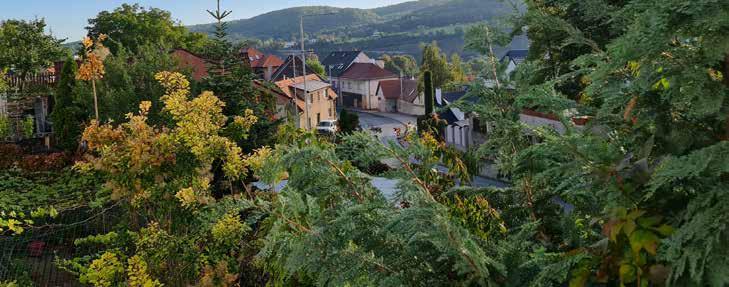
Journey to Bohemia
Fourteen days in Prague
It had been over a year since I last travelled. The Covid 19 pandemic had affected many lives, mine included and, once ensconced back in Blighty I became loath to venture out from my old (16th Century) house and my brand new comfort zone.
That was until I was invited to become part of the entourage supporting the Indo-Czech Autumn Festival (the eighth of its kind to celebrate all things Indian in Zbraslav, Prague in the Czech Republic (formerly known as Czechoslovakia).
It was the beginning of autumn, and the days of the Indian goddess Durga. I was also asked to assist with the recording of the ‘Experience India’ Festival, in another area of Prague (Andel). Both Czech festivals were sanctioned by the Indian High Commission to the Czech Republic.
The thought of new experiences and new excitements teased me out of that comfort zone. I left my little island, climbed onto two buses (First and Eastern National), and one (Ryanair) airplane then into a Czech taxi in, which was by then, the middle of the night. Ultimately I was to discover what life, fate or karma had in store for me in the legendary Bohemia (the largest historical region of the Czech Republic).
At Prague’s Václav Havel airport I was met and
greeted by two creative young Indian women (Papia Ghoshal, aka Papia Das Baul the Indian artist/poet/filmmaker/performer/singer whose family were part of the Indian Zamindari System, and Bangladeshi actress and filmmaker Shahneoyaj Cacoly). Both are involved with creating art, film and film-making (one concerns herself with documentaries and art films, the other more concerned with Bangladesh popular film-making).
There was wine and women (two), only the song was missing that night as we talked, drank and ate Papia Ghoshal’s amazing Bengali home cooked food until 2am Czech time. After a rest I was intrigued by the slowly brightening morning which had Bohemia screened with an autumnal cool Czech mist. The haziness slowly cleared as the sun arose to reveal rolling hills, and a recently renovated church (Mnisek pod Brdy) peeking out from the variations of green. Below my window, and emulating the Czech Republic’s longest river (the Vltava), the main road meandered past Ms Ghoshal’s Baul Atelier/ Akhara and into the mysteries of Czech and Slovac lands. Originally those lands had been populated by the Celtic Boii tribe (giving the country its Latin name - Boiohaemum, otherwise knows as Bohemia).
I had visited Prague ‘the City of a Hundred
10

11
Papia Ghoshal’s Baul Atelier/Akhara Zbraslav
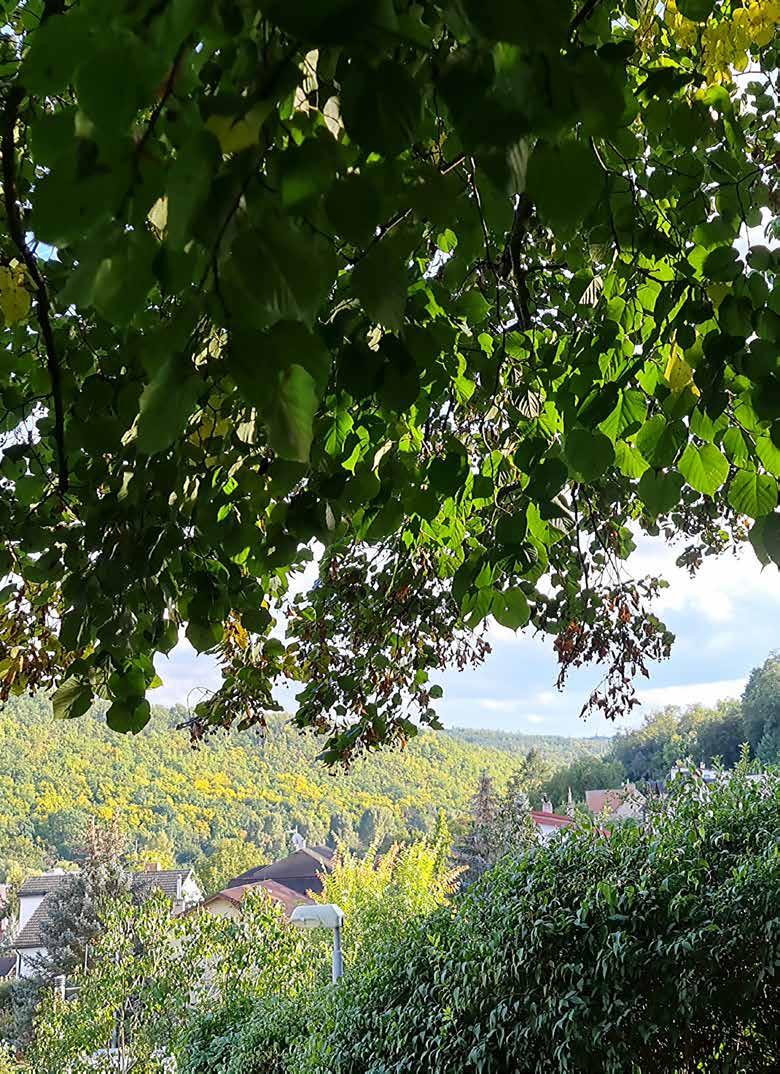
12
Belveder park looking down to Zbraslav town
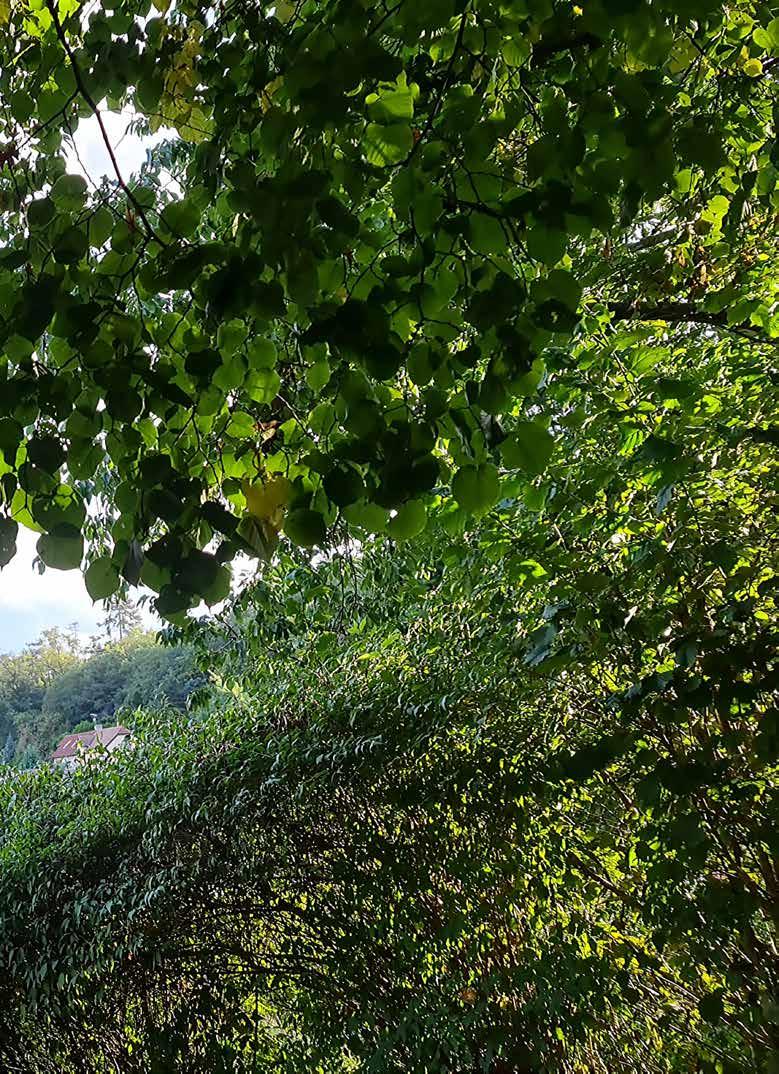
13
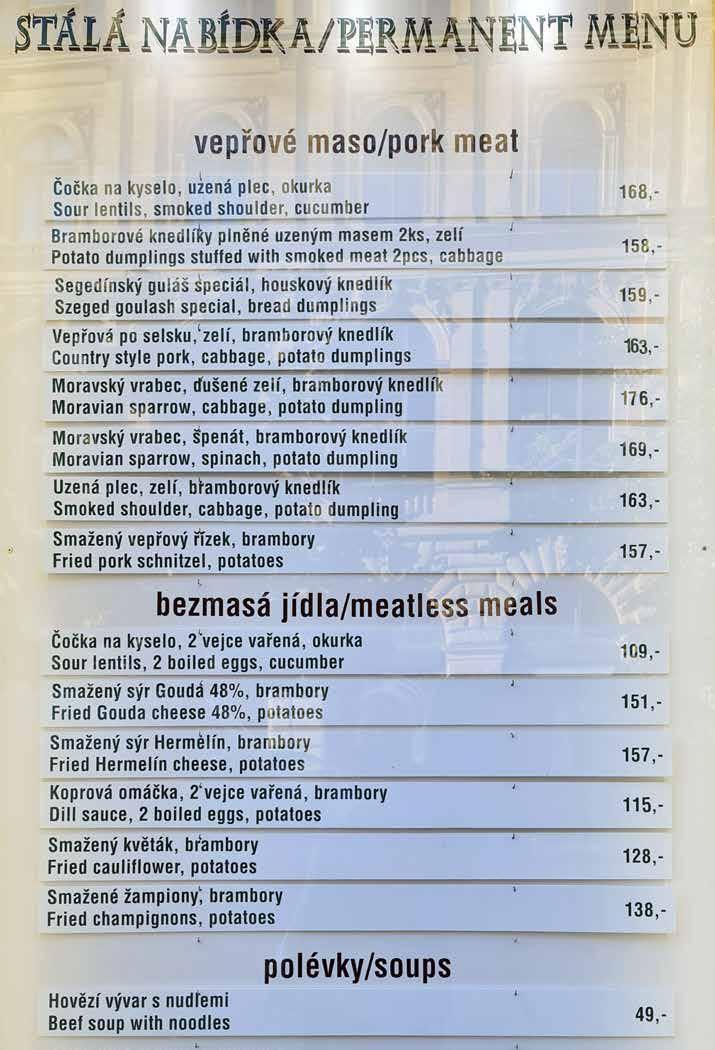
14
Traditional menu in Prague, Czech Republic
Spires’, or Central is it is locally known, for a weekend some twenty years past. Outside of that city centre Prague and the Czech Republic had remained a mystery to me.
On one Prague website came the answer to something that had been puzzling me all day. I know that Spain’s Salvador Dali (some of whom’s works were then on show in Prague) was partial to Lark’s tongues as well as other more exotic foodstuffs, but here in Prague, on one restaurant menu window display was the dish ‘Moravian Sparrow’. I thought…“Surely not! Sparrows are so small but, there again it’s another country, with its own culture.” And, “hmm interesting.”
The mentioned website (Beyond Prague) explained that the dish mischievously called ‘Moravian Sparrow’ is in Czech ‘Moravský Vrabec’. Moravian Sparrow is a literal translation for a dish which contains no small avian, but rather consists of a pork cut which is rendered into smallish chunks (the sparrow), marinated, then roasted and served with dumplings and cabbage. I confess to being mildly disappointed by that explanation.
Now, please excuse me for a moment while I wax lyrical about the Czech Republic’s city of Prague. That enchanting city is not only known for Moravian Sparrows, but also for Franz Kafka (1883 – 1924) his ‘Metamorphosis’ (1915), ’The Trial’ (1925) and ‘The Castle’ (1926). Prague is also well known for the stunning posters (Art Nouveau creations) of Alphonse Maria Mucha (1860 - 1939). Okay, well, yes, the city also has the glorious mediaeval stone arch Charles Bridge spanning the Vltava river, which continues to be a marvel to look at but, there again, so is the city’s incredible Art Nouveau architecture. Prague was, last year (2021), voted by Time Out to be ‘The Most Beautiful City in the World’ (something to do with a fifteenth century Astrological Clocks apparently). But for me the Czech Republic will always be the place where ‘The Good Soldier Švejk’ (by Jaroslav Hašek) was published (in Czech) between1921 and 1923, and which I first read way back in my hippie days (1968).
As The Incredible String Band once sung - “Oh lord how happy I am…” (1966).
In Zbraslav I was able to, briefly, meet Josef Vejvoda the jazz drummer (and son of the famous Czech composer Jaromír Vejvoda whose tune ‘Škoda lásky’ became Britain's 'Roll Out the Barrel' and Germany's ‘Rosamunde’). The latter meeting occurred one afternoon when there was a small festival (in the main square of Zbraslav, Prague 5) in his honour. I was fortunate to sit with him, his wife and friends along with Ms Ghoshal to drink Becherovka (a local alcoholic herbal digestive) to his health, in the restaurant named after Škoda lásky.
As if preplanned, the first day of October was an autumnal, murky, grey day which reminded us all of the time of year. The very next day a glorious sun returned to say its forgotten farewell. That day, I had looked out of the Akhara’s bathroom window onto a golden vista of blue fir trees nearer to the house. While gazing down I espied a serpentine road and across and up the magnificent green clad Bohemian forest (Šumava), a blue sky and wispy clouds all sent to embellish Prague's Zbraslav.
‘Time, that takes survey of all the world, must have a stop’ or so said Mr W. Shakespeare. And, as the Czech sun shined brightly on that day of Thor, the ‘Band' dissolved. One member headed back to the UK, three to Berlin, while two remained in Prague 5.
After all the excitement of the festivals, I then, temporarily, became a tourist.
I was leisurely introduced to the Bohemian town of Zbraslav, incidentally not just famous for the music of Jaromír Vejvoda and the art and spirituality of Papia Ghoshal, but also known for King Wenceslaus II of Bohemia, whom had founded an important Cistercian monastery by the name of “Aula Regia”, which later became a burial place for Bohemian kings.
I was taken to explore Zbraslav’s new Belveder
15
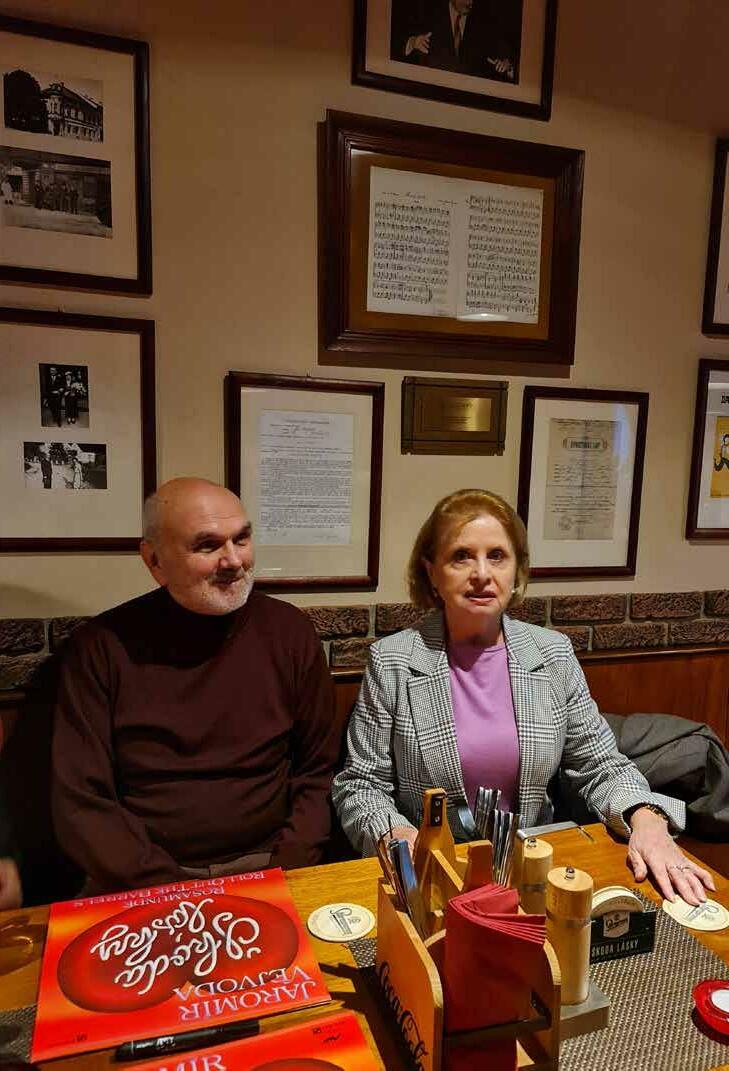

16

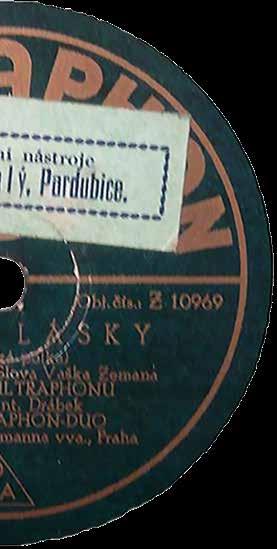
17
Josef Vejvoda with his wife in Škoda lásky pub, Zbraslav
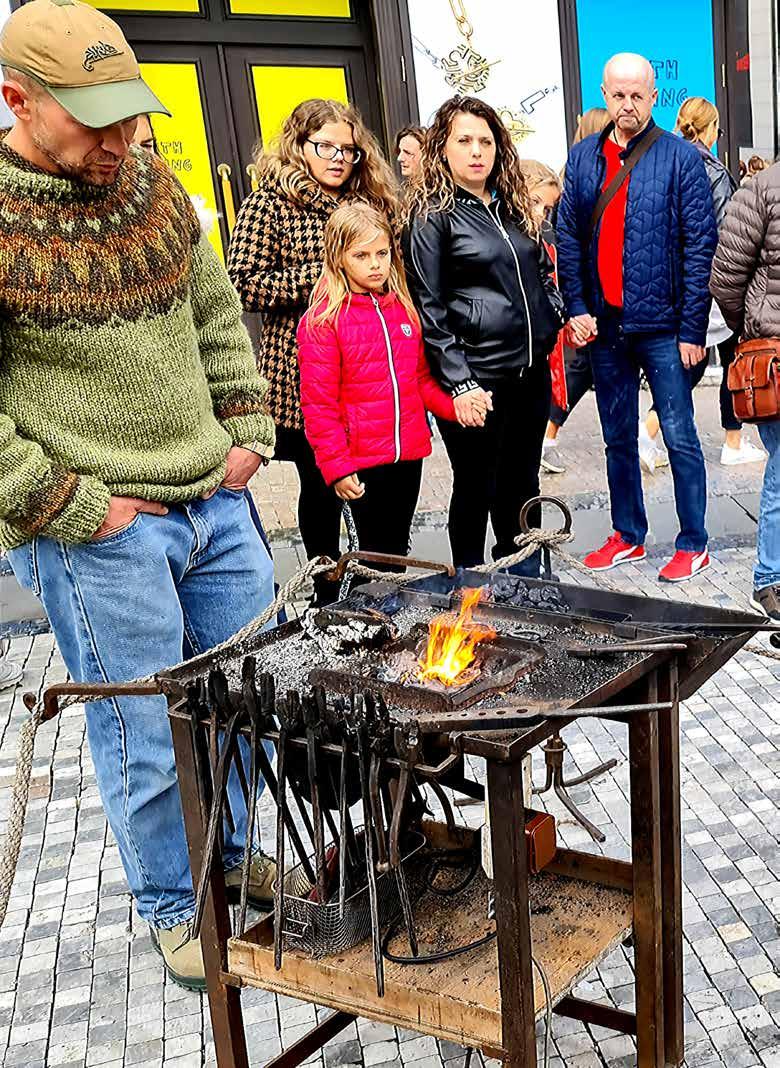
18 Prague Central

19
forest park, as well as the (autumnal) ancient Bohemian Celtic forest (which runs to the border of Germany) and there to gaze upon the beauty of the Vltava river (the longest river in the Czech Republic), running parallel. In the Czech sun I happily skipped on and off of buses, trams and trains too. I was led down scant used roads and over a bridge to the intriguing eatery ‘U Posledního Kelta’ (which Google translates as ‘At last the Celt’) at Zbraslav’s Vltava riverside. That very popular eatery was frequented by lycra-clad cyclists, earnest walkers and all manner of healthy Czech people with small dogs, one Indian artist and moi, a British writer of sorts. Fortunately, in that autumn season, the ‘bar and grill’ is renowned for its delicious (nonhallucinogenic) wild mushroom fare. The menu included wild mushroom soup and battered, deep fried, wild mushrooms which were large, succulent and indescribably scrumptious.
and so very different from my quiet island life. I delighted in the great privilege to meet countless fascinating people. I effectively gained two Indian sons and a daughter (one tabla player, one harmonium player and a singer) and so many friends, along way.
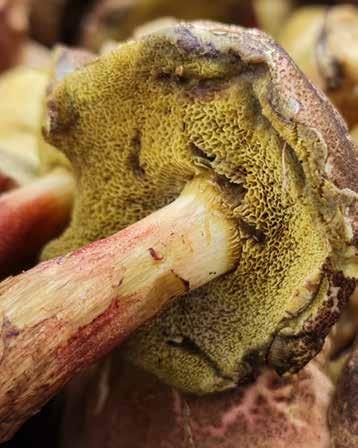

Next was the monumental laptop task of collating all images and short video bursts captured during my stay in that dreamy City of Prague, in the comforting Czech Republic, and finishing the writing. It didn’t help that my WIFI coverage was impaired when I arrived back. At the time of writing I’m still waiting for it to get back to normal, ho hum!
Prague Central, with its Charles Bridge and Jewish Cemetery on the other hand, reminded me of that infamous Oscar Wilde Lady Windermere's Fan Quote “I can resist anything except temptation.”Although I have tried (desperately) to reduce the acquisition of things in my life, acquiescing to Mr Wilde I bought a ‘tote bag’ because it had a nice print on the front proclaiming - ‘Franz Kafka, Prague’. I seem, inadvertently, to be collecting ‘Tote bags’ while also trying to minimise my materialistic tendencies. I didn’t get to see the Kafka Museum or the Mucha Dali Warhol exhibits at the Central Gallery (aka the White Unicorn House), but I did amble across the Charles Bridge, which is named not after the new British King, but Charles of Luxembourg, born as Wenceslaus and, apparently, was the first King of Bohemia to become a Holy Roman Emperor. My time in Prague was an excitingly busy period,
20
Ed
Picked wild mushrooms
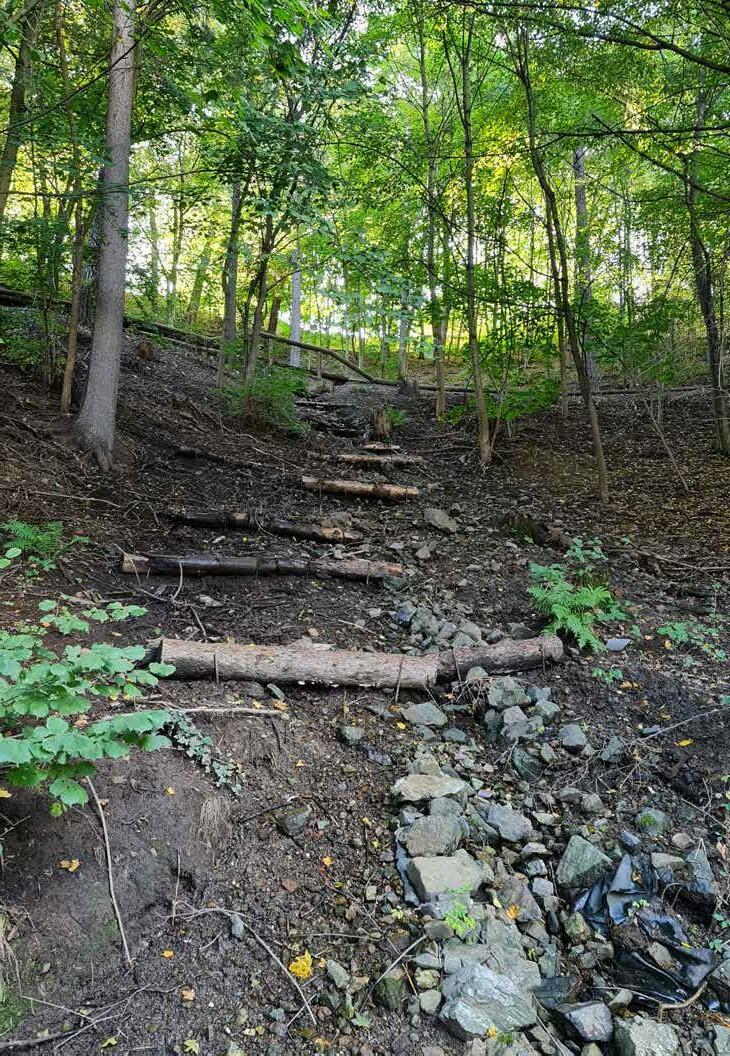
21
Belveder forest park
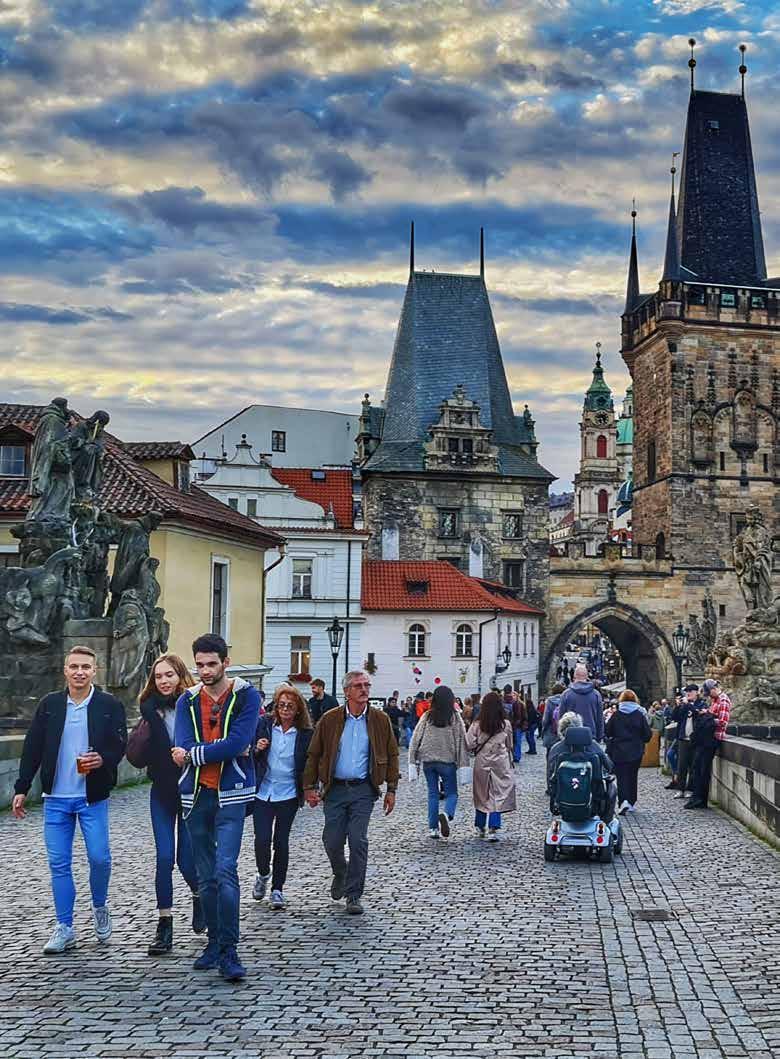
22
Charles Bridge in Prague
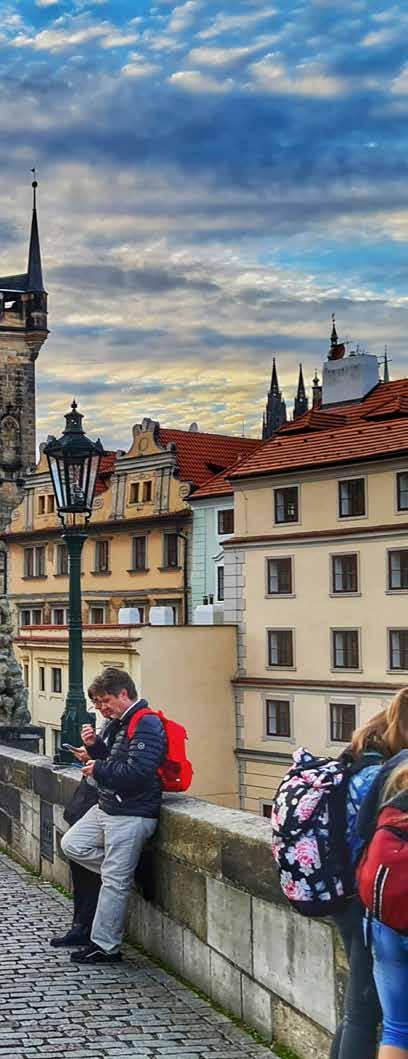
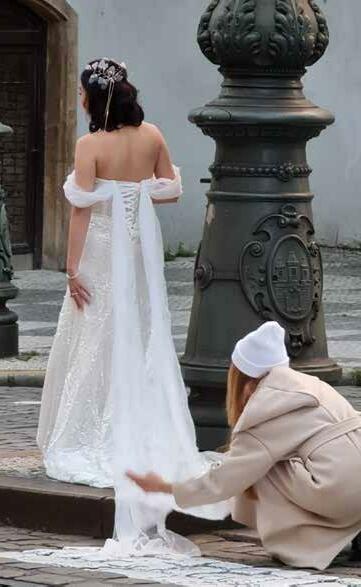
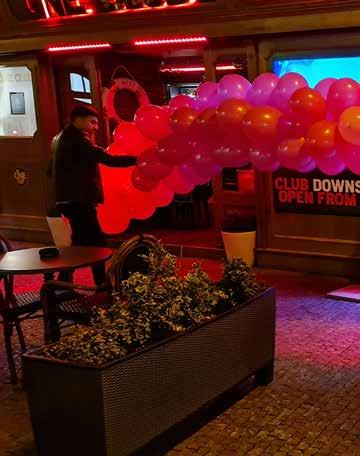
23
Prague wedding shoot
Prague night celebration


Michal Novotný
For about 15 years, I have been going camping with my friends and kids to the Vltava River in the summer. When we are not talking, I paint there ,one or two paintings a year. Now for the first time I am exhibiting a series of paintings from this dreamily beautiful place on one place. More than half of the paintings are in private collections and I would like to thank their owners for lending them on this occasion. All my work can be found at www.micl.cz
From the exhibition ‘Images of Summer’ at the Tibet Open House Tibet Školská 693/28, 11000, Prague 1-New Town, Czech Republic
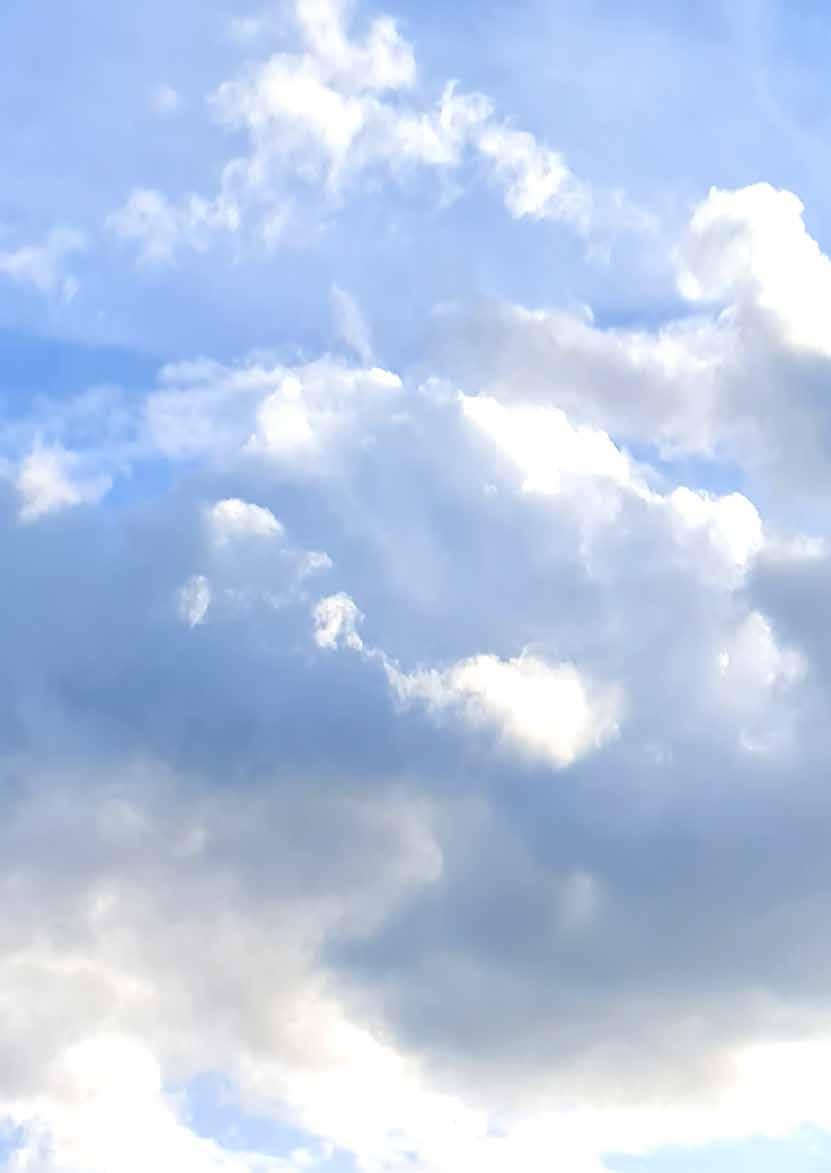

26
Children at Podkov

27

28
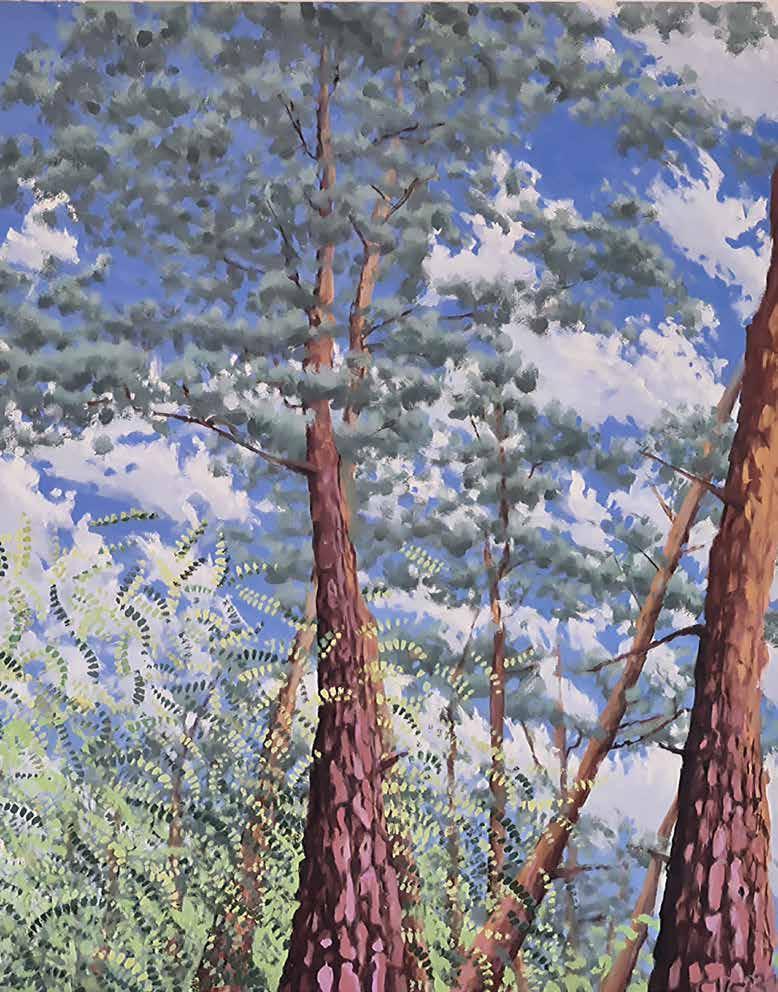
29
Acacia
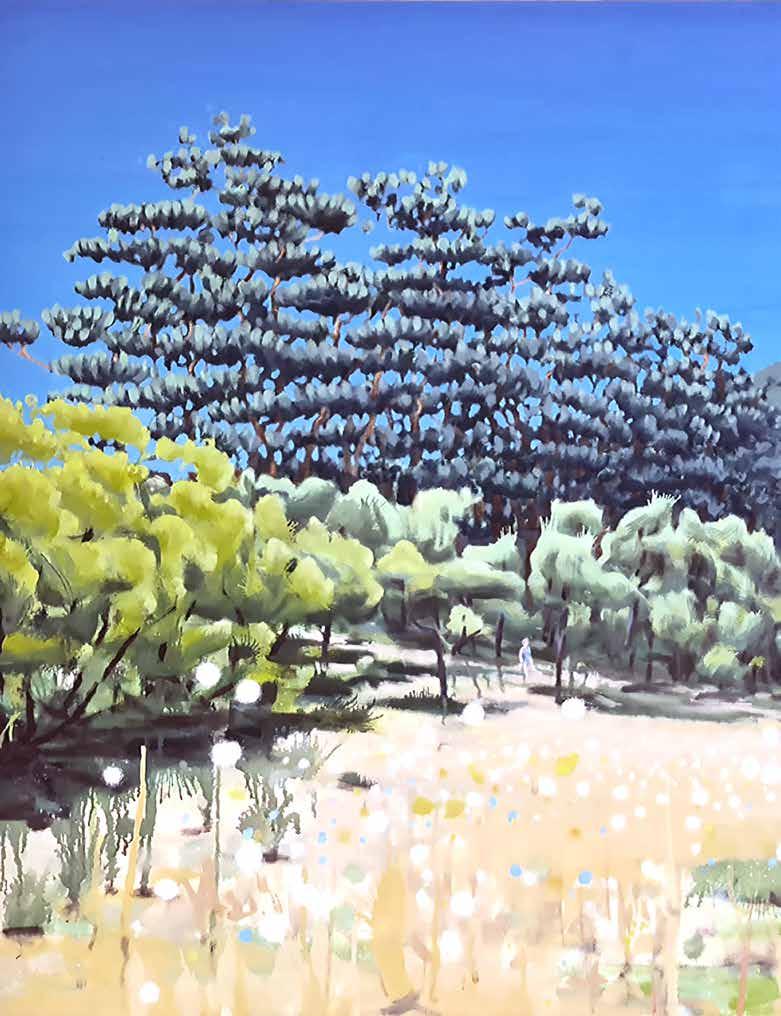
30 Meadow
on Podkov
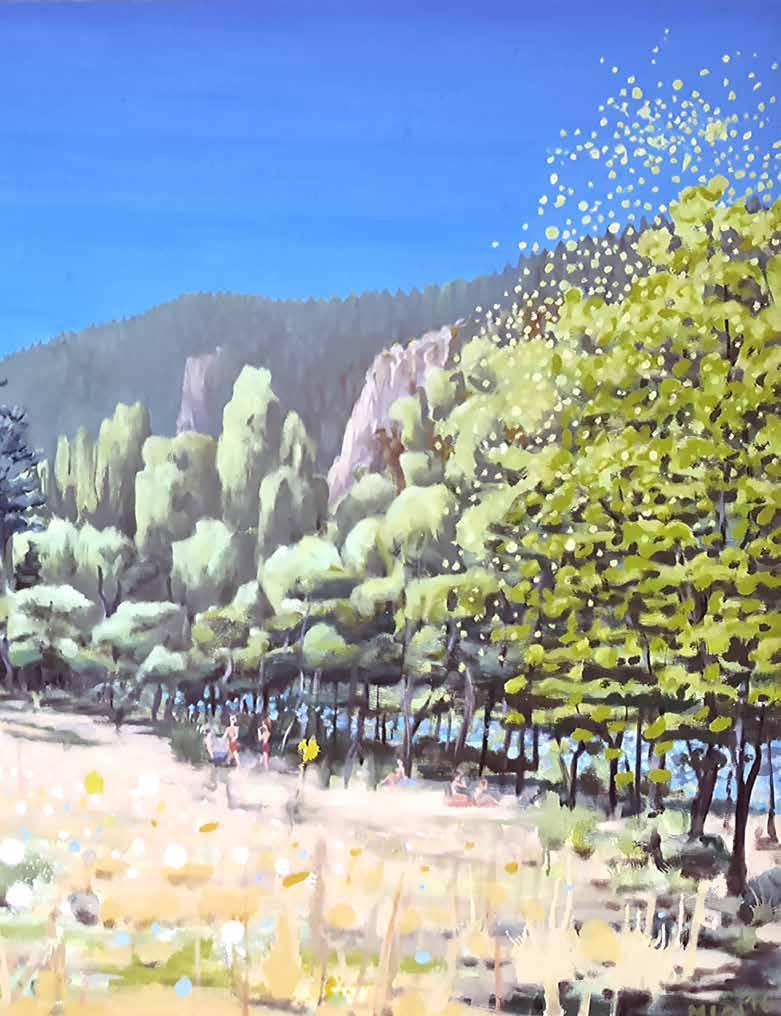
31

32

33
Friends at Podkov
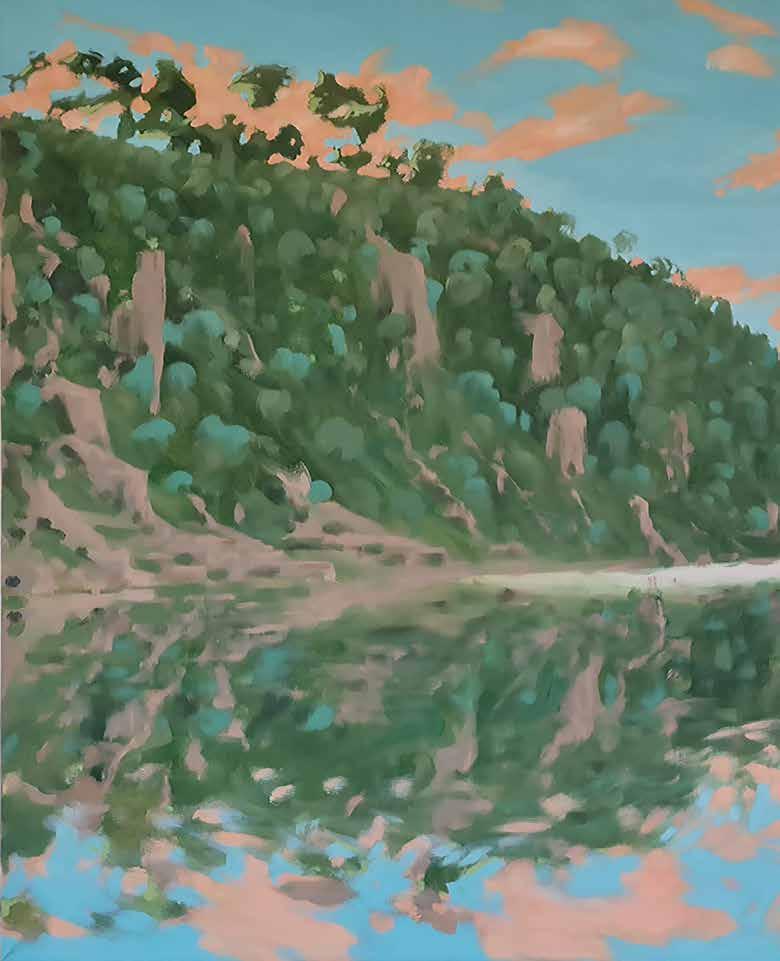
34
Untitled
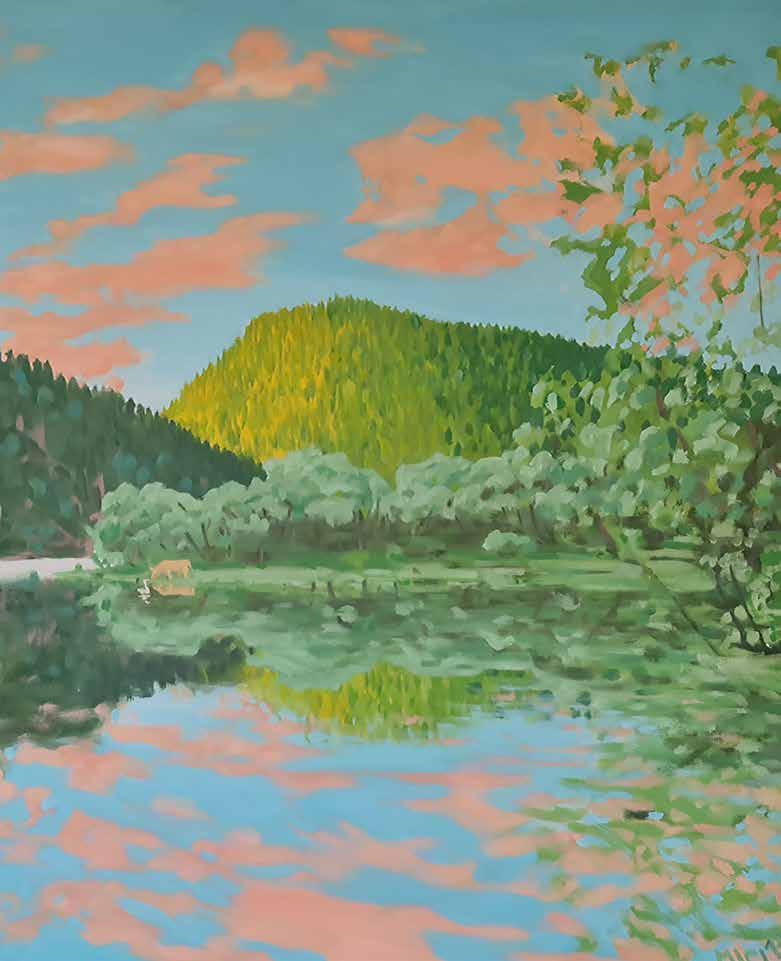
35
Madhu Kuruva
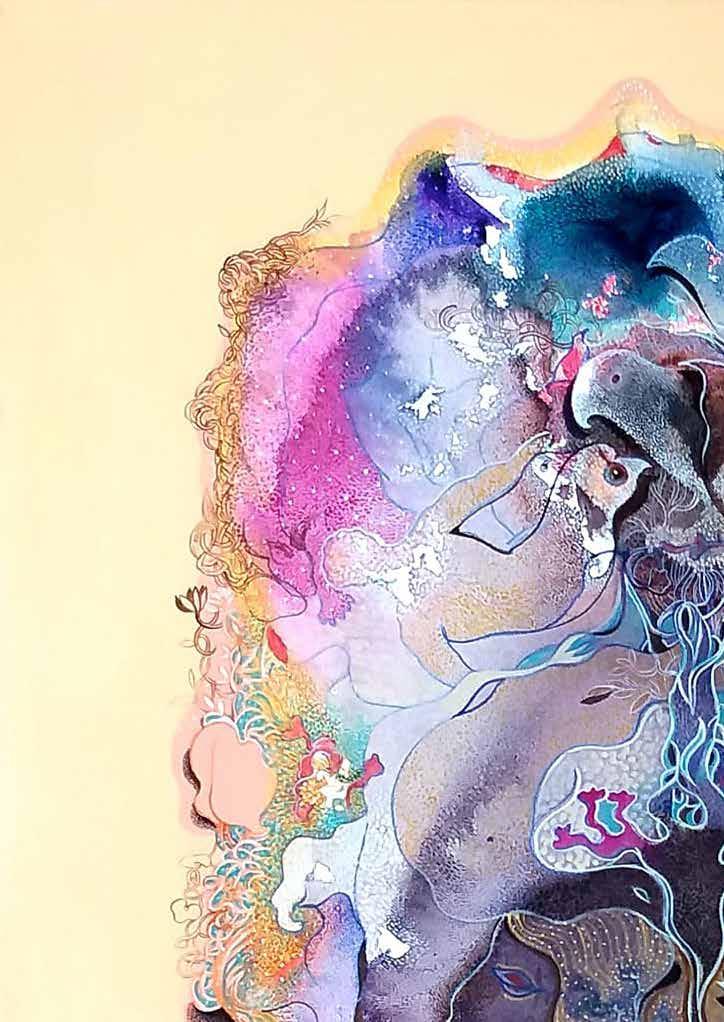
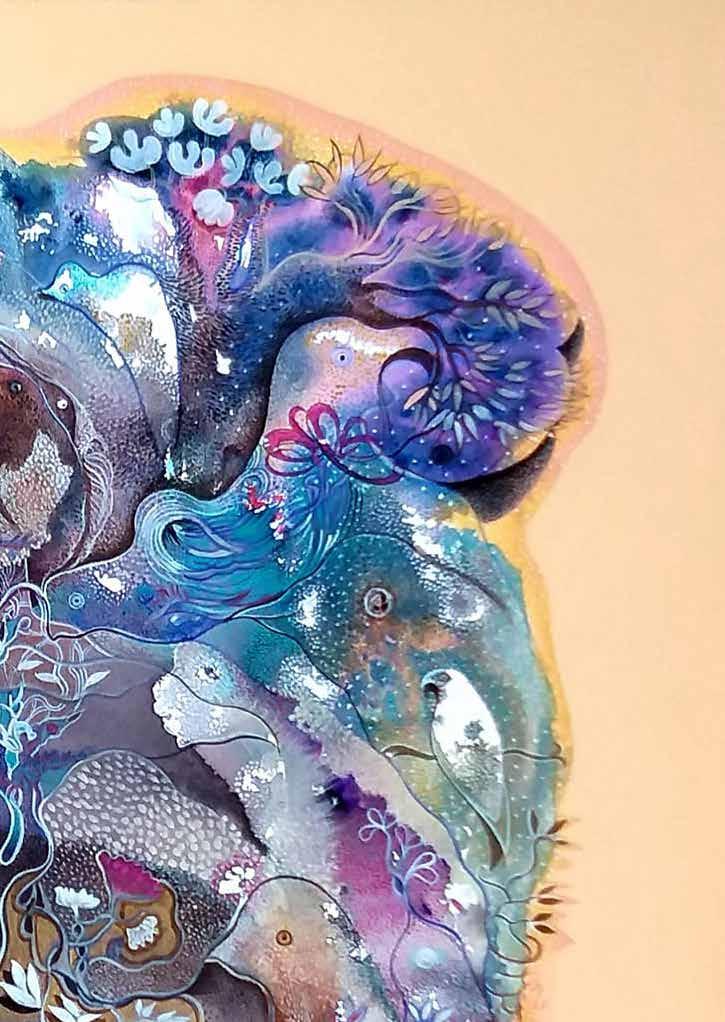
Untitled
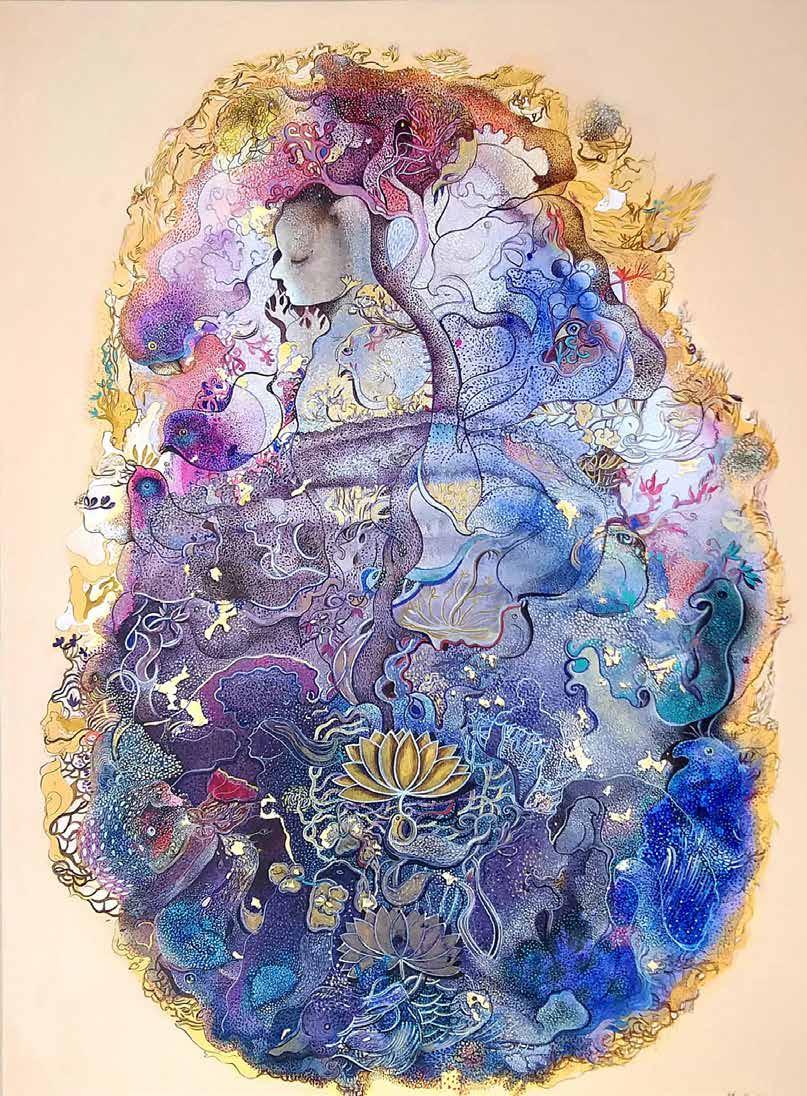
38 Untitled
Untitled
“The realm of art in unrestricted, undefined and infinite… I just thrive to be a productive contributor in this endless world of artistry.”
Vision: “To dedicate my life to the creation of world class paintings that depict the religious ethos and tradition of India and establish them respectfully on an international platform.”
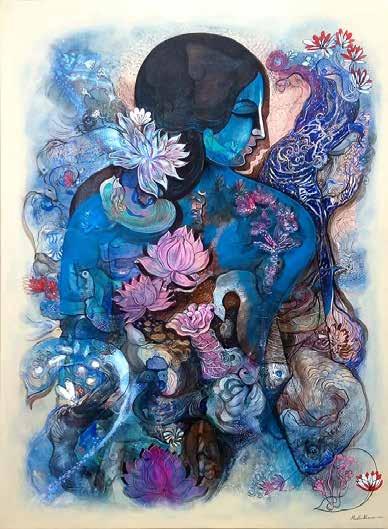
My Belief… Every soul is artistic and expresses itself in one or the other form. I discovered colours as the mode of expression of my feelings and use them to paint my inner voice on a canvas. I strongly believe that the artistic creation of an artist reflects the way he observes the world and the way he perceives it in his mind. As an avid painter, I love to explore themes and subjects in specific ways to bring life to my characters. For me a painting is worth a thousand words and a form of meditation that I do while creating every single piece of art.
Madhu Kuruva
39
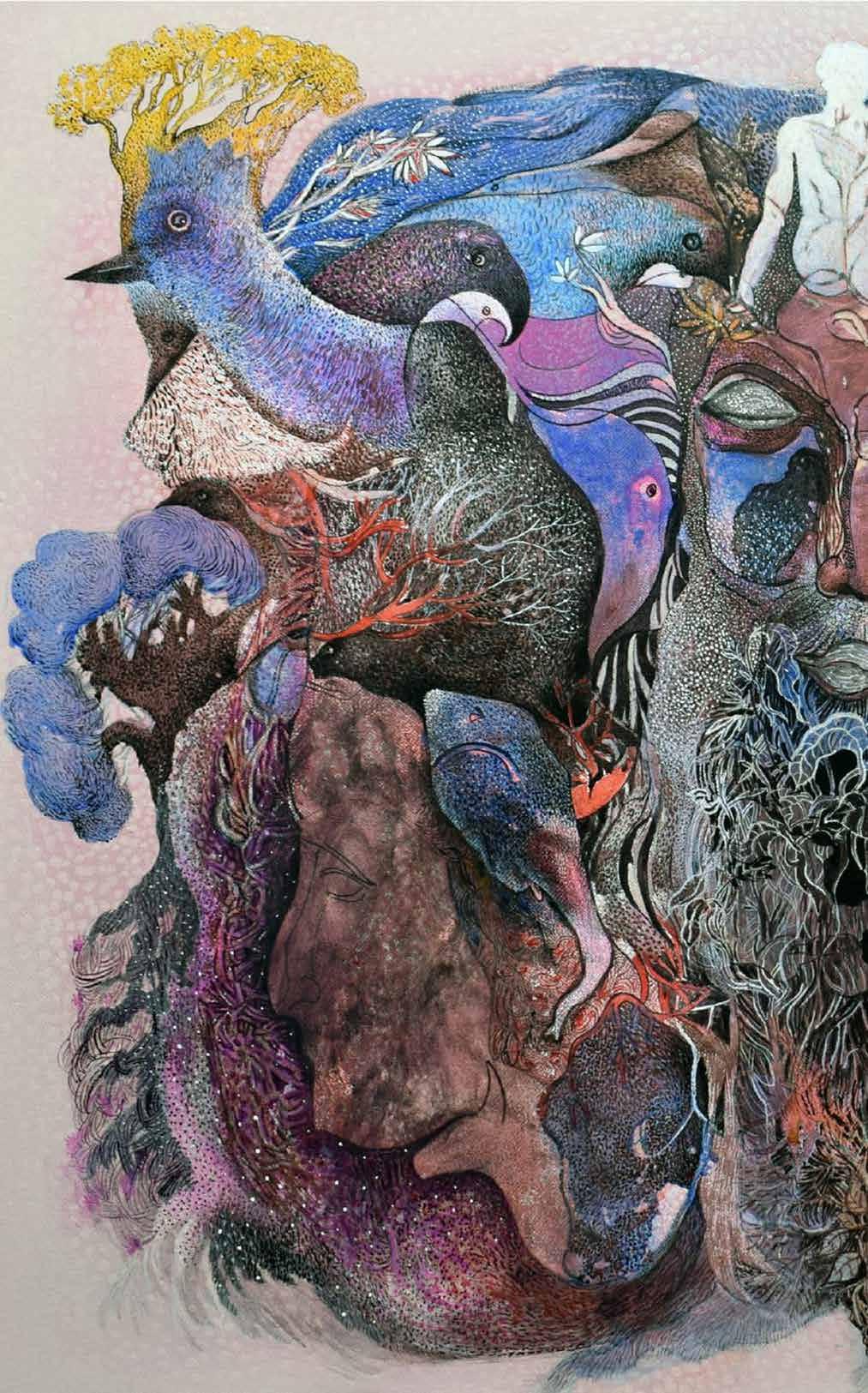
40
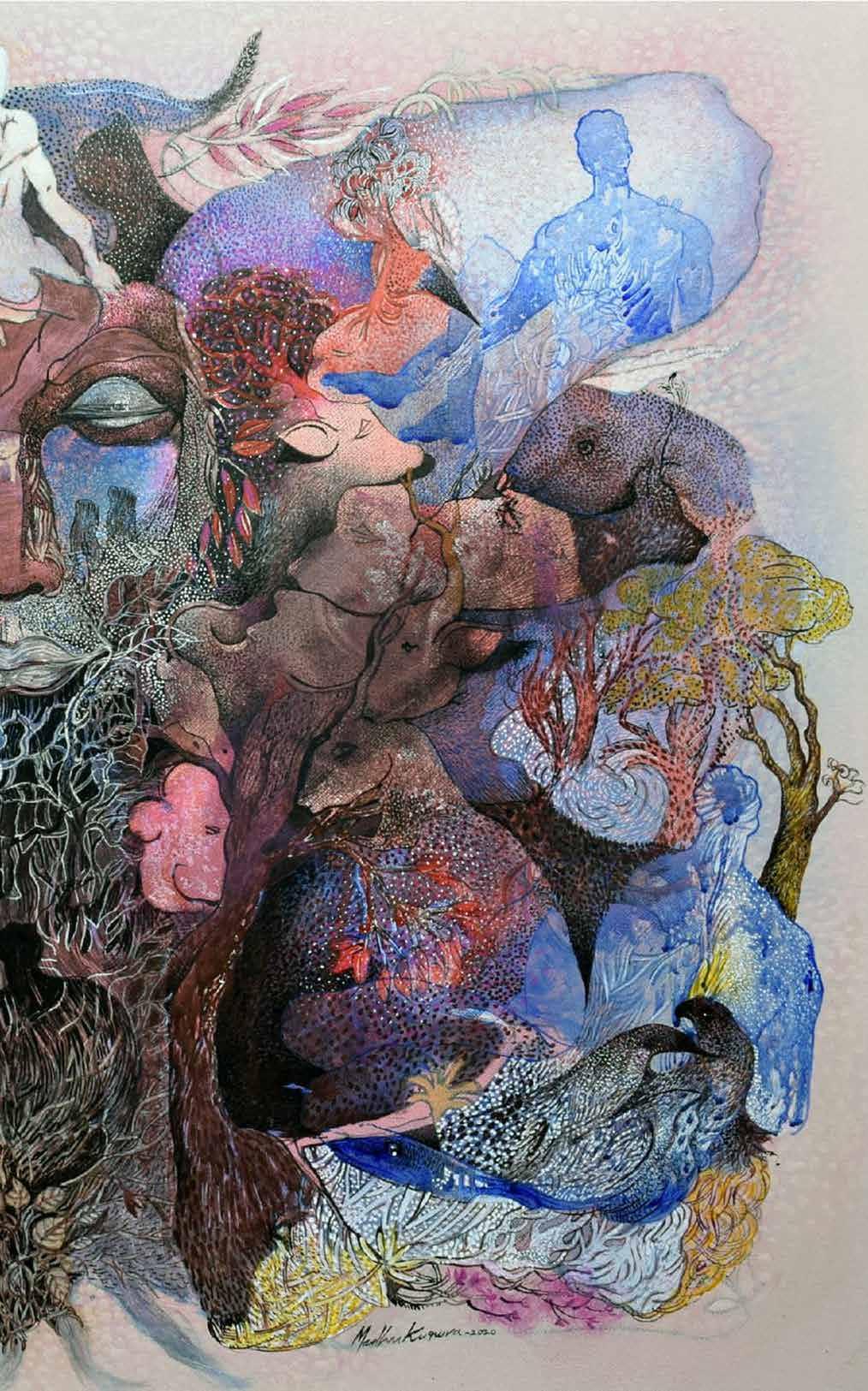
41 Untitled
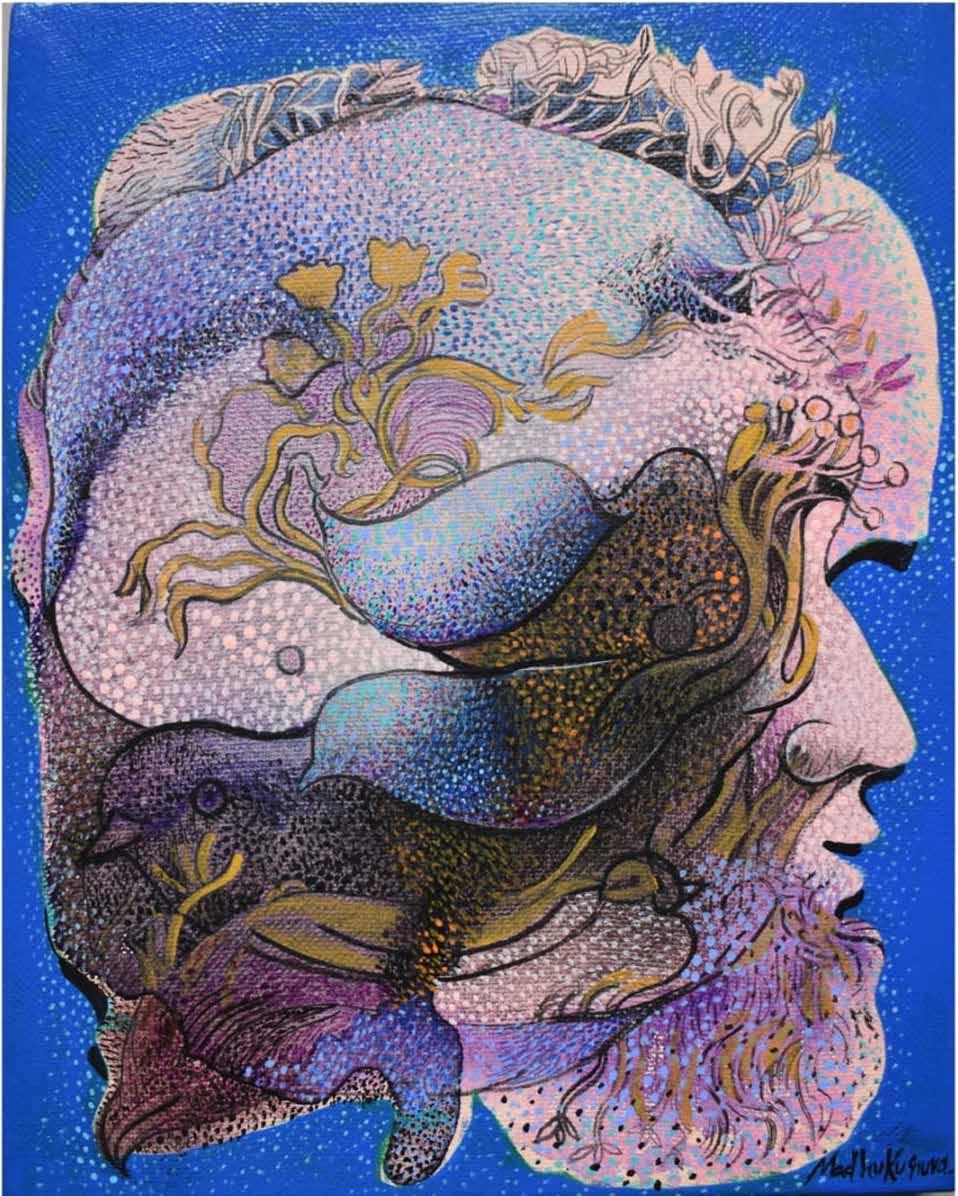
42 Untitled

43
Untitled
SHOBA SHARAD RAJGOPAL
Maestro of Tamil cinema Mani Ratnam’s eagerly awaited period drama ‘Ponniyin Selvan I” has finally hit the theatres, not just across India where it is simultaneously dubbed in numerous Indian languages, but also in the diaspora. It was a treat to watch it in a theatre in the U.S. surrounded by fellow desis, predominantly from Southern India, who greeted their favourite characters with cheers and whistles, much as they do in their homeland.
Based on Ramaswamy Krishnamurthy aka “Kalki” Krishnamurthy’s novel of the same name, chronicling the rise of the Chola dynasty, it is set in the 10th century in the historical period of Emperor Raja, Raja Cholan. The Emperors of the Chola dynasty are credited with expanding the reach of the empire beyond the shores of India to distant realms such as Southeast Asia. I recall visiting Vietnam as part of the press corps that accompanied the former President of India, Dr. K.R. Naryananan and being astonished to see many statues of Hindu deities preserved in their museums. Likewise, the vast temples of Cambodia such as Angkor Wat, dating back to the 12th century, originally constructed as a temple dedicated to the deity Vishnu by King Suryavarman II. But how did these Emperors spread their faith on these distant shores? We do not learn in much of our schools even back home in India that some of the kingdoms of Southern India such as the Cholas, were mighty maritime powers with not just armies but also navies that set sail to distant lands. Nor did we learn that the Chola
fleet represented the zenith of ancient Indian sea power allowing them to go as far as Malaysia and the islands of Indonesia in their conquests. The Cholas were great builders too and have left us some of the most beautiful examples of early Dravidian temple architecture. The Chola dynasty began declining by the 13th century due to the resurgence of the Pandyas.
Kalki’s novel describes the political and social setting of that era and is based on a number of real-life incidents and characters from the Chola Dynasty, along with characters from the author’s vivid imagination. Hailed as the pioneer of Tamil contemporary literature, Kalki Krishnamurthy was a renowned poet, writer, and journalist with over 100 short stories, 5 novels and other literary works to his credit. His magnum opus ‘Ponniyin Selvan’ remains one of the most iconic pieces in Tamil literature. This novel was published in a serialized format in the Tamil magazine named Kalki. The serial went on for over five years from 29th October 1950 to 16th May 1954. Its enduring popularity is due as much to the author’s ability to recreate characters from a bygone era as it is to the continuing relevance in India of political dramas with Machiavellian intrigues as factions attempt to take down the governments of kingdoms.
The staging in Ratnam’s film is realistic, without the bombast and melodrama of more recent films like “RRR” or Rajamouli’s “Baahubali.” The songs too are more realistic, focusing on village life, rather than on the charisma of the

44
Elevates the Mighty Chola Empire to its Rightful Place in Indian History
Mani Ratnam’s magnificent
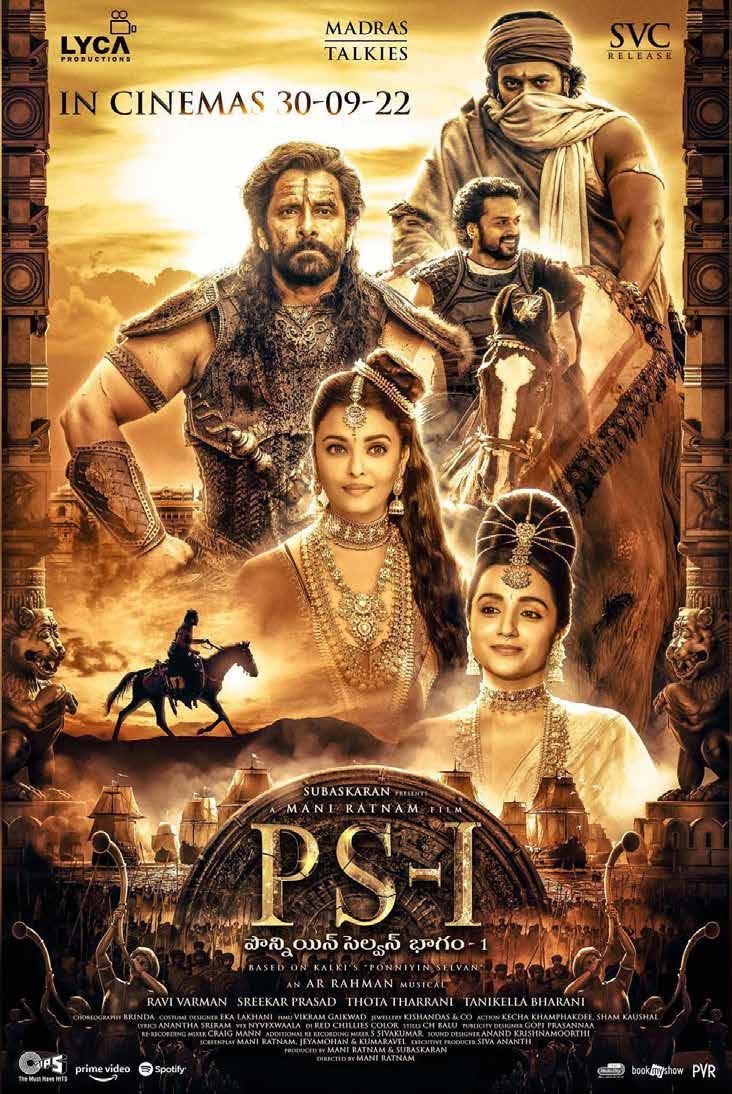
45

46
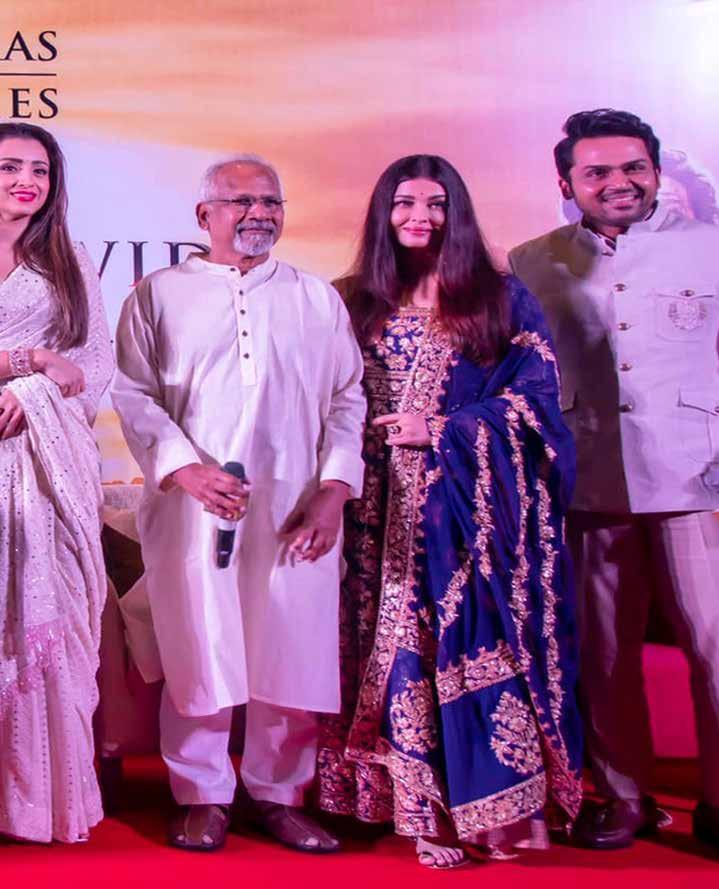
47

48
Aishwarya Rai Bachchan
main actors.
The staging in Ratnam’s film is realistic, without the bombast and melodrama of more recent films like “RRR” or Rajamouli’s “Baahubali.” The songs too are more realistic, focusing on village life, rather than on the charisma of the main actors. So, it is interesting to see that the film has already drawn crowds in less than a month since its release on September 30th. Unlike the directors of those box office hits, Mani Ratnam does not need to rely on stunning visual effects to ensnare the crowds. Instead, he throws his net to capture the attention of both the cognoscenti, well versed in the original epic novel, as well as the masses, people with little awareness of history or literature, let alone that of remote Southern Indian kingdoms. The main music score is the creation of maestro A.R. Rahman, adding to the grandeur of the setting.
The film has a mega star cast, including Vikram, Aishwarya Rai Bachchan, Prakash Raj, Trisha Krishnan, Jayam Rav, Karthi, Sobhita Dhulipala and Aishwarya Lekshmi. It also marks Aishwarya Rai Bachchan’s comeback to the big screen in a dual role, both as the scheming Mata Hari-like character Nandini and as a mysterious older woman who appears at critical moments to save the Chola prince. The main characters, the ailing Emperor Sundar Chola (Prakash Raj) and his three offspring, Crown Prince Aditha Karikalan (Chiyaan Vikram), his younger brother Arulmozhi Varman (Jayam Ravi) and sister Kundhavai (Trisha Krishnan), are all painted in realistic shades, without the bombast and melodrama I had half expected, after the recent historical dramas I had viewed.
I would go so far as to say there are no real heroes or heroines in the film as all the characters are depicted with both heroic and terrible qualities, much as in the Iliad or the Mahabharata. The crown prince himself is represented as a man whose unrequited passion has turned him into a violent warrior who buries his grief over his lost love by throwing himself into waging endless battles. His younger brother, the reluctant prince
Arulmozhi Varman would go on to become the famous Chola emperor Rajaraja Chola I. (947 CE – 1014 CE). The only character who is depicted in a more playful light is the spy Vanthiyathevan (Karthi Sivakumar) who is described by the producers as “The Prince without a kingdom, the spy, the swashbuckling adventurer.” Needless to say, he was my favorite, with his hilarious antics and lighthearted banter reminiscent of the young D’Artagnan of Alexandre Dumas père.
The main theme of the film is one of mystery, as the Chola empire even as it has attained great military successes, is in grave danger as a group of powerful chieftains are involved in a conspiracy to take down the aged Emperor and place his nephew Madurantaka (Rahman) on the Chola throne. At the center of the conspiracy are the scheming finance minister Periya Pazhuvettaraiyar (Sharath Kumar) and his wife, the aforesaid Lady Nandini who in particular holds a personal grudge against her former lover, Crown Prince Aditha Karikalan.
The Women of the Epic
Interestingly, both in the novel and the film, women are not mere love interests playing second fiddle to the male protagonists. Let me start with the depiction of Lady Nandini, the self-willed femme fatale who uses her beauty to ensnare the minds of the men who encounter her. In mainstream Indian films, such duplicitous women are usually either killed or tamed by the hero in the end, as per the Manusmriti-inspired depiction of women as temptresses who need to be constantly kept under control by the men in their lives. Lady Nandini, on the contrary, incites a scandal by marrying the sexagenarian Chancellor Treasurer Periya Pazhuvettaraiyar even as she continues to harbor a passion for the crown prince Aditha Karikalan.
Next, we have Princess Kundavi of the Chola kingdom. Her father, the aged Emperor is bedridden while her two brothers are preoccupied with their personal lives. Hence the intrepid princess takes up the responsibility
49
of navigating the kingdom through dangerous times. She is perceived by the citizens of her kingdom as a benefactor who uses her wealth to build hospitals and care for the poor all over the kingdom.
But it is not only aristocratic women who play a key role in the saga. The lissome boatwoman Poonguzhali is the epitome of a fiercely independent woman braving the high tides of the mighty ocean as she rows her craft to Lanka and back. She is depicted as a feisty woman who is not bound by the rules of the mortal world. Finally, the elusive deaf and mute Mandakini Devi is the aunt of Poonguzhali and lives on her own, far from civilization.
The film has also created a huge debate in social media over the North-South tensions, with many from the South and particularly the state of Tamil Nadu castigating their compatriots from the North for little awareness of the might and range of the Chola kingdom which had stretched across present-day Tamil Nadu, Kerala, as well as parts of Andhra Pradesh and Karnataka. It has even ignited a furore between the Shaivites and the Vaishnavites with cultural theorists contending that, back in the era of the Cholas, they did not use the term “Hindu” to denote a common religious identity but considered themselves to belong to very different faiths.
Regional political parties, too, have leaped into the fracas to claim that the Chola rulers were devotees of Shiva and did not see themselves as Hindu, as that term came much later, an issue that has been vigorously contested by the central government which attempts to represent all these factions under the broader umbrella of Sanatana Dharma. Factions from both the left and the right of the political spectrum have accused the director of supporting specific agendas. Mani Ratnam is not only facing an ideological battle here but also a legal one as a petition has even been filed in the Madras High Court challenging his depiction of the Chola empire.
Observing all these debates with keen interest, I
recalled my own school days where indeed the focus was far more on the mighty kingdoms of Northern India, the Guptas, the Mauryas, the Mughals and the British, with some attention given to Vikramaditya, among others. But the mighty Southern Kingdoms of the Cholas, the Cheras and the Pandyas did not receive as much attention by any means. But India is a huge country and the education system is vastly different from state to state, and schools like the Kendriya Vidyalaya and others that follow the NCERT syllabus tend to cover more ground than in the regional schools. The film will no doubt play an important role in getting more attention paid to the history of Southern India and its myriad cultures, and that can only be applauded once the dust settles. Be that as it may, the Cholas have arrived in the pan-Indian psyche.
Dr. Shoba Sharad Rajgopal is a Professor of International Feminist Studies at Westfield State University in Massachusetts, where she teaches in the Department of Ethnic & Gender Studies. Her doctorate is in Media Studies from the University of Colorado, Boulder. Before she arrived in the United States, she worked as a News Correspondent for the Indian TV networks based in Mumbai, India, and has also done in-depth news reports for CNN International. Her journalistic work focused on the struggles of women and indigenous people in postcolonial nation-states. Her work has been published widely, in academic journals as well as in newspapers and feminist magazines such as Ms. in the U.S.
This article was first published in American Kahani October 2022
50

51
Trisha Krishnan
letter from down under letter from down under
Rebecca Haque
Waking up at eight O' clock on Wednesday morning on the ninth of February in Melbourne in my new physical condition as a miraculously, medically stapled sojourner, an 'accidental Melburnian', so to speak, led by chance and a little bit of personal choice out of the pandemiccovedic-omicronic labyrinth to the safety of my loving daughter's lovely home in Strathmore, I felt the fresh easterly breeze ride the crest of a golden sunburst to inundate my senses with the shy valentine kiss of summer.
I switched on the television a short while later, and immediately heard the anchor women on Channel 10 News announcing the names of nominees for the Oscar Awards 2021. Nicole Kidman, Penelope Cruz and hunk-hubby terrific actor Javier Bardem -- " this is the sixth married pair to be nominated in the same year ", added one of the anchors. And, as was expected, Olivia Colman as Leda in Elena Ferrante's "The Lost Daughter".
In the last few days of December 2021, in Dhaka, after packing, and after running back and forth from pre-flight Covid-19 testing and getting the results and other mandatory official documents, I put my feet up and immersed myself in the movie "The Lost Daughter" on Netflix. In the half-light on-screen glow, with the first scenes, the name 'Leda', subliminally, incredibly, swept me back to my early twenties and to my graduate year in Dhaka. It rushed me back to W.B.Yeats and to the Aegean Sea and to Cassandra and
Antigone and the tragedy of the toppled towers of Ilium.
In Dec 1978, for my Master's Final 4-hour Exam on the Course titled 'Twentieth-Century British Fiction & Poetry', I memorized thirty poems written by Wiliam Butler Yeats, out of the fifty I had closely studied and analyzed and dissected critically. I had decided that no difficult or weird question was going to defeat me as long as I knew the major poems of one of my favourite poets by heart. Memorizing was easy. Such powerful imagery and rhythm and emotion and thought. Each word was a picture, each poem was a movie in my head.
Yeats, along with the Victorian Robert Browning, whose volume of dramatic monologues "Men and Women" (dedicated to " E.B. B. ... who bore fruit and flowers" in his life: "Love, these are my fifty men and women") and the complete works of The Bard (who had been with me since my precocious five-year old self via the ubiquitous Lambs' Tales), set me surely on my mature path towards concentration in psychoanalytic criticism.
But, I am digressing, and perhaps, bragging a little. A noteworthy, notoriously partisan female ex- colleague in the English Department at University of Dhaka with dubious expertise in ELT / IELS TESTING will certainly think so. Four years my junior, while carrying out a covert smear campaign against me, she would screech
52

53
Cassandra, Frederick Sandys (1829–1904), Ulster Museum, Photo credit: National Museums Northern Ireland
publicly after every lauded published piece, " But you are so creative, it is so easy for you". She made it sound like a slur.
Let me get back to my Leda story. Leda, in the 2021 movie -- the name, not Colman or the Ferrante character she portrays -spontaneously triggered my brain into flashback mode to rewind the reel of recall. Handwritten pages in the half-inch thick stapled University of Dhaka answer script oozed ink behind my retina. I clearly saw the concluding two A4 white pages of the Yeats answer filled with my cursive penmanship in approximately twenty-five straight lines on each page, interspersed with stanzas within quotation marks, with the title in parenthesis at the bottom of the quoted verse, to support my discussion on 'Yeats and Old Age' -- from "Sailing to Byzantium", "Sato's Sword", "The Second Coming", "The Circus Animals' Desertion", among other quotations from a few more relevant and significant poems. But, with almost a page- and-a- half of analysis of "Leda and the Swan".
"A sudden blow: the great wings beating still/ Above the staggering girl". This is the singular, violent tale of rape from Hellenic myth which is for me the most important image in Yeatsian iconography. It is imprinted in my consciousness, and floats in my dreams, providing psychic subconscious self- therapy to heal from the pain I feel for the raped women of Bangladesh, my 'Birongona' sisters of 1971.
For me, today, Yeats' Leda is the most potent symbol of the cosmic tragicomedy of female destiny and agency: "So mastered by the brute blood of the air, /Did she put on his knowledge with his power/ Before the indifferent beak could let her drop?".
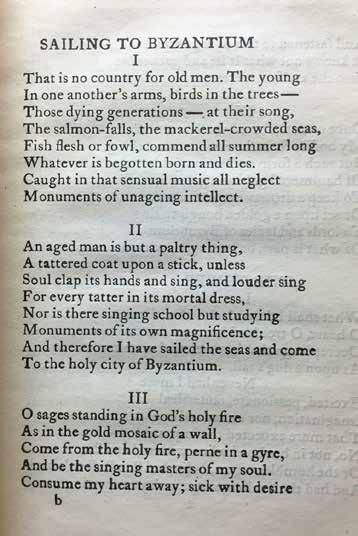
Rebecca Haque is currently Adjunct Professor of Creative Writing at Notre Dame University Bangladesh (NDUB). She was Chairperson of Dept. of English, University of Dhaka from 2009 to 2012, and is a founding member of the Bangladesh Association
for American Studies ( BAAS). She is a Poet, Writer, Translator, Editor, and Essayist, affiliated with the New York Writers Workshop (NYWW) and the Asia- Pacific Translators & Writers Association ( APWT). Her published books are ‘Commencement Poems and Occasional Essays’( 2003, rept. 2009), ‘ Women, Gender, and Literature’ ( 2003), and [CoEdited] ‘ Tennyson: A Centenary Tribute ( Univ. of Dhaka: 2007). “ Different”, Rebecca Haque’s English translation of Nasreen Jahan’s Bangla short story, first published in ‘Galpa: Short Stories from Women of Bangladesh’ ( Saqi: London, 2005) has been anthologised in “Under the Krishnachura: Fifty Years of Bangladeshi Writing”.
54
Yeats’ “Sailing to Byzantium,” from October Blast (Cuala Press, 1927). ZSR Library Special Collections.
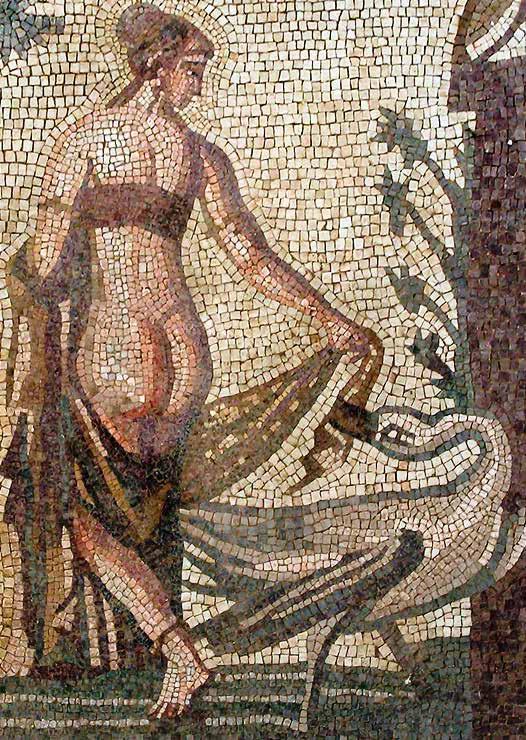
55
Mosaic depicting Leda and the Swan from the Sanctuary of Aphrodite, Palea Paphos; now in the Cyprus Museum, Nicosia
Sin Kah Leong
I am a self-taught artist. My artistic journey started five years ago. I seek refuge in art as a safe sanctuary to park my emotions and harmonise dis-balance residing within my mental state. The artworks, through many forms or mediums manifest themselves as outcomes of a self-healing journey.
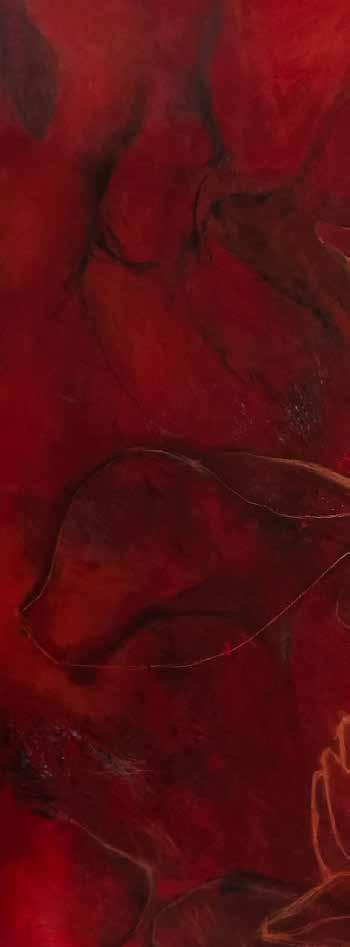
Two major empowerments set the scene behind every art piece created, they are humility and freedom of mind.
Taking a Dive into the Mud, Lotus Would Boom, even in the dark – In the wake of adversity, many of us often descends into turbulent, self-conflicting and unsettling state of mind. Through times, I've learnt the importance of humility and detachment. There, you will find the serenity within as you stay true to yourself, the integrity standing above the muddy water, as it is depicted in Mandarin 莲花出 淤泥而不染,在水中宁立.
Year 2013 was the year I lost my brother to the complication of his Schizophrenic condition. My brother heard voices and his hallucinations constantly disturbing him, day and night. There lies our ignorance bliss of our sound mind often taken for granted. His passing left a significant impact on self-enlightenment, on life and death, living and surviving. This marked the beginning of the journey to look within myself, to seek and to embrace humility in life. His departure remains the constant driving force throughout the art journey. Instinctively, there is an innate force to inspire others to delve into our own state of mind, through art form (In my case, it would be through visual and sound).
56
(冼家量)
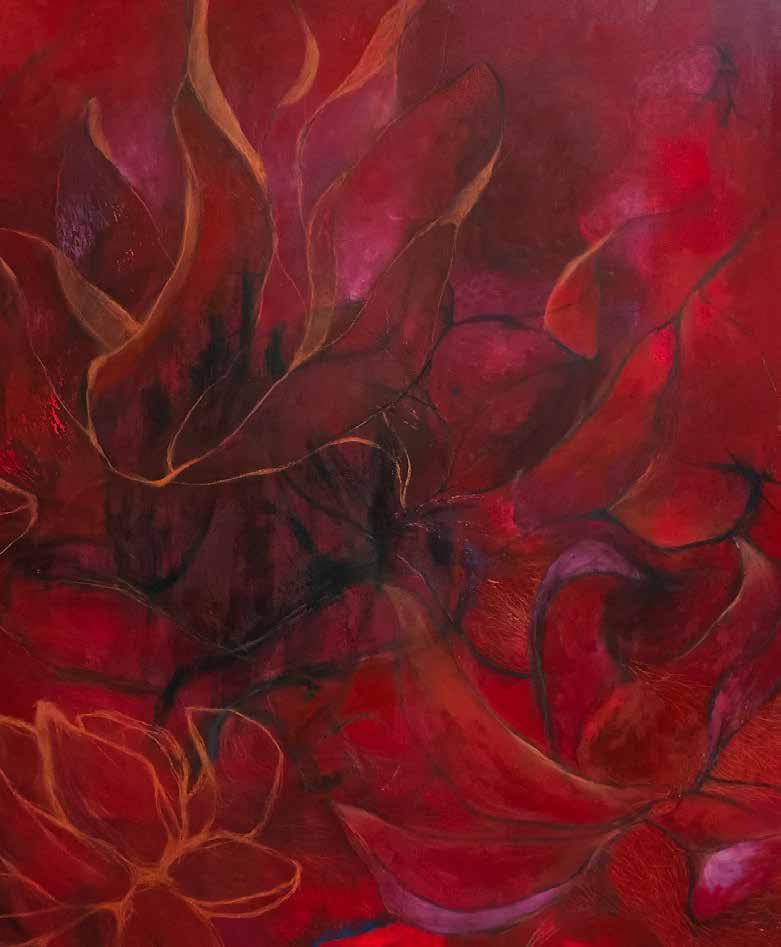
57
Taking a Dive into the Mud, Lotus Would Bloom
Seeing Through the Cracks – Flowers to bloom through the ashes of the crushed concrete.

“Seeing Through the Cracks”. Diameters: 1,000mm Medium: Crushed concrete and other mixed media on wood backing
Year 2017 was the year I lost my job, ending a 12-year journey in the pursuance of the shallow corporate achievement. The tower has finally collapsed. It was this destructive force that helps breaking the new dawn of me venturing into the soul-searching journey through art. This phenomenon of impermanence sets my art journey into its course, turning the perceived sufferings into the rhythms of an artful form, through variation of art mediums. I can see the flowers bloom eventually.
Like many artists, the power of destruction and creation are key to give soul to the art that I am creating. While the art form might take a long time to reach an “ending” (sometimes years in my case), this process of purging and emerging grow alongside with my mental journey. As a human being, it is quite enlightening to be able to experience it spiritually through art creation. The art form itself is moving together with the motion of time, impermanent and fluid.
58
Freedom of Mind – Freedom is a state of mind.
Sin Kah Leong (冼家量)

59
Seeing Through the Cracks
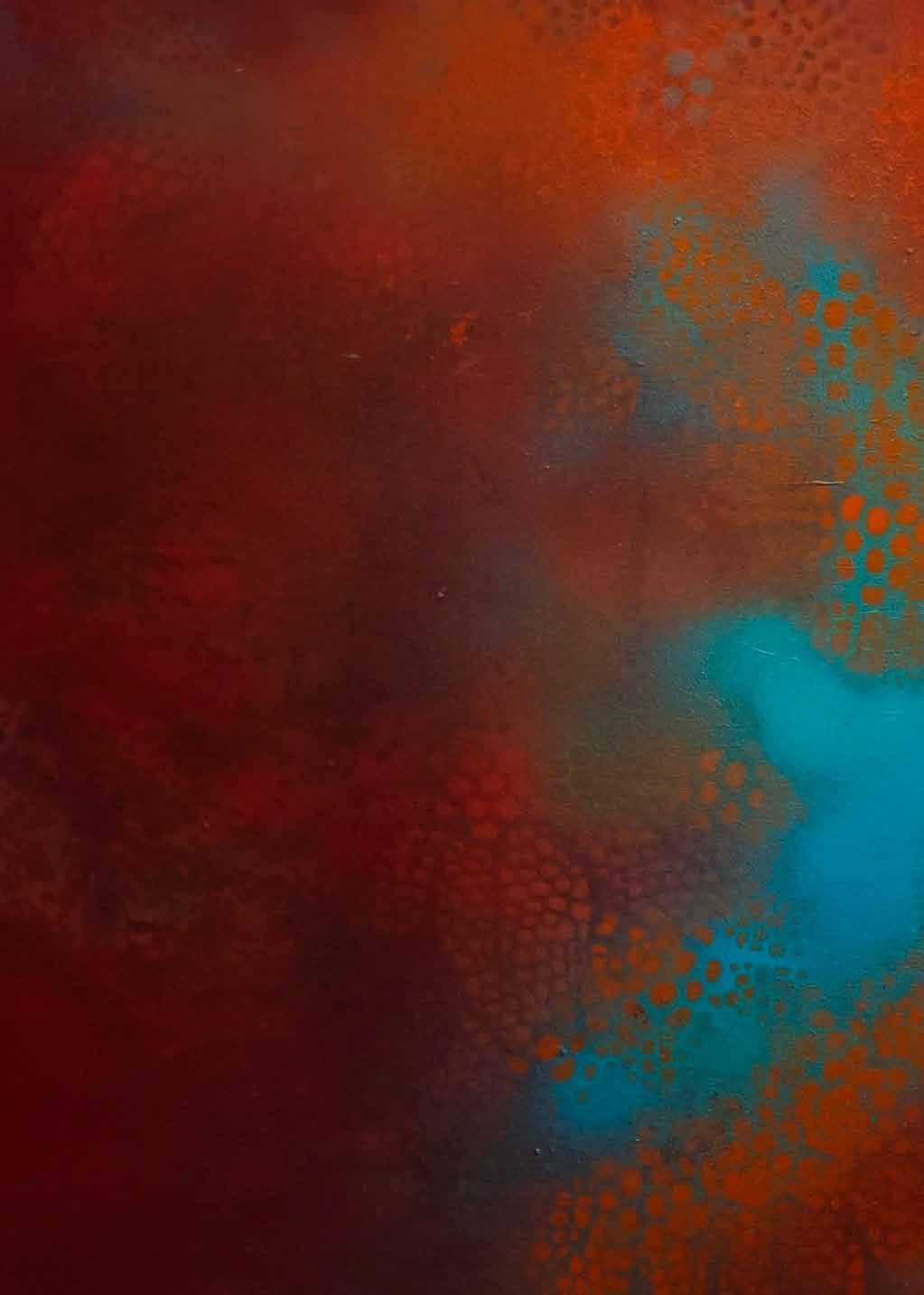
60

61 Be water
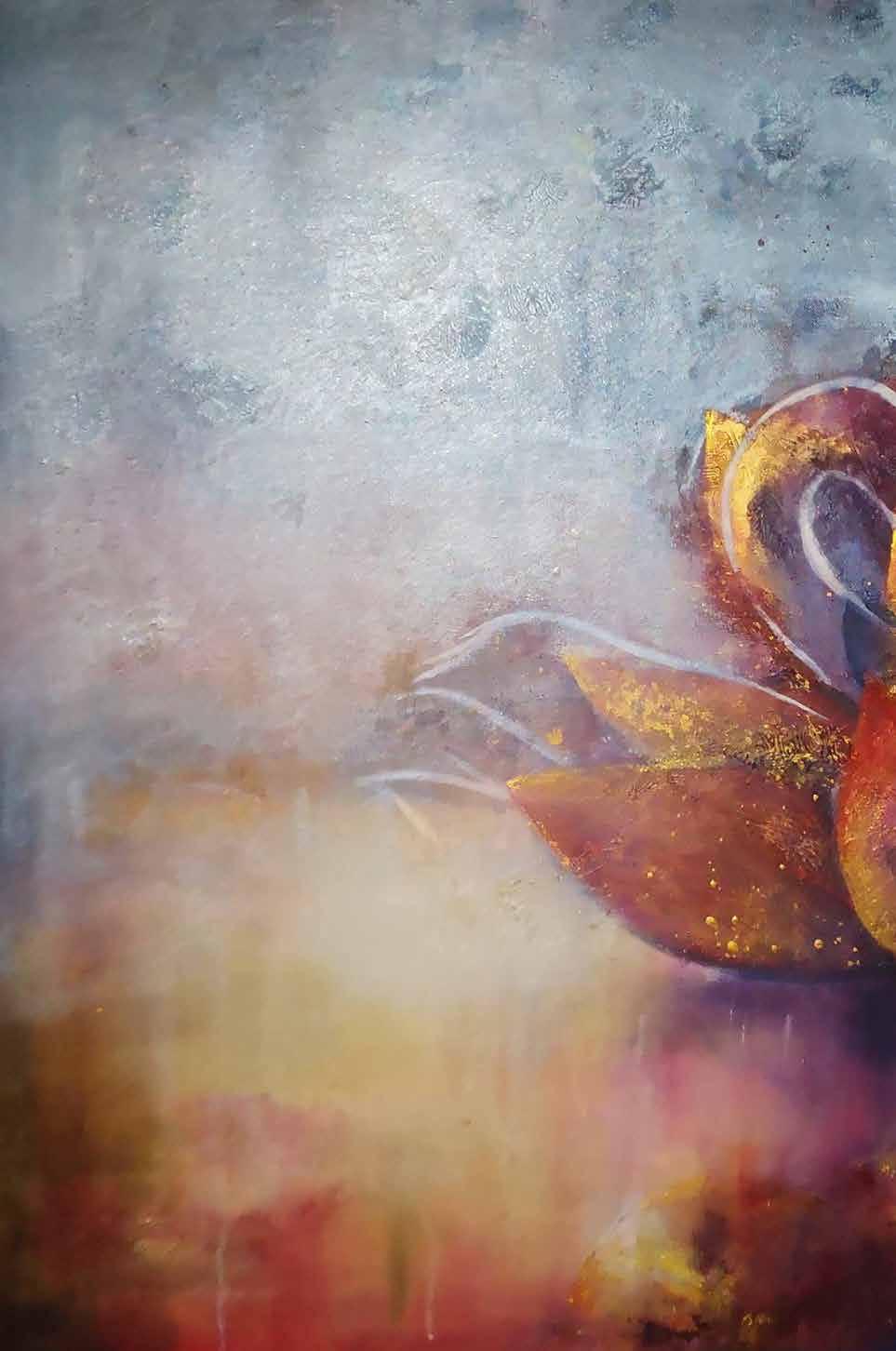
62 Lotus dance
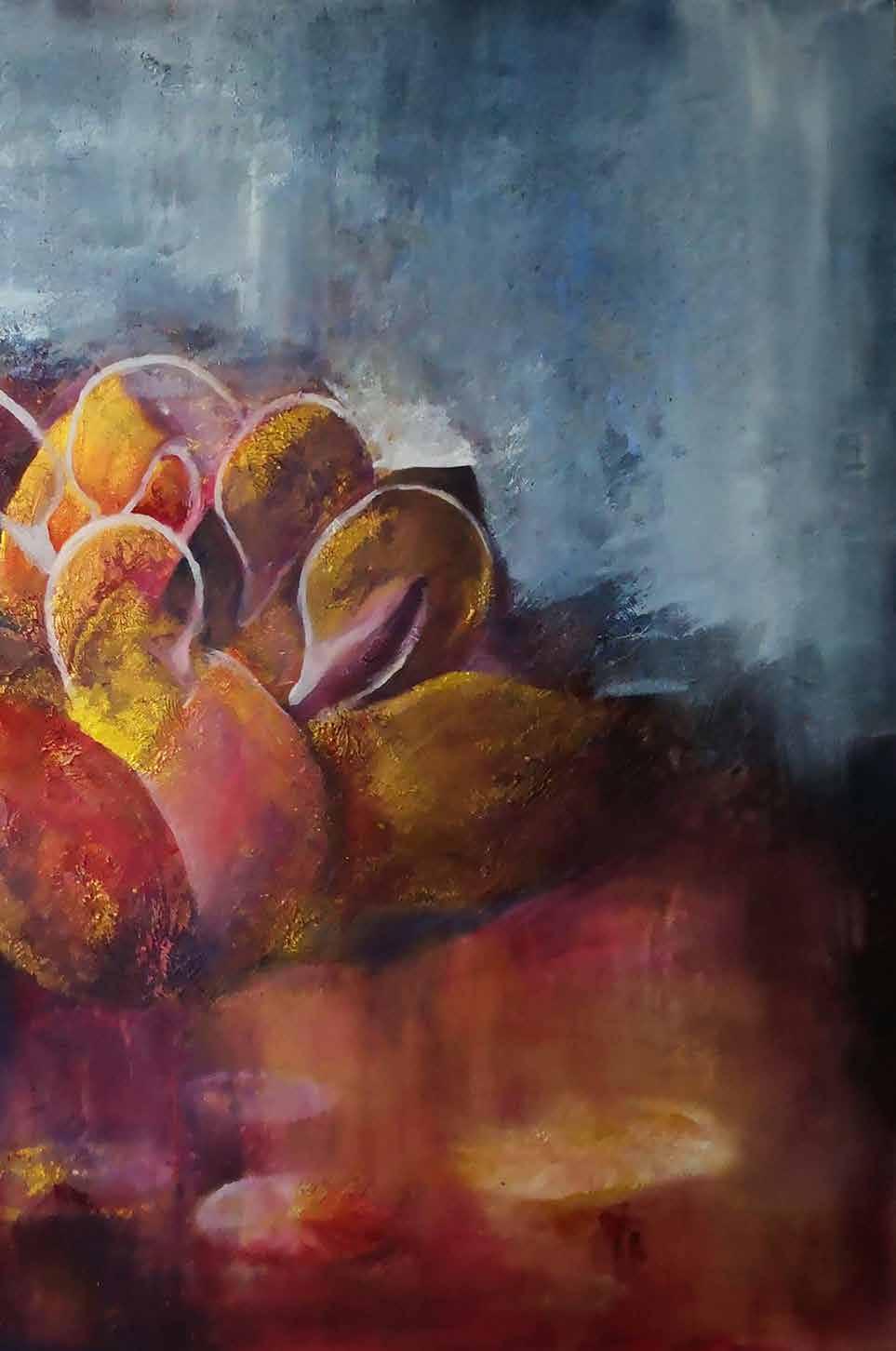
63
8th AutumnIndo-Czech ‘ExperienceFestival Prague
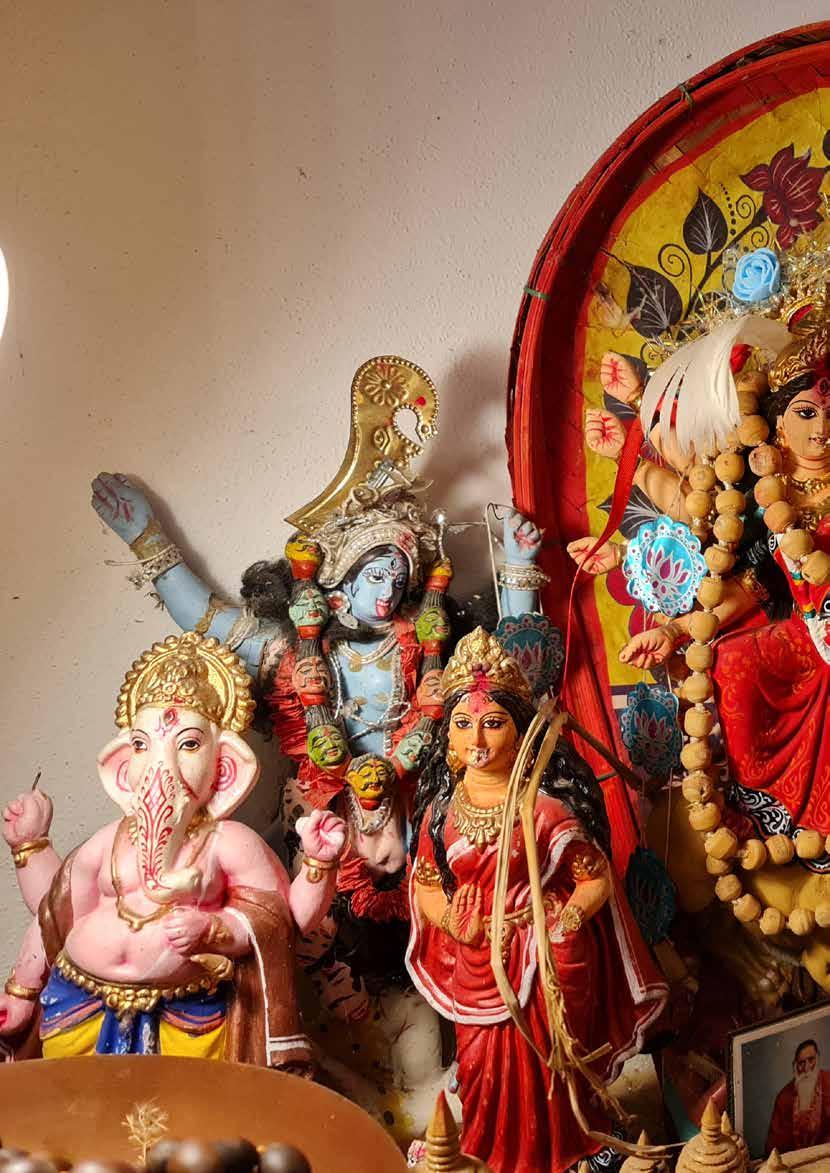
Indo-Czech Festival & ‘ExperiencePragueIndia’

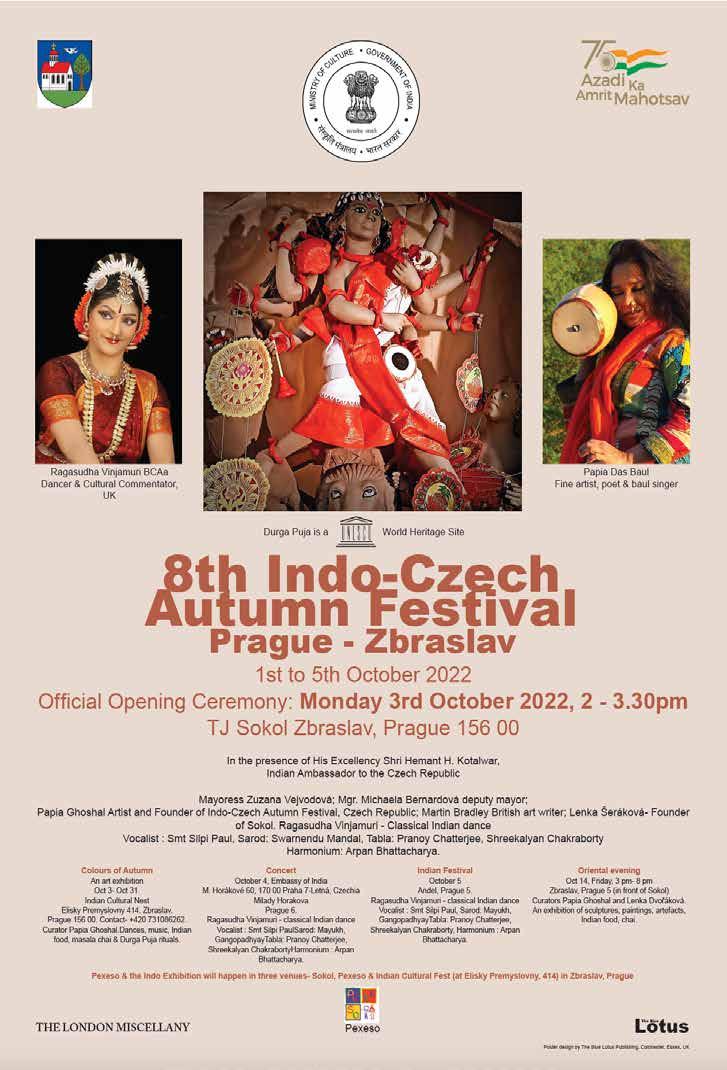
66
Prague’s annual Indo-Czech Festival
The Durga Puja was held again in Prague this year (2022). The main puja was within Papia Ghoshal’s ‘Gallery’ (part of her atelier/ Ankara) uphill from the main town, while other venues (such as TJ Sokol) accommodated an art exhibition, a smaller Durga altar, puja and Indian cultural performances.
For those two weeks (in Prague) I was guided into the preparations for the Indian ritual of Durga Puja.
The Hindustan Times suggests that “ This festival is about women’s empowerment, whereby a form of the Mother Goddess, Shakti, incarnates as goddess Durga inculcating the purest power of all the gods to kill the asura (demon) named Mahishasur. While all of this is mythological lore, it also has deep symbolic significance in recent times and will always be relevant,” Essentially the Durga Puja is a celebration of the female through Hindu Goddess Durga and relates to female energy (Shakti).
Through Papia Ghoshal I was welcomed into the vanguard of those preparations. I met the
film makers, composers, singers, musicians, and dancers who orbit her. I was also honoured to, very briefly, meet His Excellency Shri Hemant H. Kotalwar (India’s Ambassador to the Czech Republic) Zbraslav’s Mayor (Ing. Zuzana Vejvodová) and Deputy Mayor (Mgr. Michaela Bernardová)
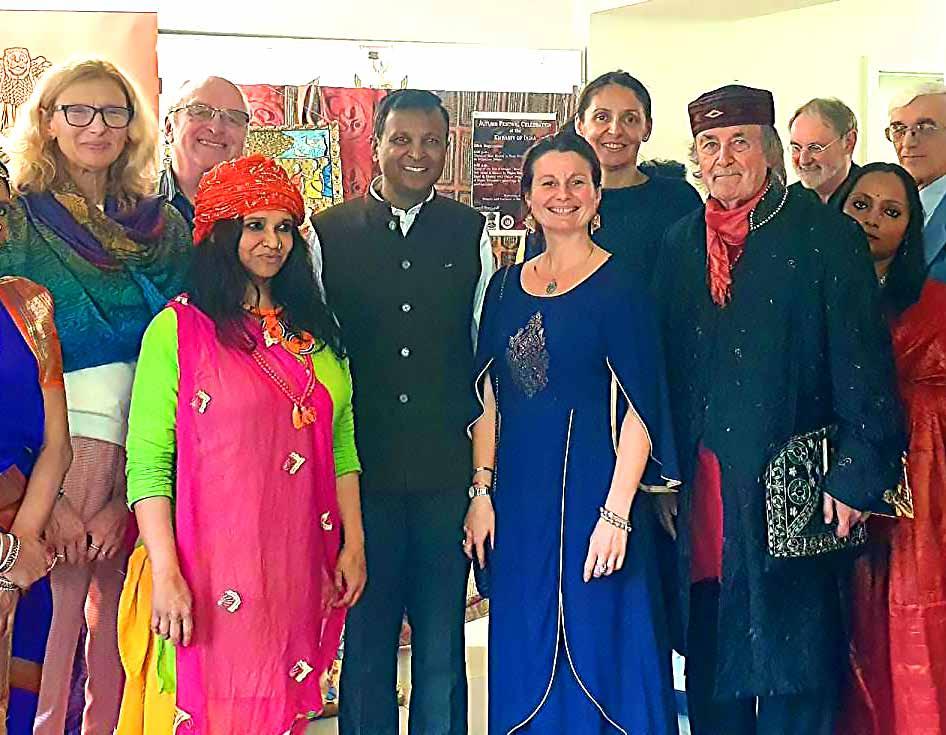
I am apprised that there is a long tradition of erudite Czech Indology. In one article (‘Czechoslovakia and India through the archives’, 2016) Radio Prague International reminded me that…
“The father of Indian studies in Prague was Vincenc Lesný, who, in the first half of the twentieth century, built up the study of Indian languages at the Charles University, along with Moriz Winternitz from Prague’s German University. Lesný and Winternitz were invited to India to lecture at the Visva Bharati University that had been set up by the great Bengali poet Rabindranath Tagore. Lesný was also responsible for two visits that Tagore paid to Prague in the 1920s.” Subsequently a bust of the Nobel laureate Rabindranath Tagore was created by the
67
His Excellency Shri Hemant H. Kotalwar (India’s Ambassador to the Czech Republic) Zbraslav’s Mayor (Ing. Zuzana Vejvodová) and Deputy Mayor (Mgr. Michaela Bernardová) and others at TJ Sokol Zbraslav
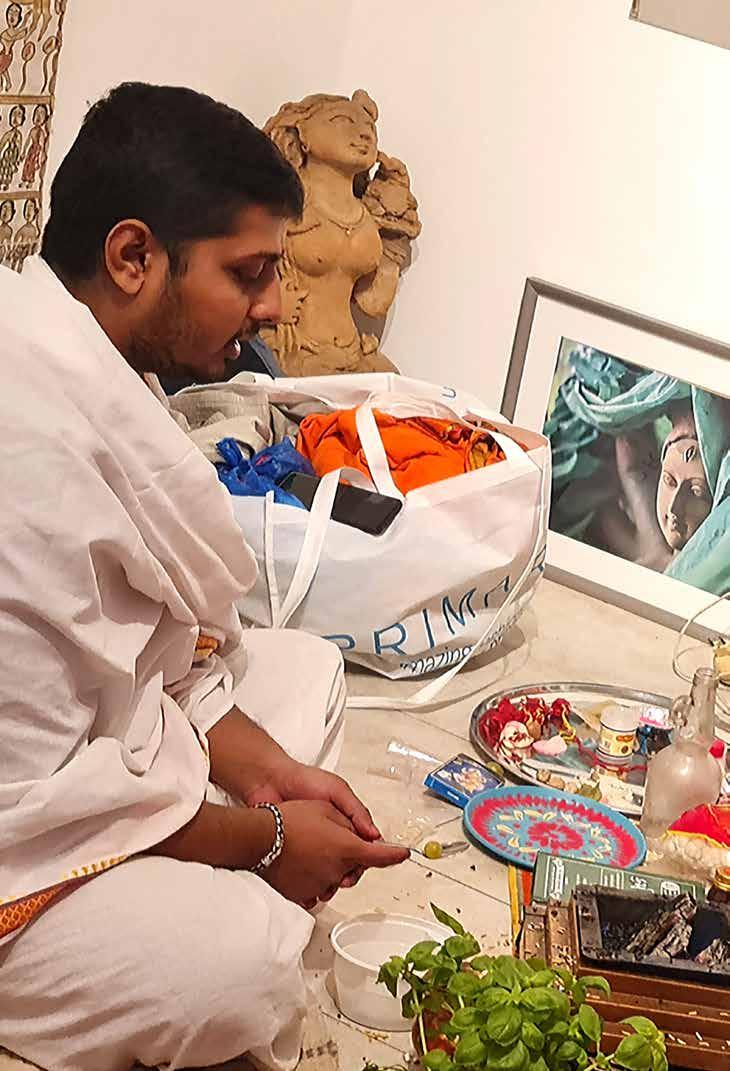
68
Durga Puja at Papia Ghoshal’s Gallery, Zbraslav
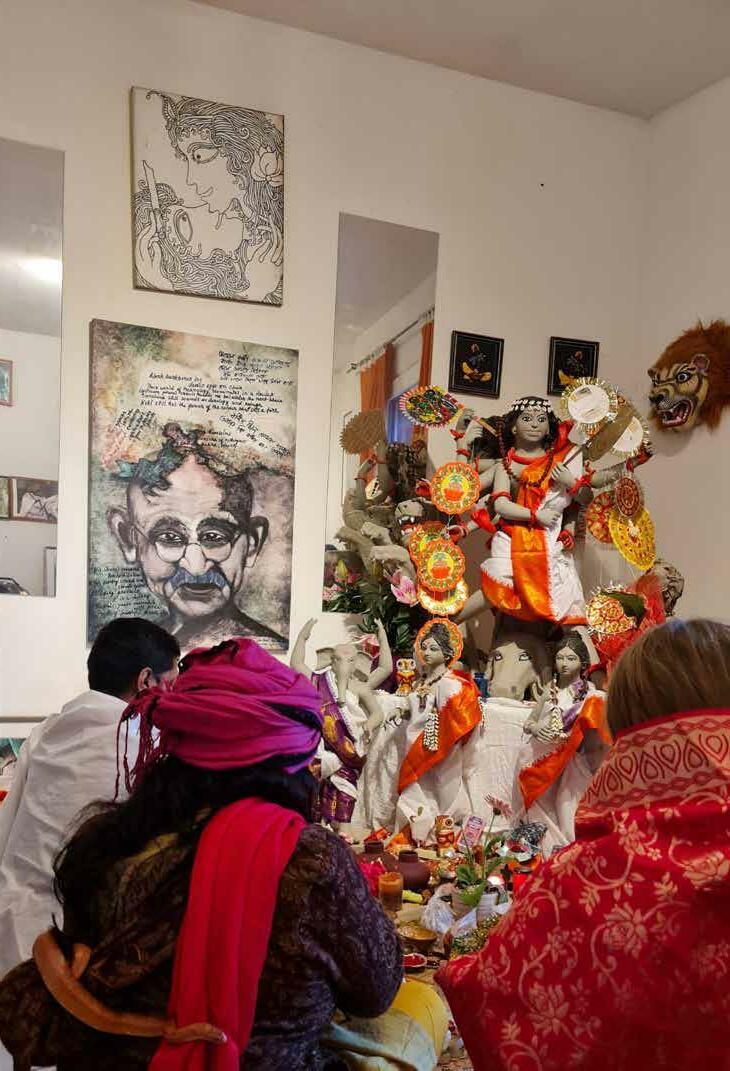
69
contemporary Indian sculptor Gautam Pal, and erected to adorn the Thakurova area of Prague (zone 6).
In the early twentieth century (1920 in fact), a Czechoslovak Consulate had been established in Bombay, then another in Calcutta. Over more recent years Czechoslovakia’s (now the Czech Republic’s) Indian diaspora has continued to grow. The 8th Indo-Czech festival 2022 (organised by artist and Prague resident Papia Ghoshal), had purposely coincided with celebrations of the Hindu goddess ‘Durga’ (fondly called Maa Durga) and the ‘Durga Puja’ (the act of prayer).
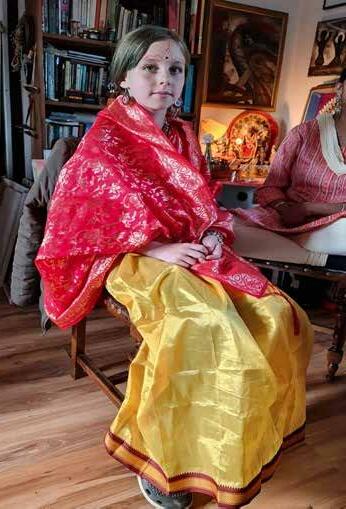
The Hindu ritual of ‘Durga Puja’ is a celebration of the Goddess Durga/Shakti (relating to female energy and celebrating the victory of the goddess Durga over the demon king Mahishasura who had threatened the realm of the gods). The internet informs that “…the event is held during the month of Ashwin in the Indian calendar, which correlates to September–October in the Gregorian calendar. Durga Puja is really a tenday celebration, with the last five days being the most important. The puja is done in both private and public settings, the latter of which includes a temporary stage with structural embellishments (known as pandals)”.

70
1. Zbraslav

Papia Ghoshal’s Indo-Czech Festival arrangements (in Prague's Zbraslav) had progressed. One Indian Classical dancer (Rajasudha Vinjamuri BCAa), arrived from the UK's Stansted Airport. We briefly spoke about her coming performance at The Ministry of Education's TJ Sokol (the PARKET dance and social Hall) which centred on Goddess Durga, the intricacies of the dance's symbolism and their meanings. We also spoke about some of the 'mudras' (hand gestures) involved in creating her dances and how they are linked to portray 'stories'.
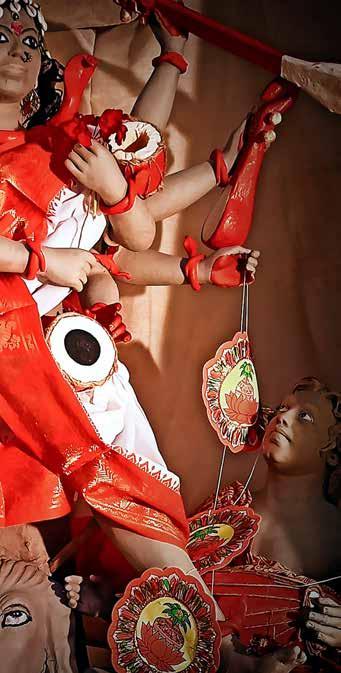
Rajasudha Vinjamuri along with musicians/singers Papia Ghoshal; Shilpi Paul; Pranoy Chatterjee, and Arpan Bhattachary (who, defacto, comprised ‘the troupe’) greeted Shri Hemant H. Kotalwar (India’s Ambassador to the Czech Republic), Ing. Zuzana Vejvodová (Mayor), and Mgr. Michaela Bernardová (Deputy Mayor) to the celebrations.
Ms Ghoshal, who has won many awards for her paintings, film-making, poetry and performances
71
Durga statue created by Papia Ghoshal
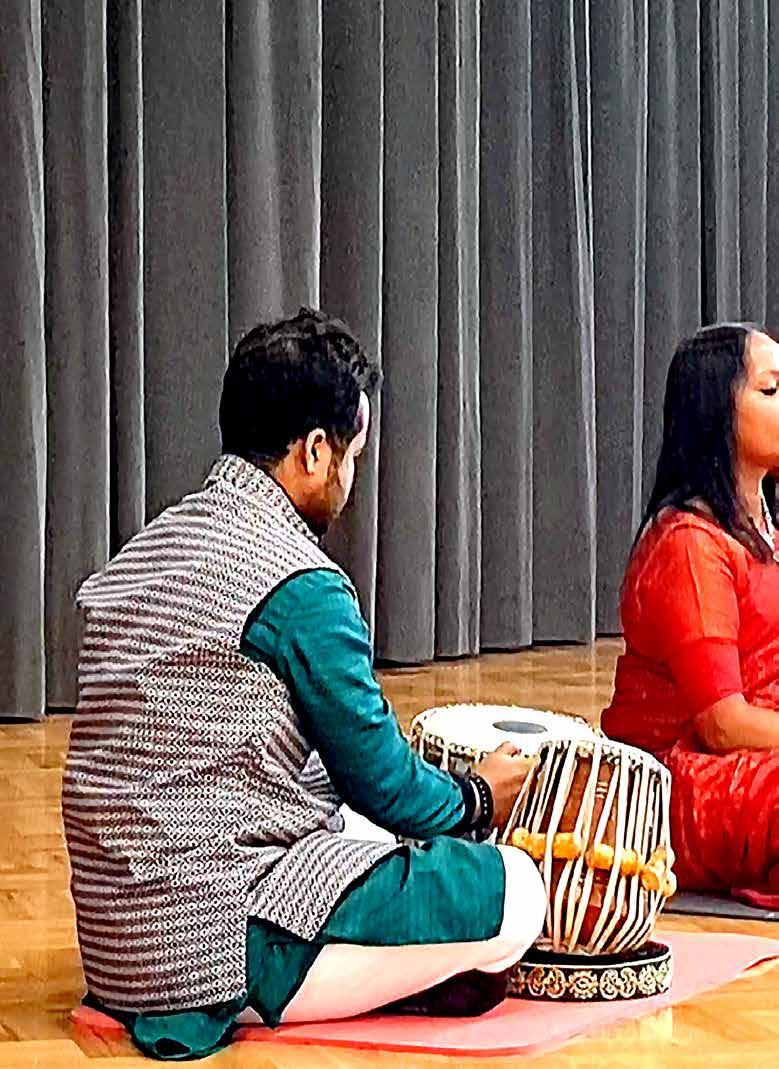
72
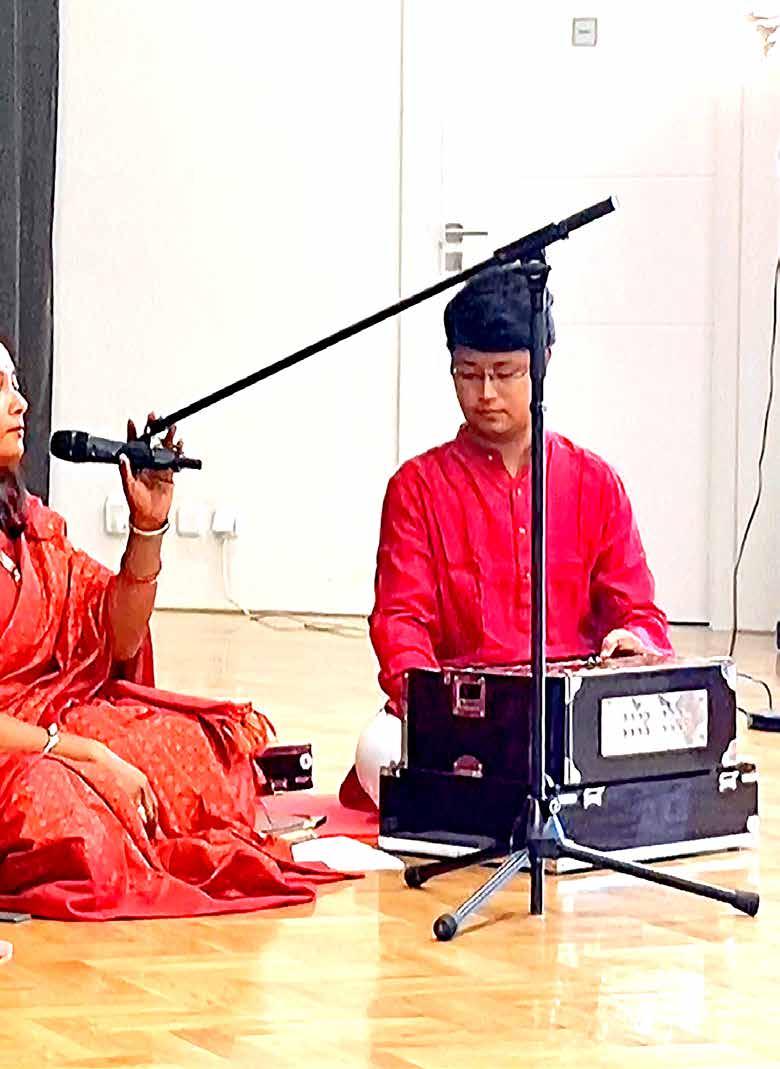
73
Shilpi Paul; Pranoy Chatterjee, and Arpan Bhattachary
had been responsible for that Indo-Czech Autumn Festival for the past eight years. In an interview, she explained that she had started the celebration (which became the Indo-Czech Autumn Festival, where the Durga Puja is the main highlight), in 2015. At that time there was no discernible Bengali Indian community for such a puja in the Czech Republic
Papia Ghoshal had previously been commissioned by two Puja committees in Kolkata, twice. Once in 2001 and again in 2003, to create Durga sculptures. This was at a time when Ms Ghoshal was still going back and forth to London and Kolkata, six months at a time. Then, as there was no way that she was able to take sculptures over from Kolkata (to Prague), she had made a small Durga statue (Durga Murti Sthapna, establishing a Sarbojanin idol for Durga Puja, made of Ganges clay) in Prague. Over the years, Ms Ghoshal built larger statue formations for the celebration of the Durga Puja.
For Ms Ghoshal, it was an emotional decision to start the Durga Puja Zbraslav, Prague 5. Her guruji (Pandit Baul Samrat Purna Das Baul) had suggested that she initiate a Durga Puja in Prague, as she was then living there. Ms Ghoshal invited Pandit Baul Samrat Purna Das Baul, his son (Bhagavan Das Baul) who is also a Baul singer and musician, his grandson and others to form a Baul group with her expressly for a two city concert called the Guru Shisha Paramparam (or teacher-student tradition). They subsequently performed across Europe, as well as Prague.
In the past few years, the Indo-Czech Autumn Festival had included film festivals as well as the concerts and worship, which have been a large part of that annual event over the eight years of its existence, and Ms Ghoshal’s involvement.
There have been long standing local and international supporters/practitioners of arts who aid that amazing series of events organised by India's Baul singer, performer, dancer, artist and poet Papia Ghoshal, and enabled by the various incarnations of her entourage.
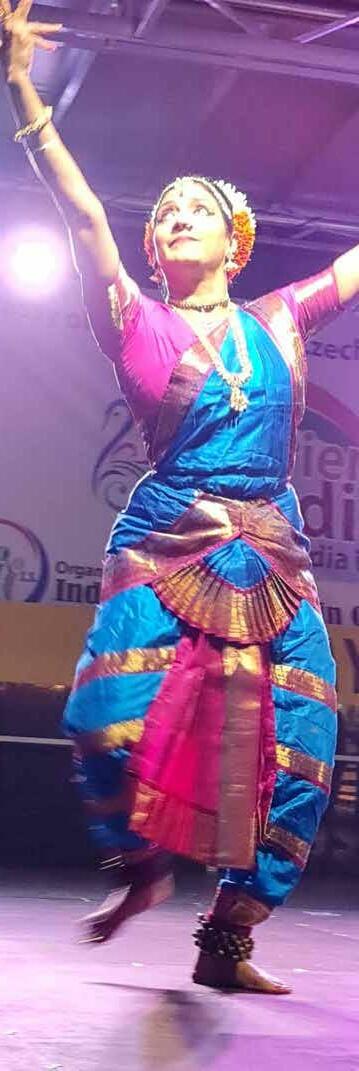
74
Rajasudha Vinjamuri BCAa
That year’s troupe, who had taken part in the Zbradslav celebrations, were also featured in Andel’s ‘Experience India’ (effectively a street festival in ‘Pesi Zona’ or Pedestrian Zone of Andel, Prague.

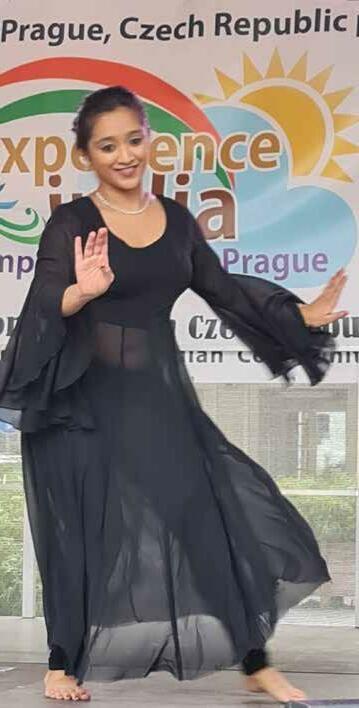
InAndel’s pedestrianised area, myriad stalls selling Indian wares (including the obligatory saris) continued the celebration of India’s seventy-five years of independence, for and with its diaspora.
For me Andel, Prague, had been momentarily and instantaneously transformed into my recollection, not of India, but of the ‘British Melas’ which had their origins in good old Blighty, during the 1980s.
According to current wisdom Mela (n) in Sanskrit means ‘to meet’, to ‘gather’, to ‘blend’. For thirty years Indian fairs (or Melas), have inveigled themselves into mainstream British culture, enlightening those not too familiar with Indian culture outside of the Friday night, postpub Indian (Bangladeshi) curry houses, and delighting those who are familiar and joyous in the sharing.
It was as if a Ryanair’s Boeing 737-800 had become Dr Who’s ‘Tardis’ and whisked me back from the Czech Republic to the British days of yore, with an assortment of Indian cultural celebrations. In the British Indian
75
Ranajit Sengupta (Sarod), Jayanta Sarkar (tabla) Dancer
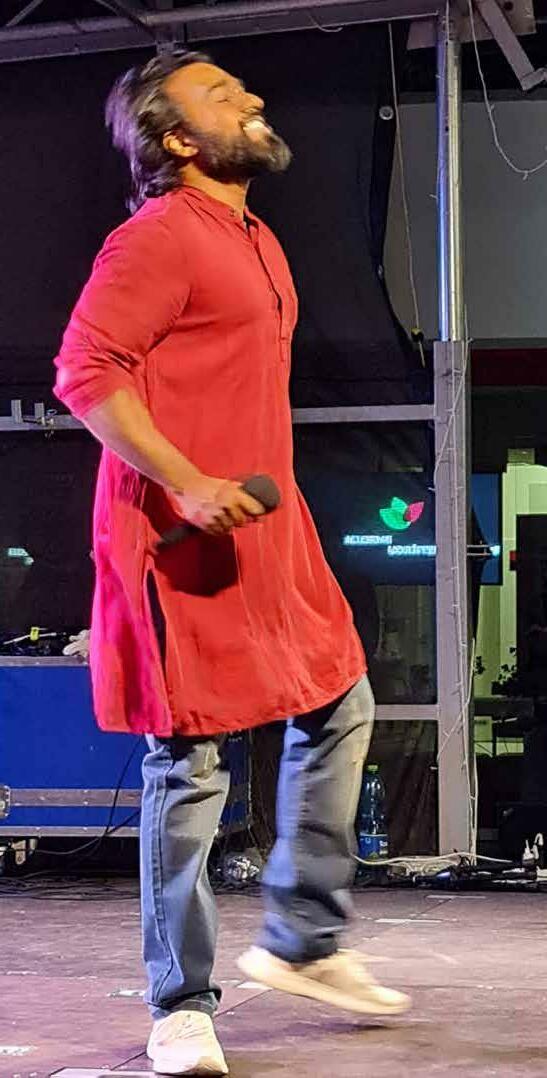
76
For me Andel, Prague, had been momentarily and instantaneously transformed into my recollections, not of India, but of the ‘British Melas’ which had their origins in good old Blighty, during the 1980s.
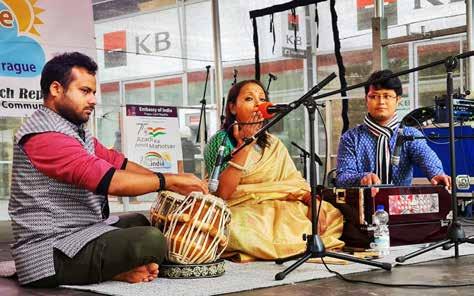
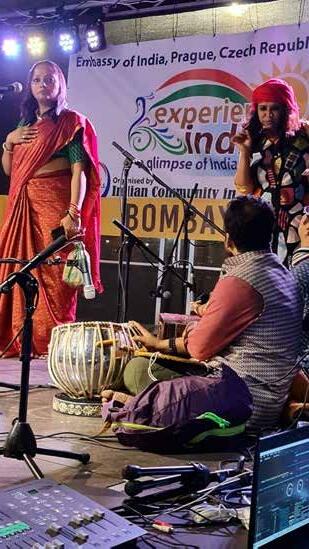
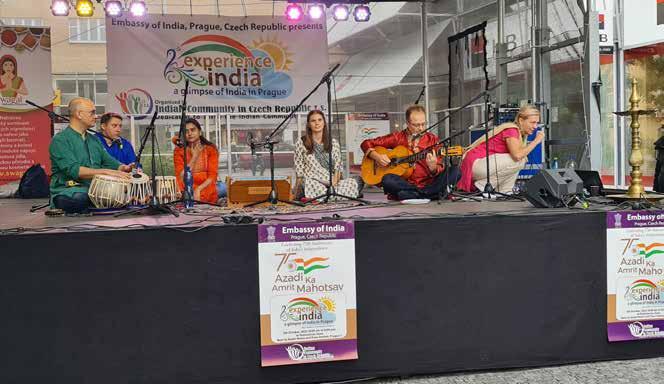
 Shilpi Paul; Pranoy Chatterjee, and Arpan Bhattachary
Papia Ghoshal with Shilpi Paul Pranoy Chatterjee, and Arpan Bhattachary
Shilpi Paul; Pranoy Chatterjee, and Arpan Bhattachary
Papia Ghoshal with Shilpi Paul Pranoy Chatterjee, and Arpan Bhattachary
melas, dances had been Indian, classical and contemporary while singing ranged from Bollywood to Asian fusion, flavouring which ever British country park they had been set in.
On that pedestrianised street in Prague’s Andel, one Indian stall chose to call itself ‘Indian Street Food’, which had seemed entirely apt at the time, but a closer examination revealed a very Western take on Indian street food with its Pakoras, Samosas and Chicken Tika.
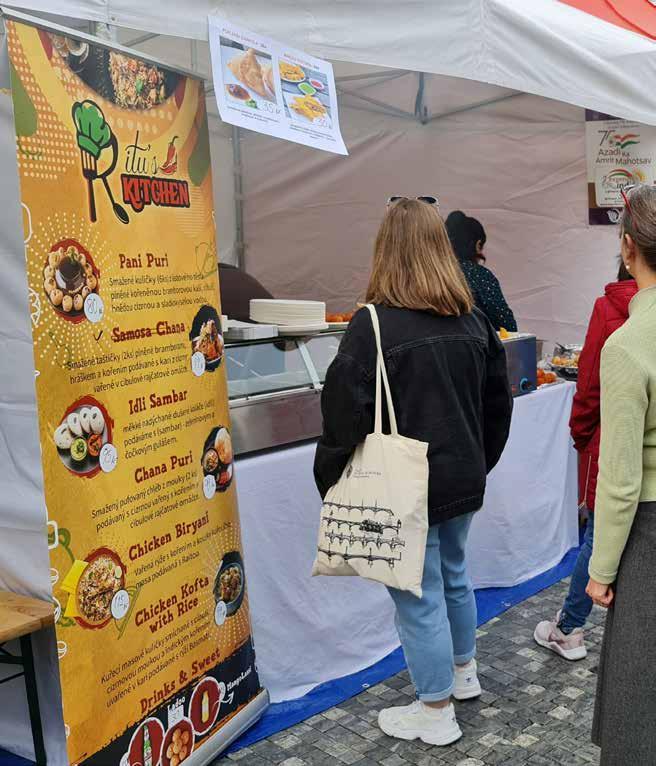
Elsewhere on that ‘Indianised’ street was a Masala Dosa Sambar stall, and another selling Idli Sambar, Chicken Biriyani and ‘N rice wrap’ (whatever that was). I confess to loving Dosa (dosai/ Thosa/thosai). It is simply my favourite breakfast. But it wasn’t breakfast time. Although, thankfully, the ‘Balti’ dishes were absent, the beat pulsing Bhangra rhythms were in evidence.
Both the stage and the crowd danced to energetic beats. Indians and non-
78
Indian street food, Andel
Indians leapt, strode or gracefully glided on that platform forming the full-stop to the exclamation mark which the street naturally formed at the side of the Andel shopping area.
The two festivals (the Indo-Czech Autumn Festival and ‘Experience India) were poignant reminders of the marking of ‘Independence’ of India from colonial British rule, but also of the very close ties that the Czech republic has with India and the Indian peoples.
It had been an honour, and an intriguing experience to be there in Bohemia, and doing what little I could to assist in those two festivals. I learned something of a different way of living. I (quiet literally) ingested more of Indian culture and had met new and exciting friends on that journey. I thank all of those amazing, creative individuals of various nations who had revealed great patience with me as a non-Hindi and non-Czech speaker.
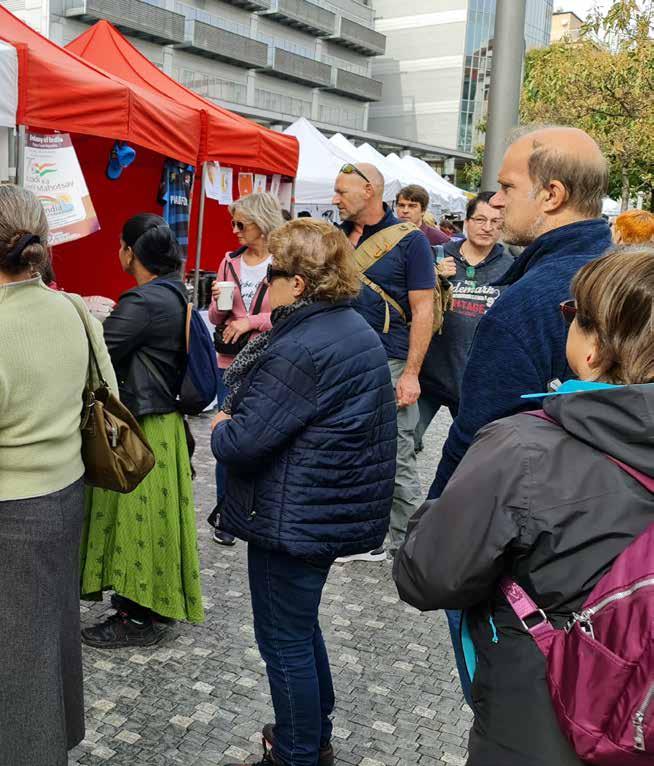
79
Little Red Dot
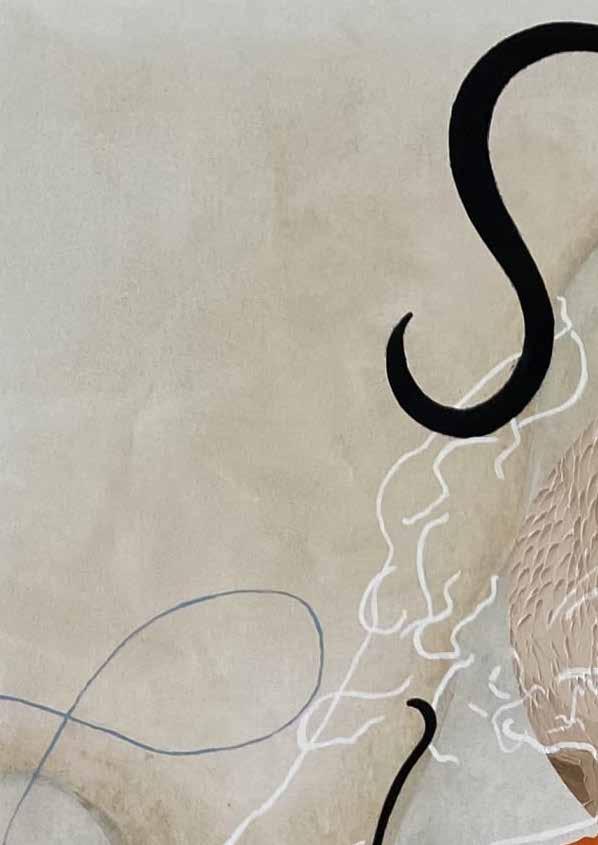

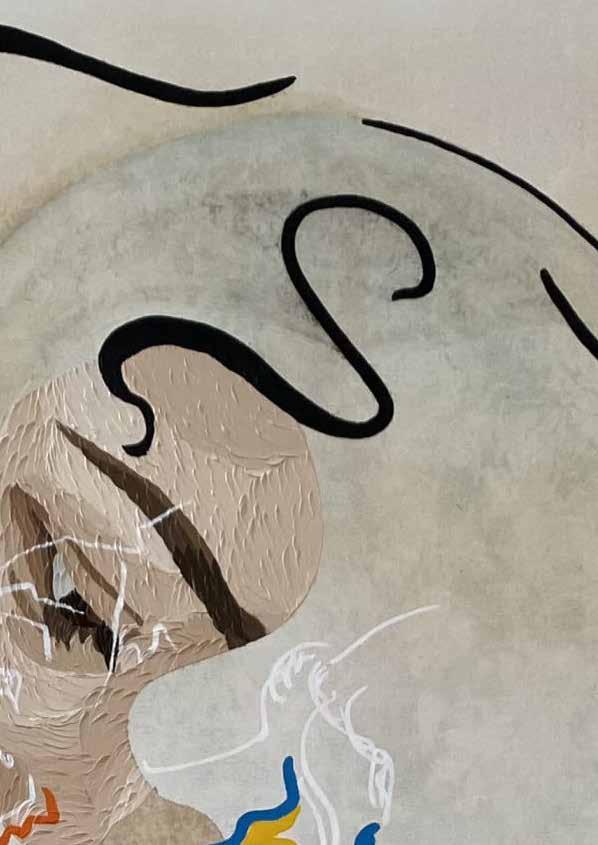
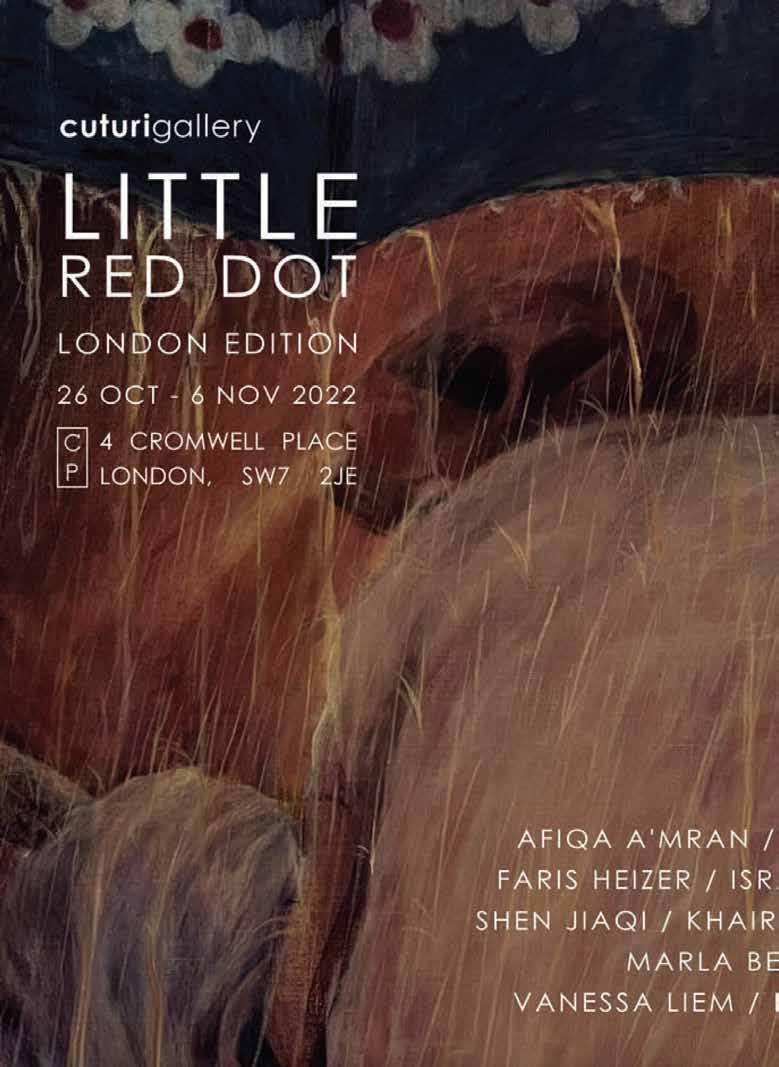
82
Cuturi Gallery is delighted to present Little Red Dot - London Edition in its newest location, Cromwell Place, London. The exhibition will take place from the 26th of October to 6th November 2022. As the gallery’s first presentation in London, this exhibition aims to introduce to the London art scene a line-up of works by talented Singaporean artists.
“Little Red Dot”, is a term colloquially used to describe Singapore as a world powerhouse relative to its size. The exhibition celebrates the greater cultural influence, complexity and journey of its artists and their works. From peeking at the early history of Singapore through the anthropological lens of Khairulddin Wahab to the collective subconsciousness of yearning for sanctuaries within the urban landscape of Shen Jiaqi, each artwork bears, in its own way, the significant milestones made by each artist in this unique showcase.
Little Red Dot – London Edition includes works by Afiqa A’mran, Aisha Rosli, Faris Heizer, Israfil Ridhwan, Khairulddin Wahab, Marla Bendini, Shen Jiaqi and Vanessa Liem. Amongst the artists is Ruo-Hsin Wu, a Londonbased Taiwanese artist who joined the gallery’s residency programme astheir first international resident in Singapore earlier this year.
The exhibition will be on view at Cromwell Place from 26th October to 6th November 2022.

83
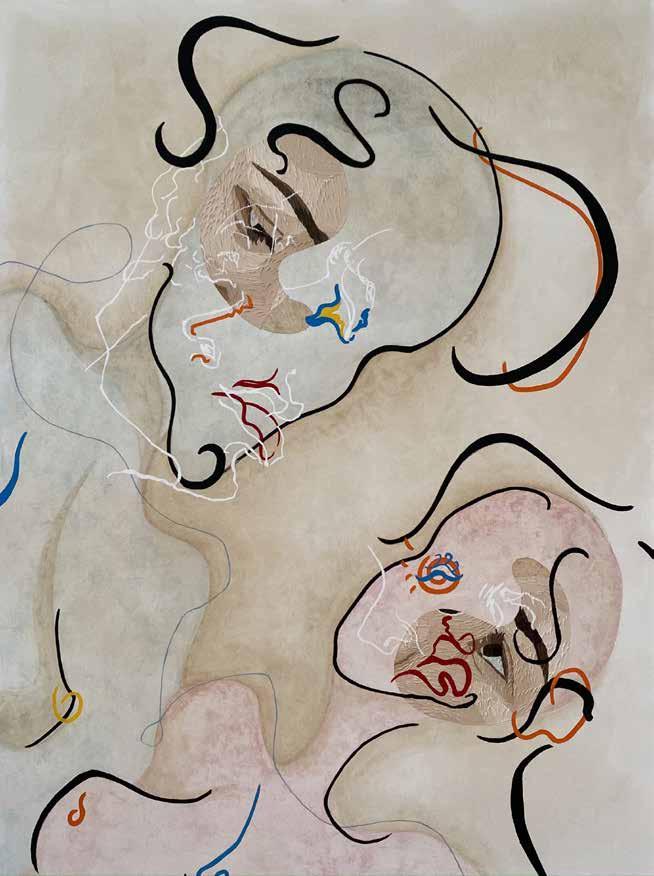
84
Afiqa A’mran,180 days of Neil

85
Faris Heizer, There should be sunshine after rain
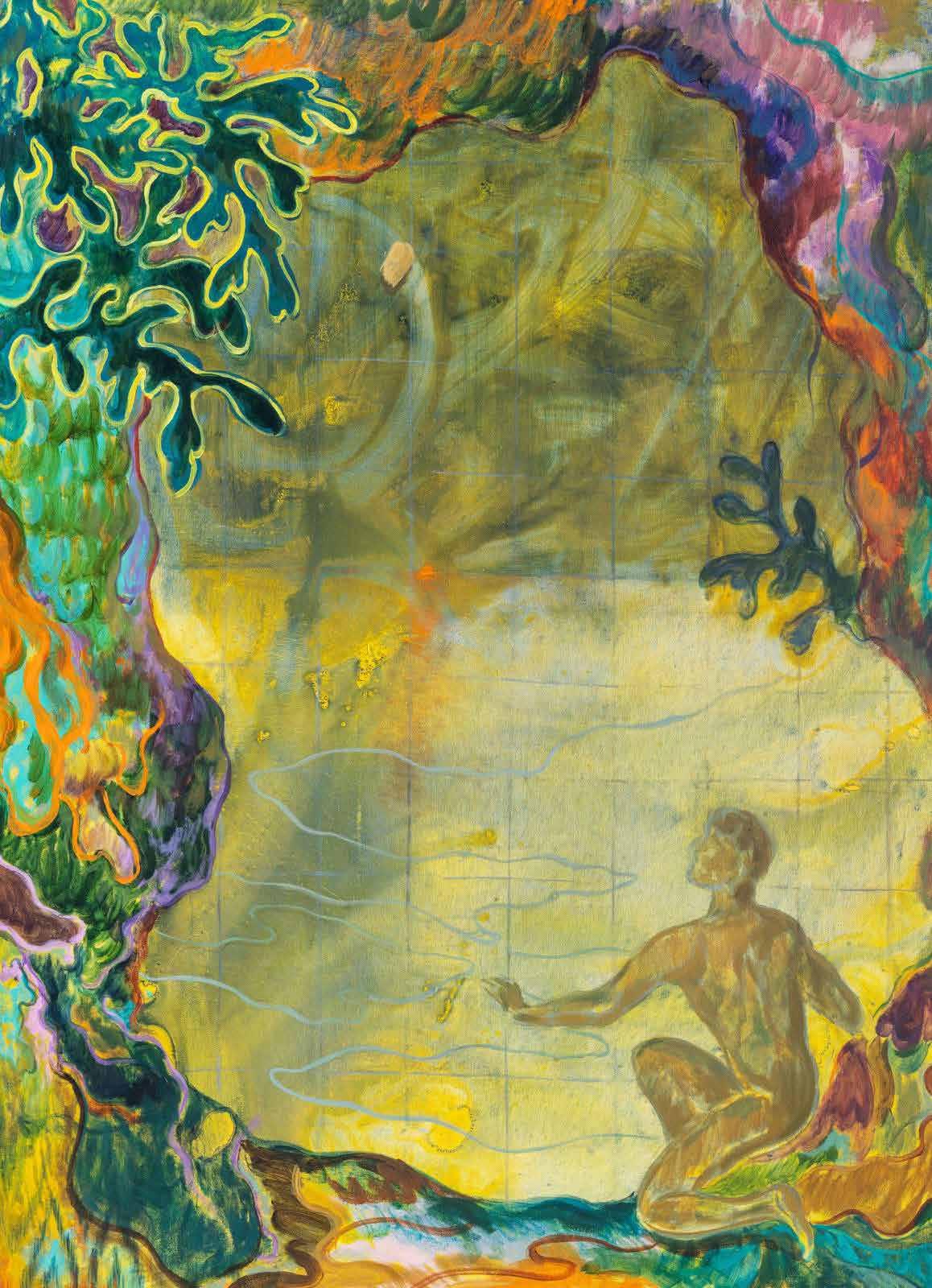
86
Khairulddin Wahab, Sacred geometry
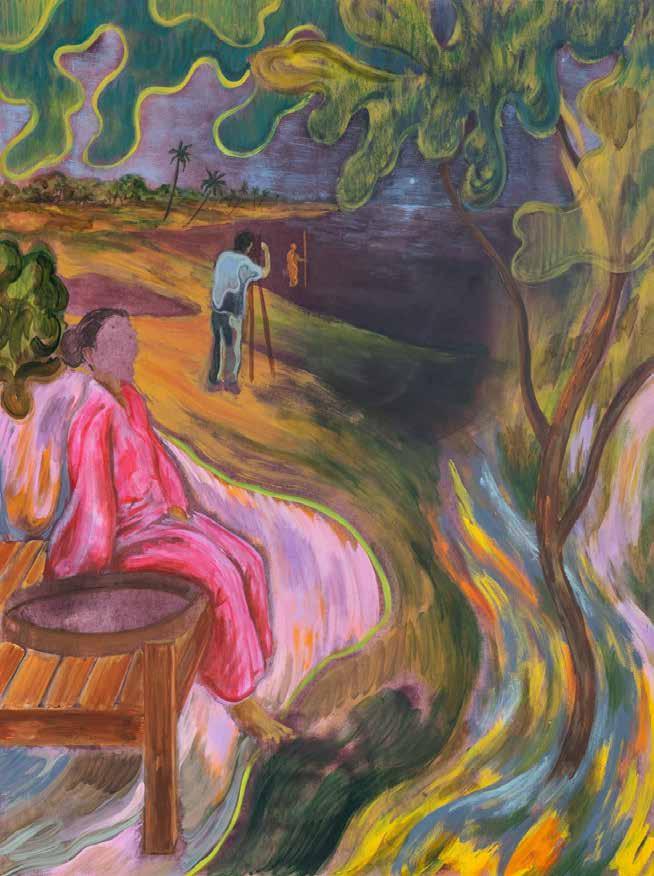
87
Khairulddin Wahab, Reclaim
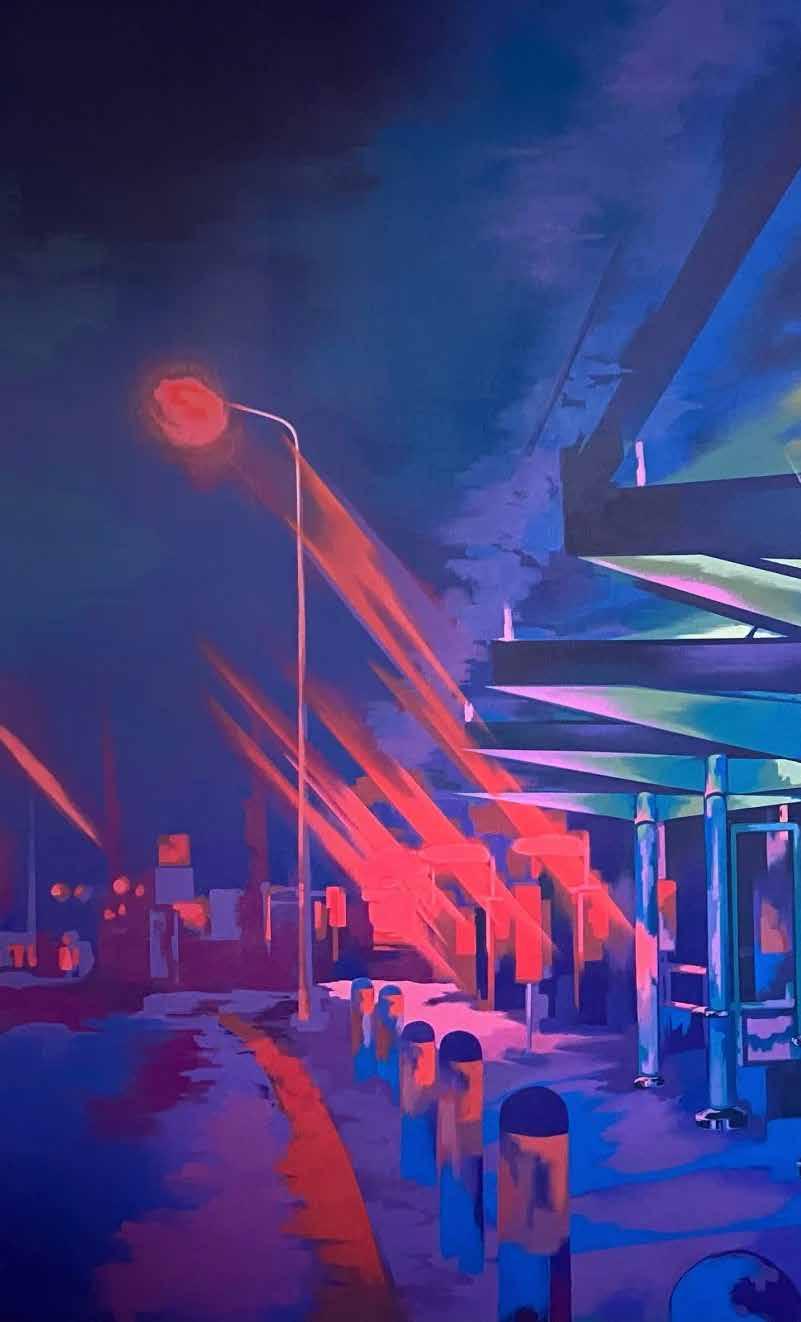
88
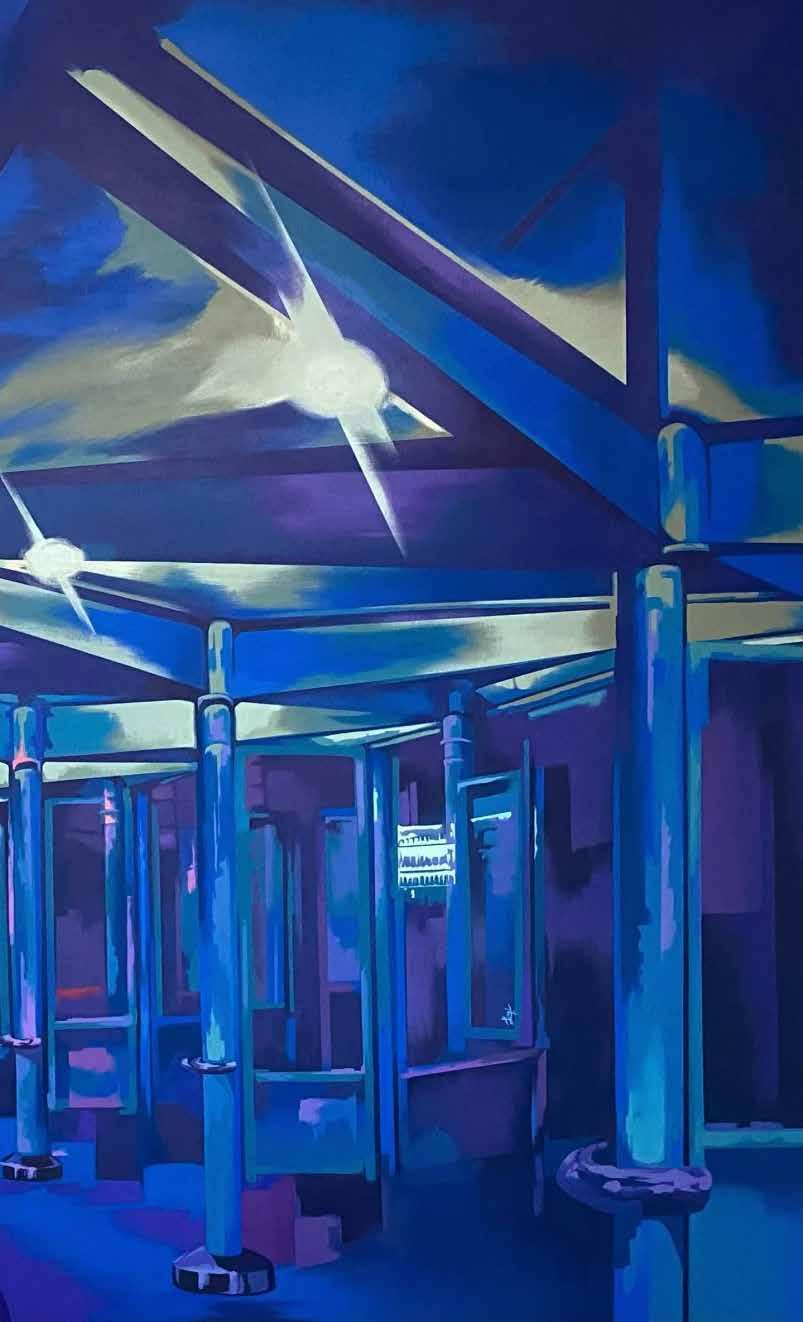
89
Shen Jiaqi, Nightriders

90
Ruo-Hsin Wu, Lizard I

91
Vanessa Liem, As long as I have you
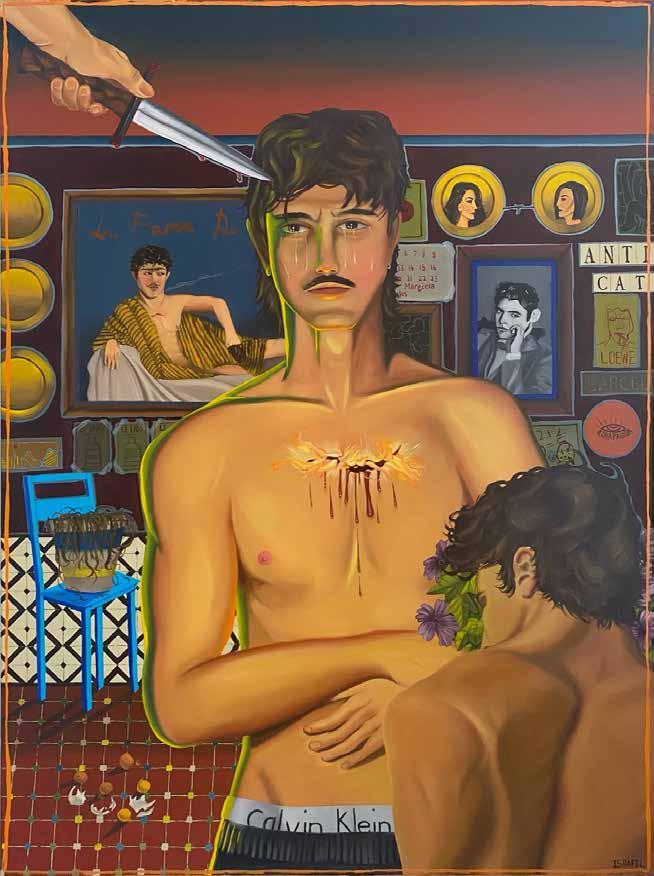
92
Israfil Ridhwan, All I ever do is bleed into someone else
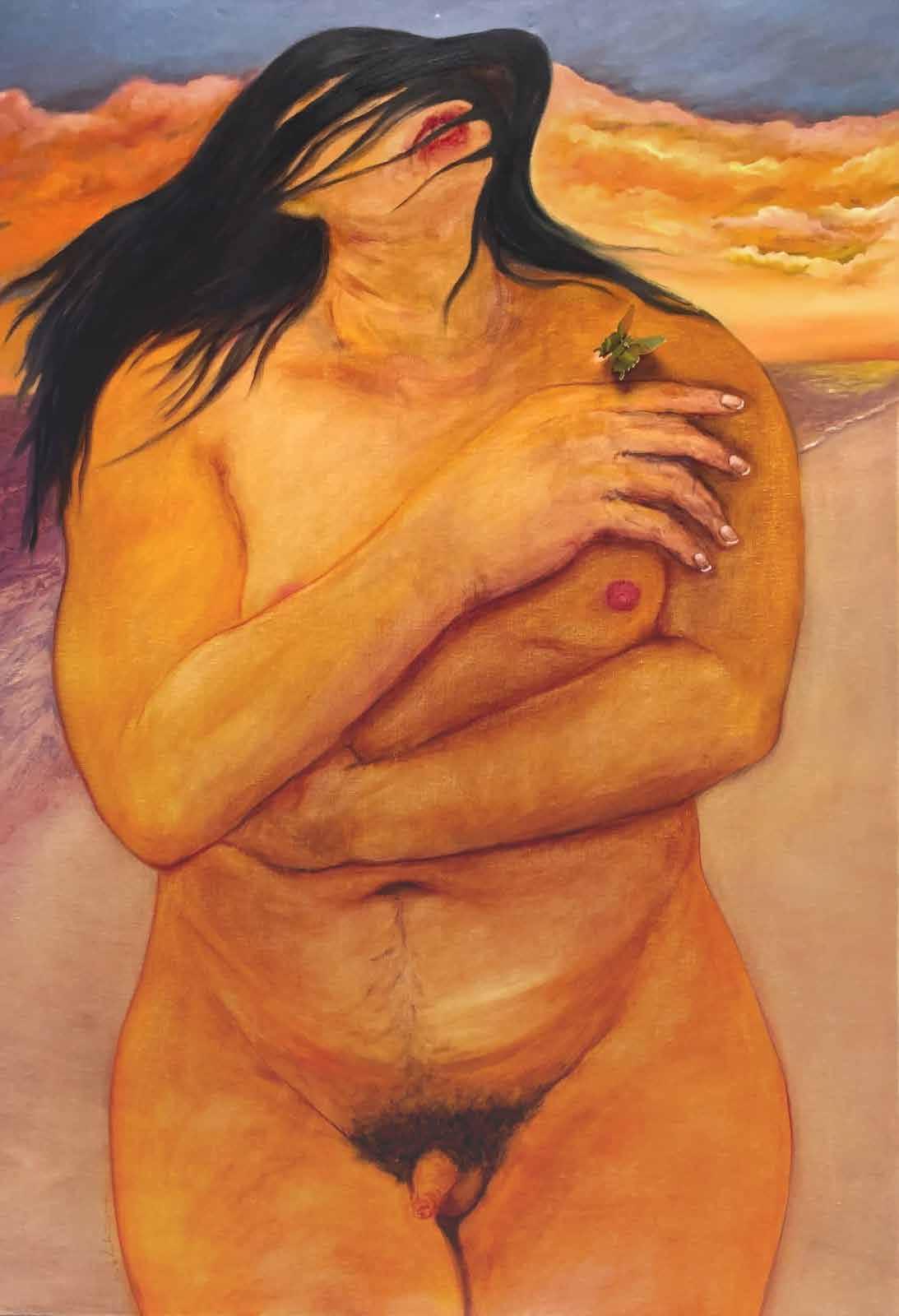
93
Marla Bendini, Venus (and some of them think that we are the most gorgeous, special things on Earth)
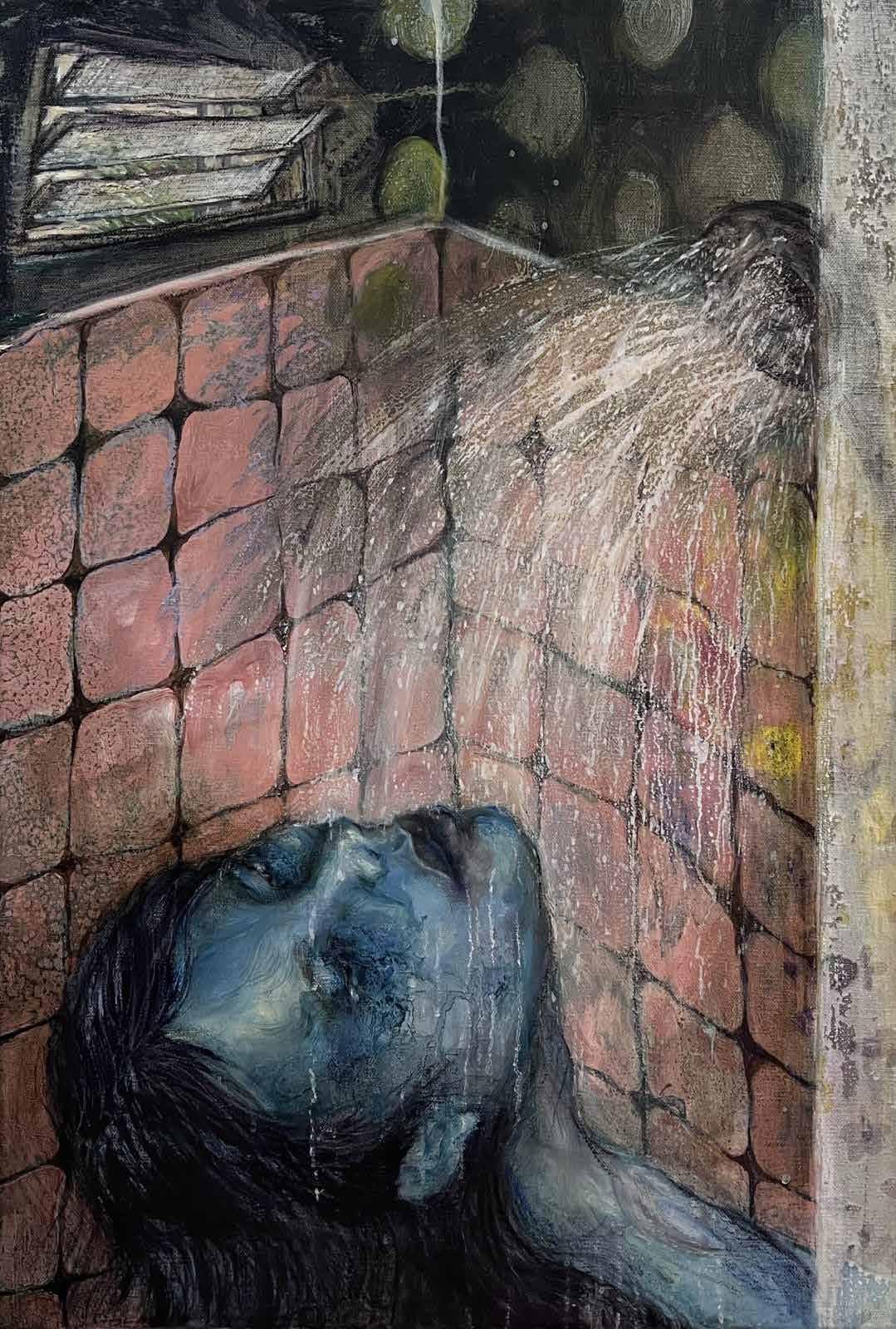
94
Aisha Rosli, looking up to the sky for something I may never find
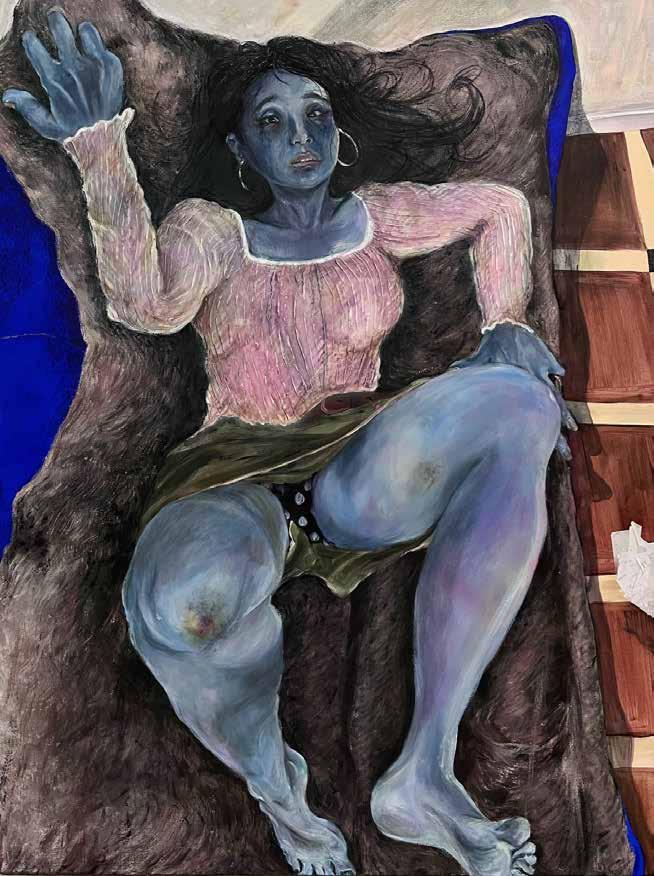
95
Aisha Rosli, stuck in the middle,
Amiya Nimai Dhara

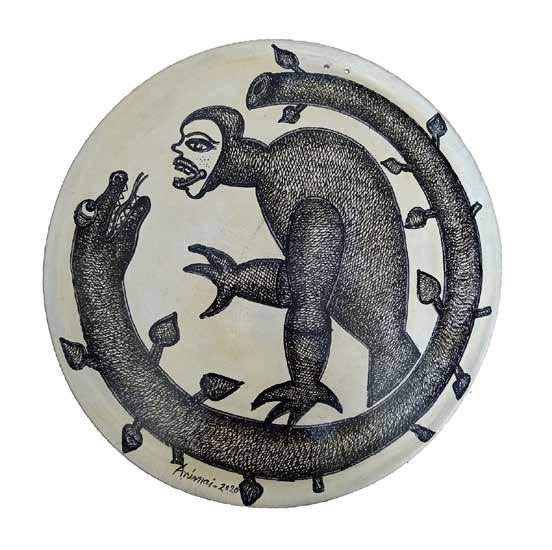
96
Wildlife
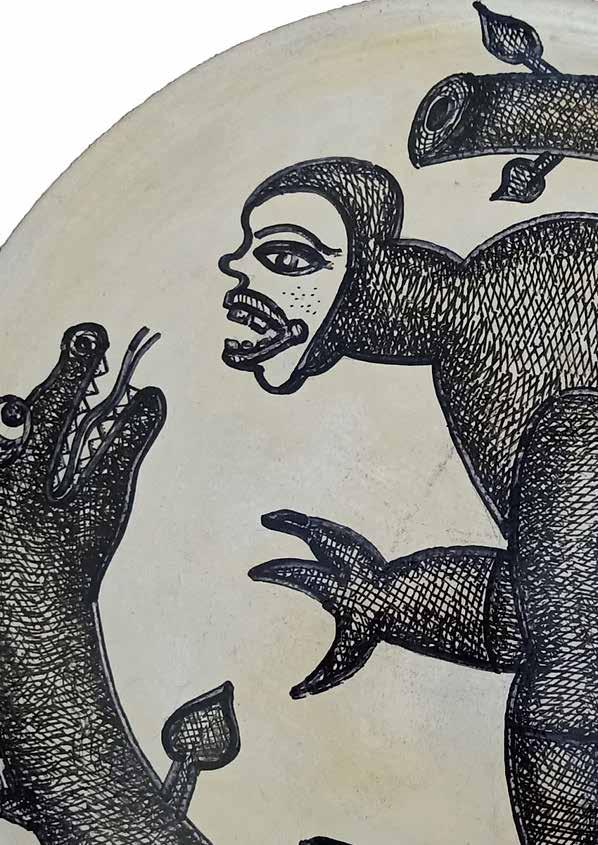

I Amiya Nimai Dhara believe that, I am not only a versatile artist but also an experimental, new thinking artist my all work’s prove about my versatility skills.
99
Untitled
Bringing Cosmos Down To Earth!
My thoughts, my ideas always symbolize the reality, society, nature emotion and another way it express science fiction travel experience memoir .
100
Untitled
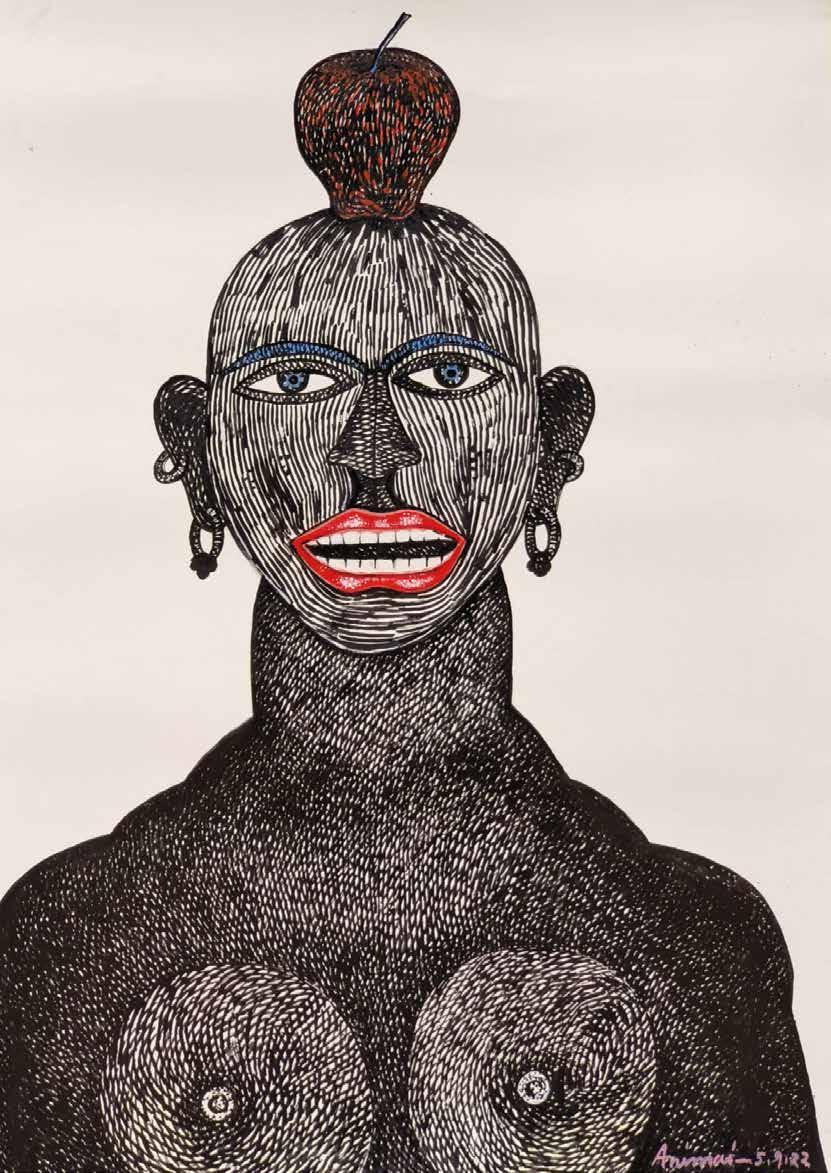

102
Untitled
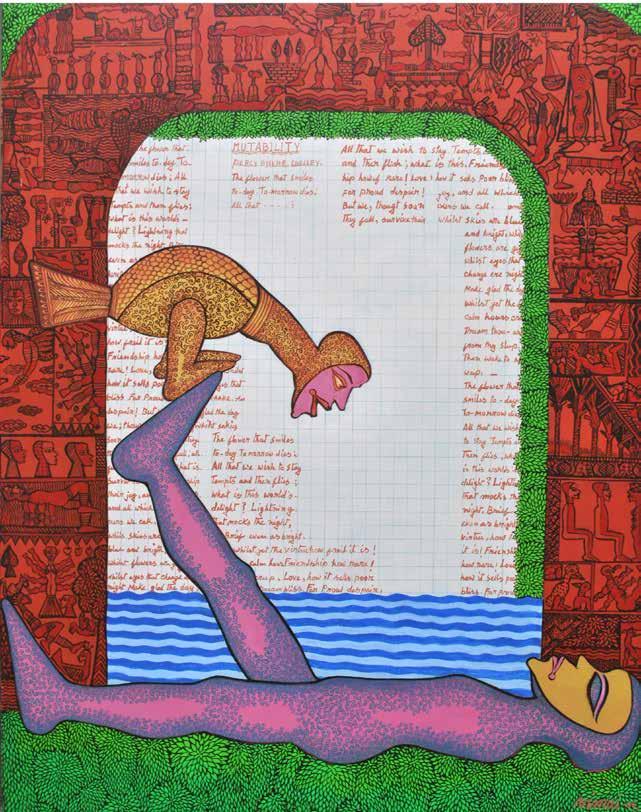
103
Untitled

104 Untitled
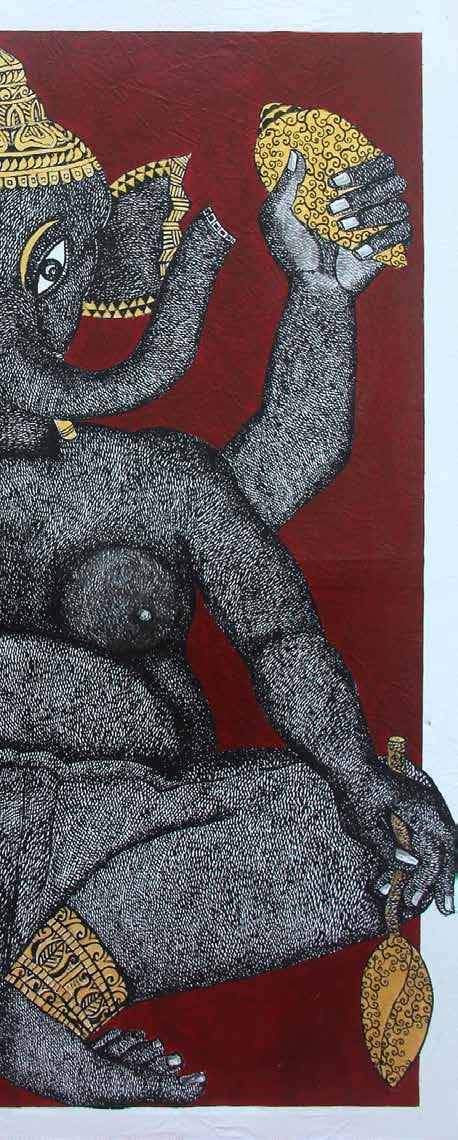
105
Rajashree Nayak
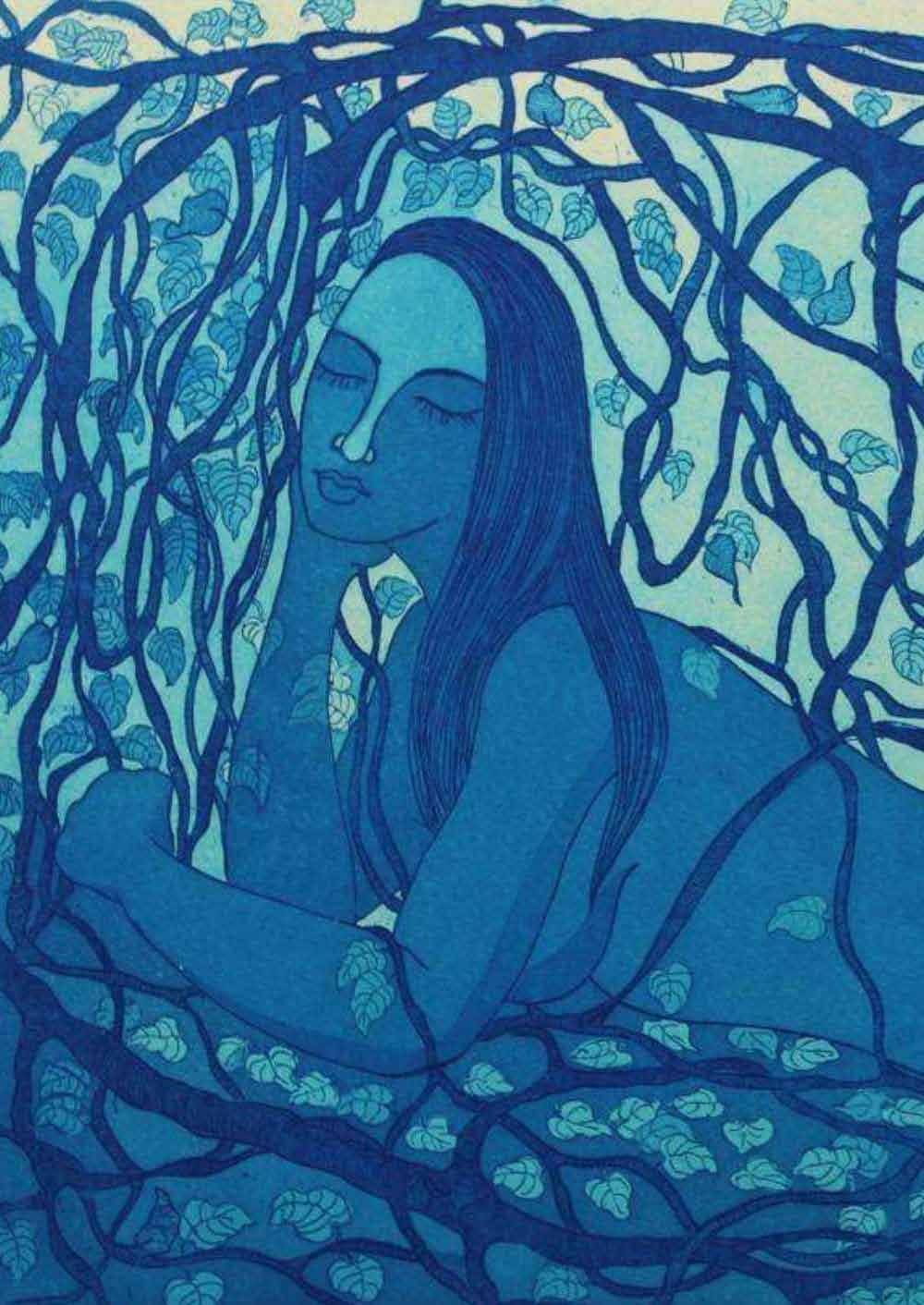
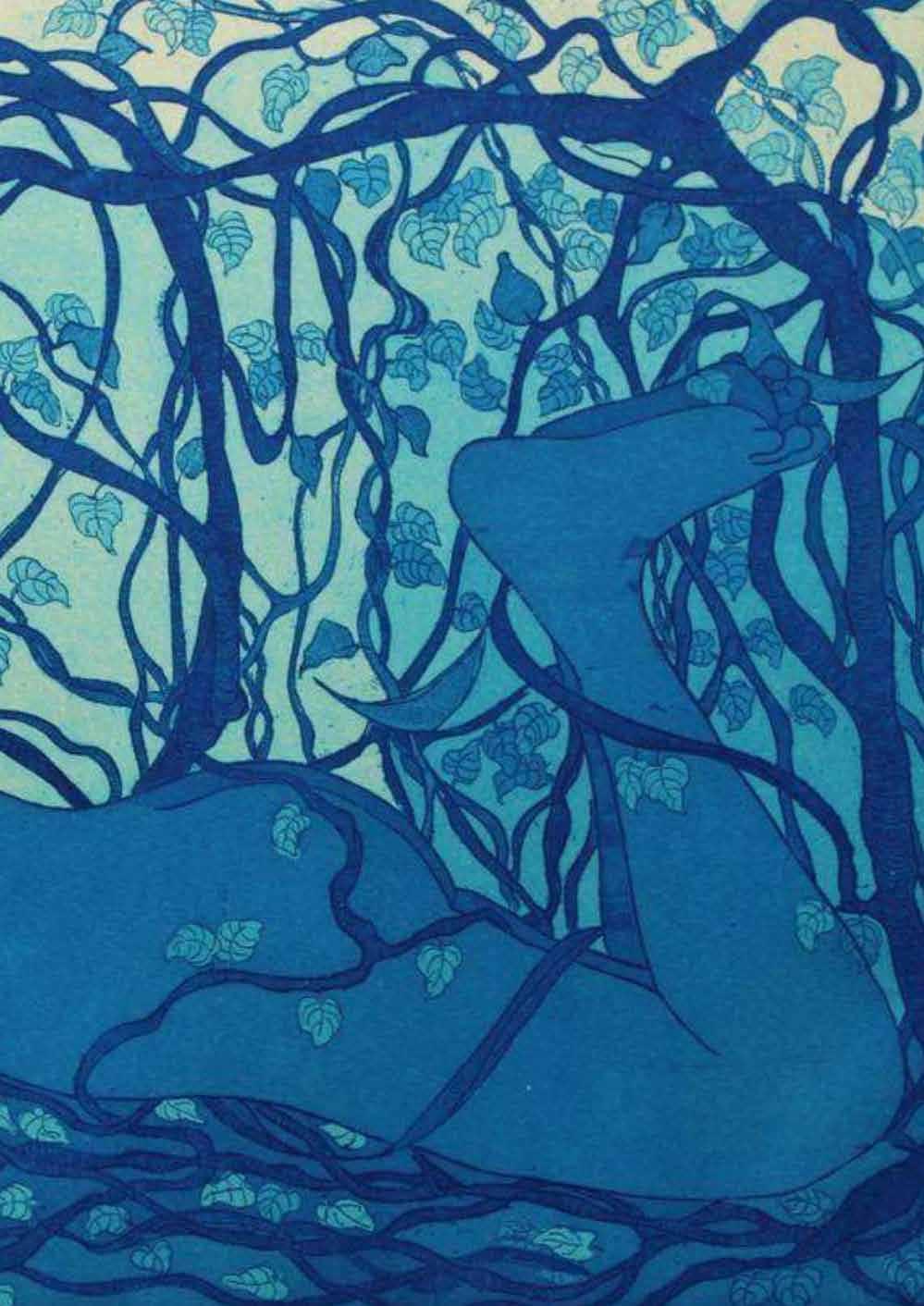
Nature a
trap 1
beautiful
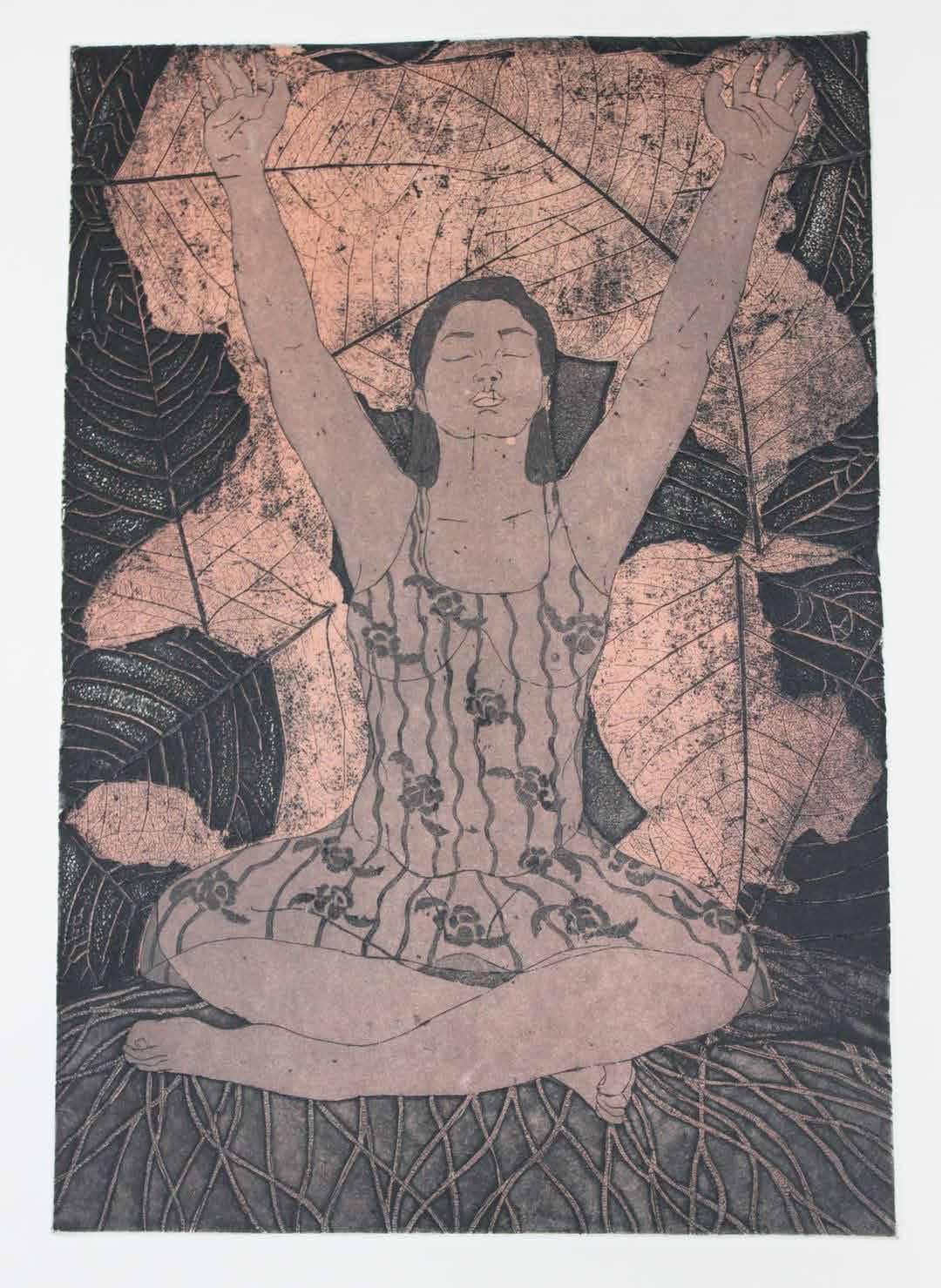
108
Sondhi khushboo
I am a freelancer artist from India and my core area of art practice is in Printmaking and Drawing medium. My artworks depict woman as the live emblem and beholder of energy. I co-relate with nature’s different elements as a pointer of source and struggles in each of my prints. My initial works are primarily an effort to depict the journey towards individual’s growth in achieving own individuality and evolving to a higher domain. Women being the central character of my expression, the feminine attributes of nature have been prominent in my works. Even I have depicted nature as a beautiful trap. The creepers are an important element in my earlier works. Most of my works oscillates between women centric emotions in relation to nature and our surroundings. The nature’s elements automatically break the monotony keeping aside the mundane objects of our surroundings. It basically manifests the challenges of our everyday life that shape and reconstruct the individuality of a woman and which eventually empower her. Within the paradigms of the hurdles she grows as a person. Nature gets glorified in all its latent aesthetic and effervescent charms in my prints. There is an undercurrent of fantasy which establishes a bridge between the individual and the nature around us.
In June 2019, I have been awarded grant as emerging artist in Printmaking category by Elizabeth Greenshield Foundation, Canada. Again in Oct 2020, I have been awarded the 2nd grant by Elizabeth Greenshield Foundation. All my current art practices are as per the art proposal committed to the foundation.
My special thanks to the Elizabeth Greenshields Foundation for its financial support.
Rajashree Nayak
109
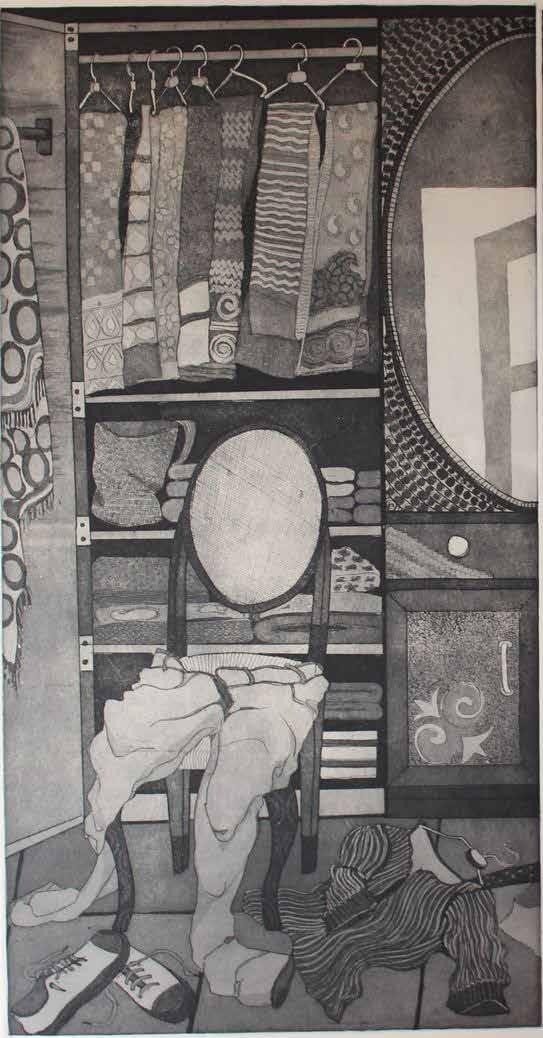
110
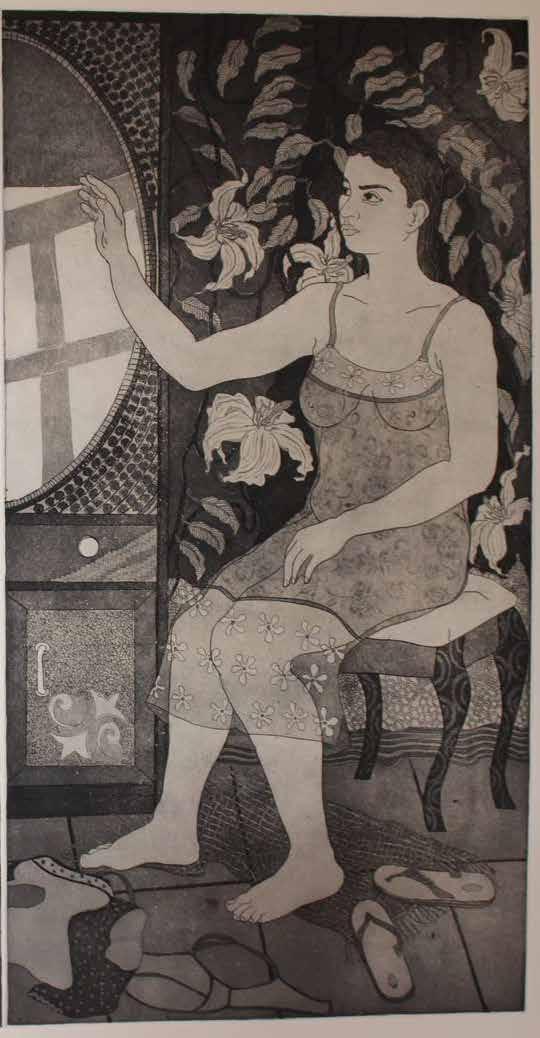
111
Searching of self

112
Take a deep breath
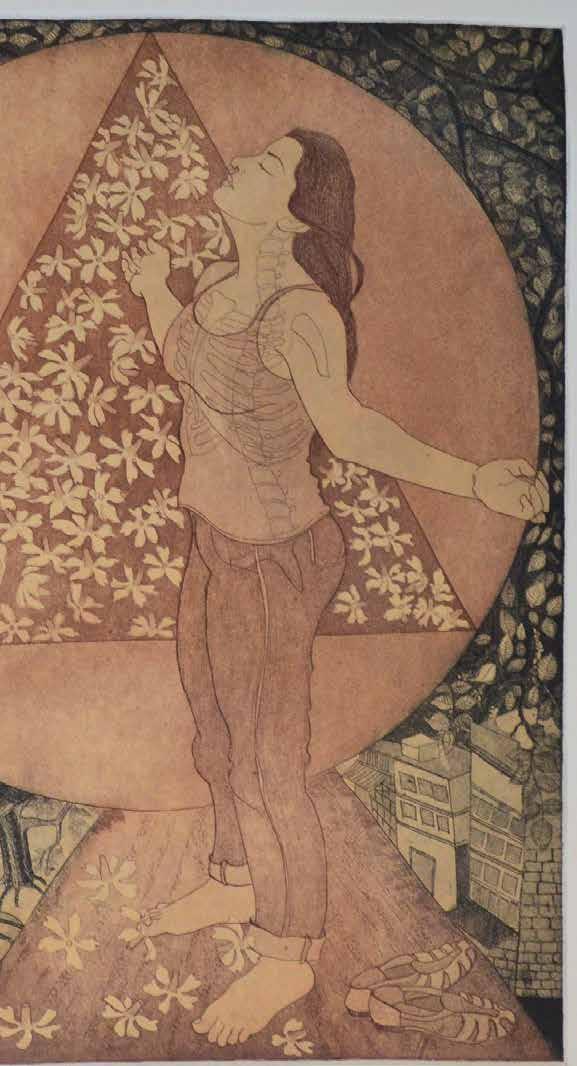
113
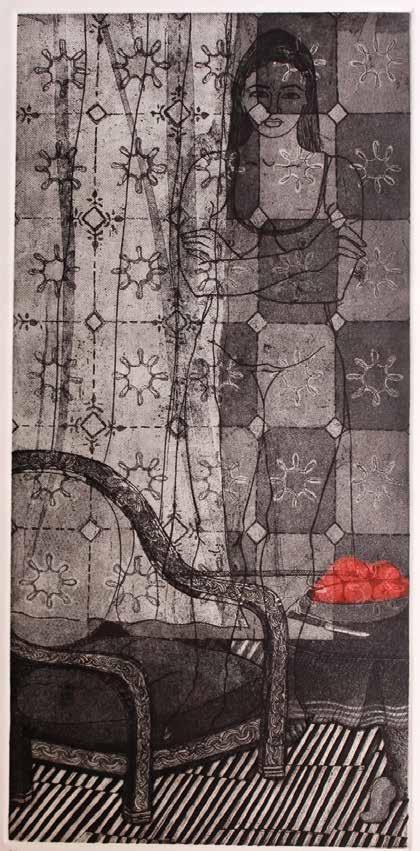
114 I
am here
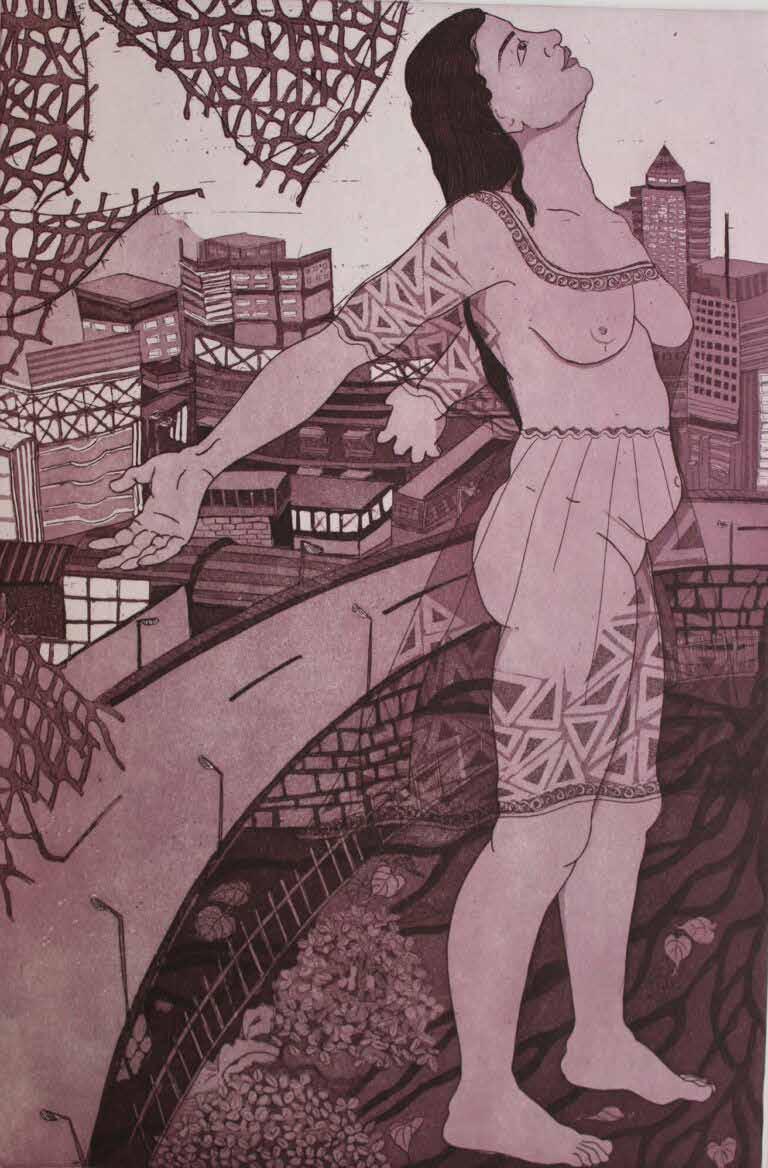
115
Untitled
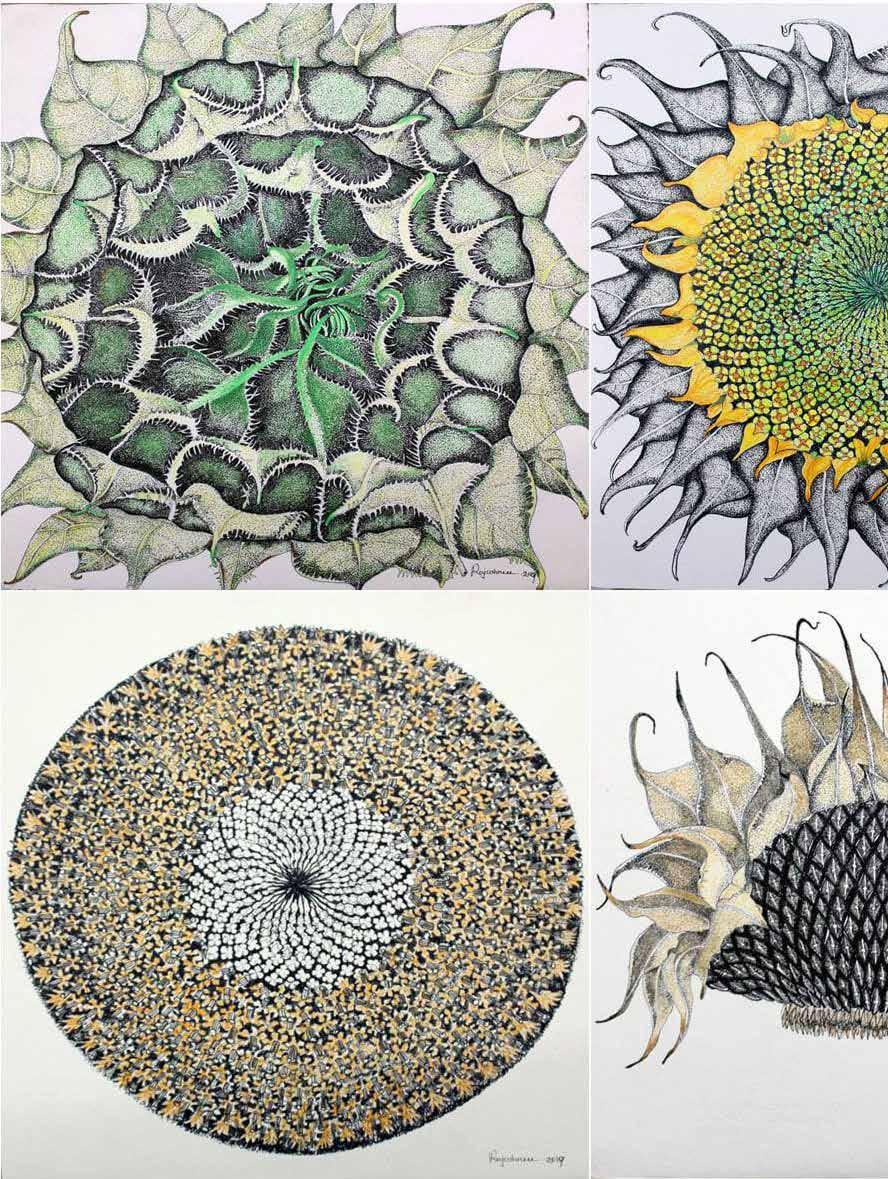
116 My garden stories
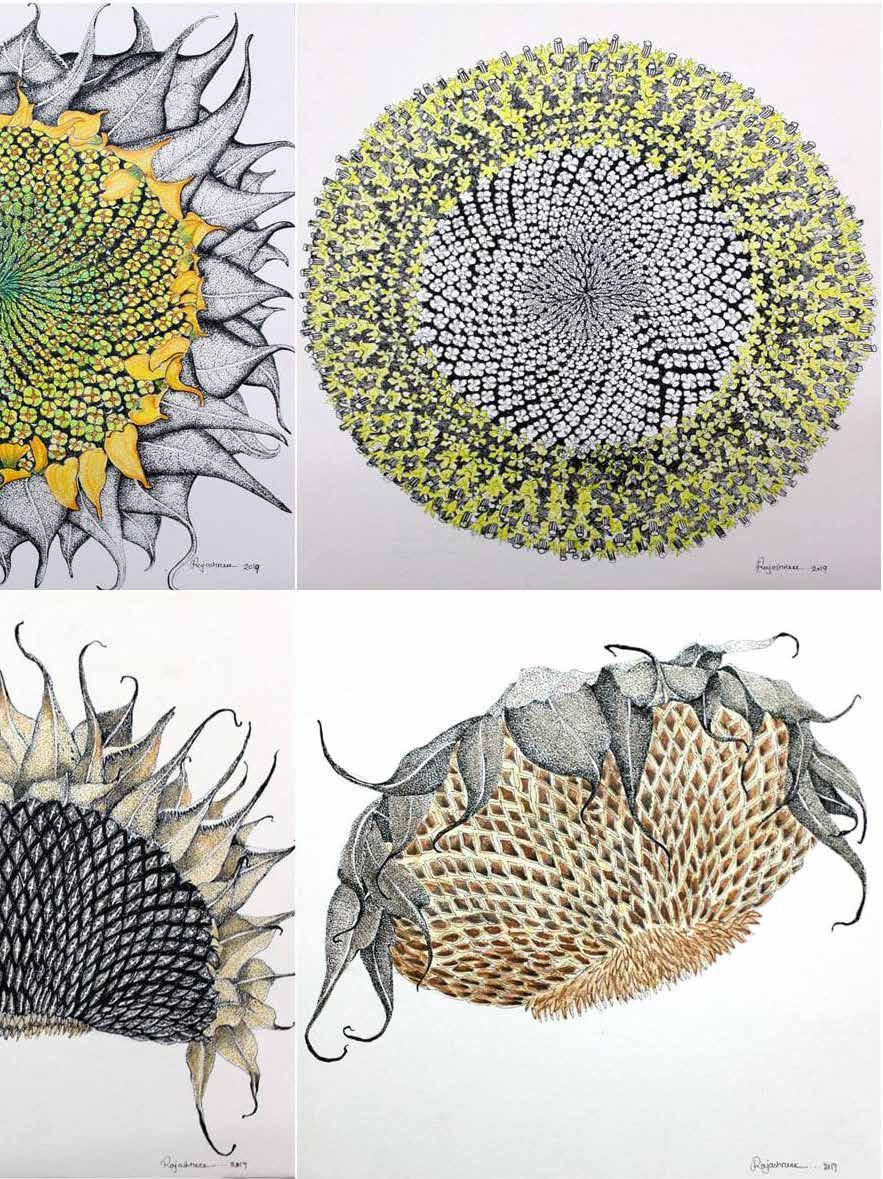
117
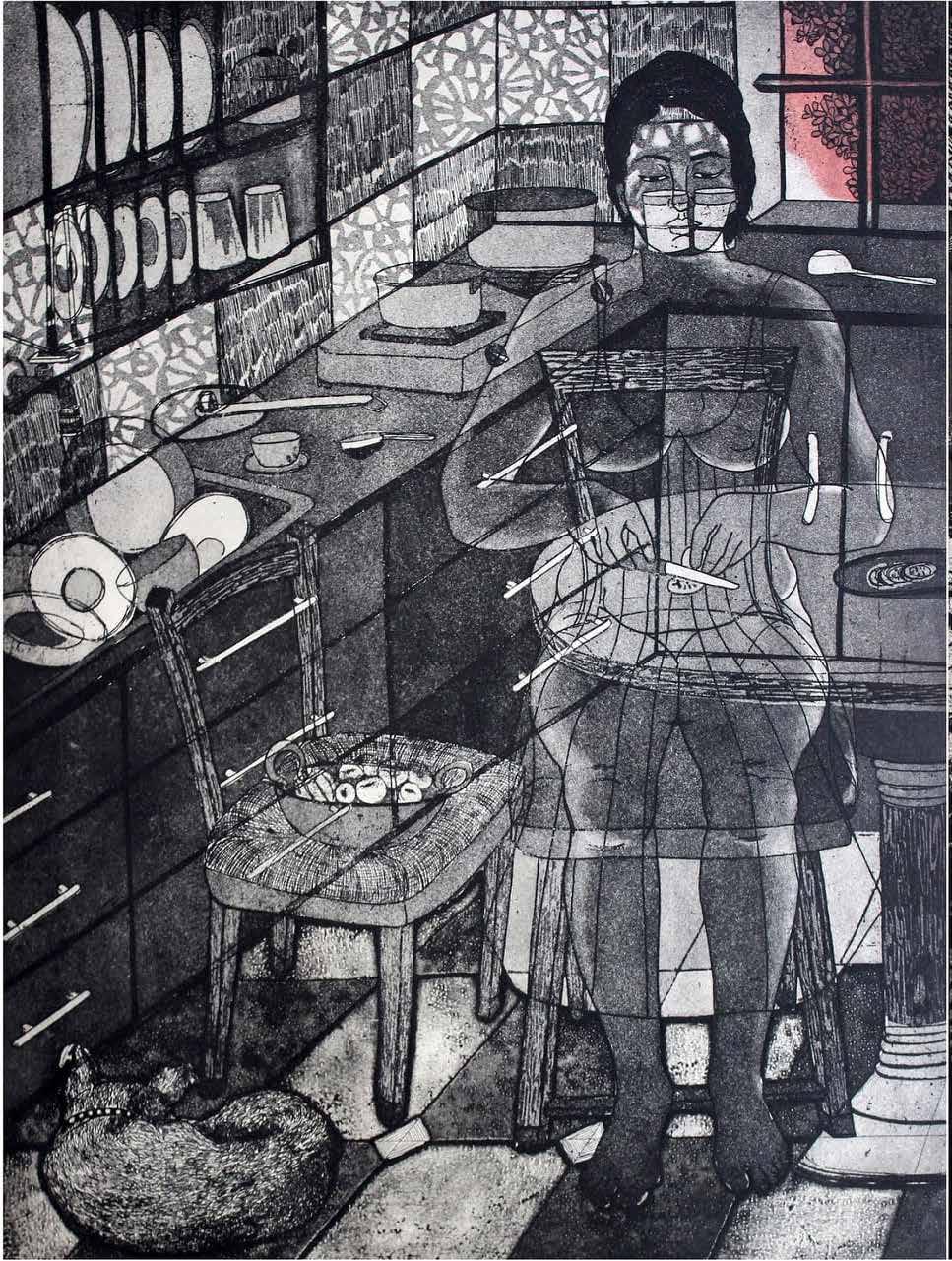
118
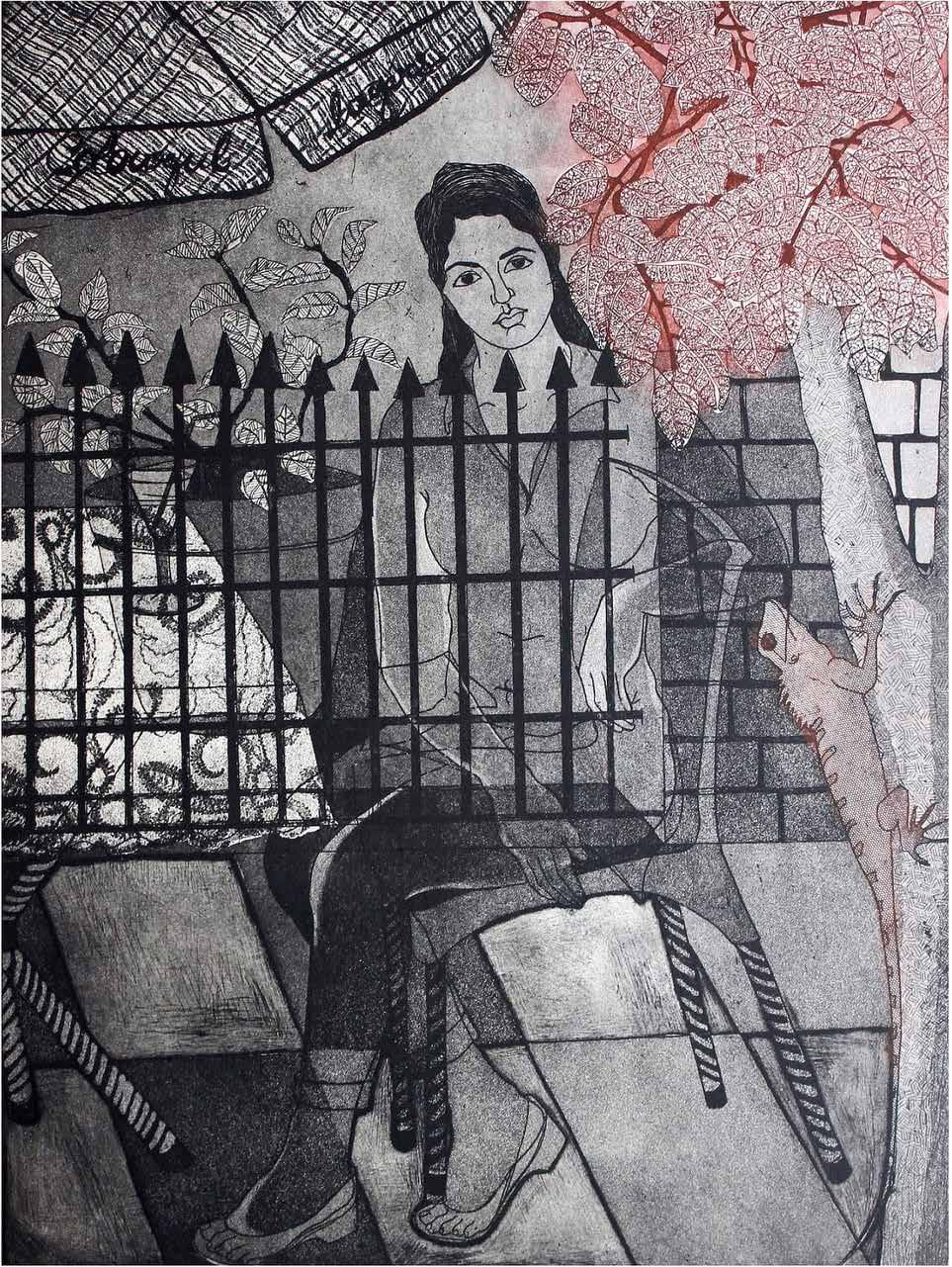
119 In and out
Drag The art of
Ly “Jason” Socheat Sok Chanlinda Jak Sangchana Chamroeun Peuvsreyneang
This is a final exam project called "The art of drag", capturing the beauty of Cambodia’s drag culture, and in appreciatiion of the classmates's efforts and those of ‘Miss Miga Diva Cambodia’ for such an amazing contribution to the project.
These poses are mostly improvised by, and each scene depicts a different story of, ‘Miga Diva, Cambodia’.
120
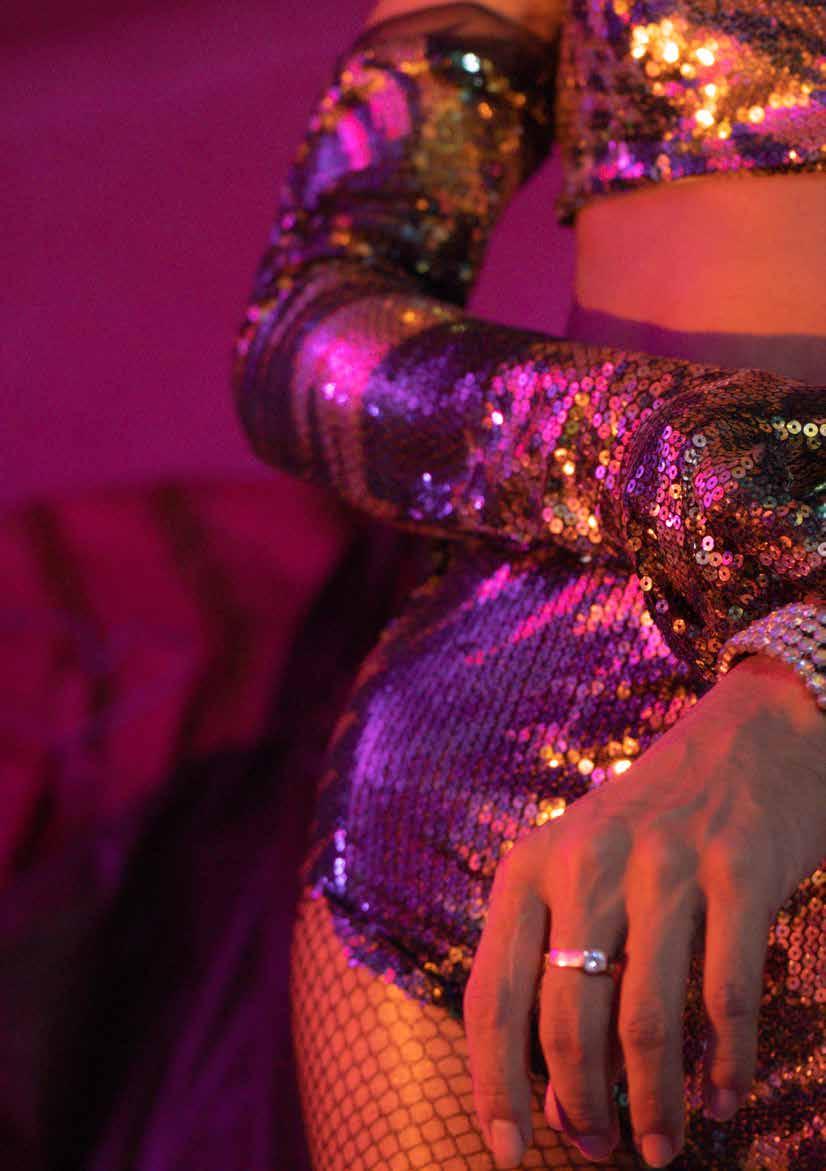
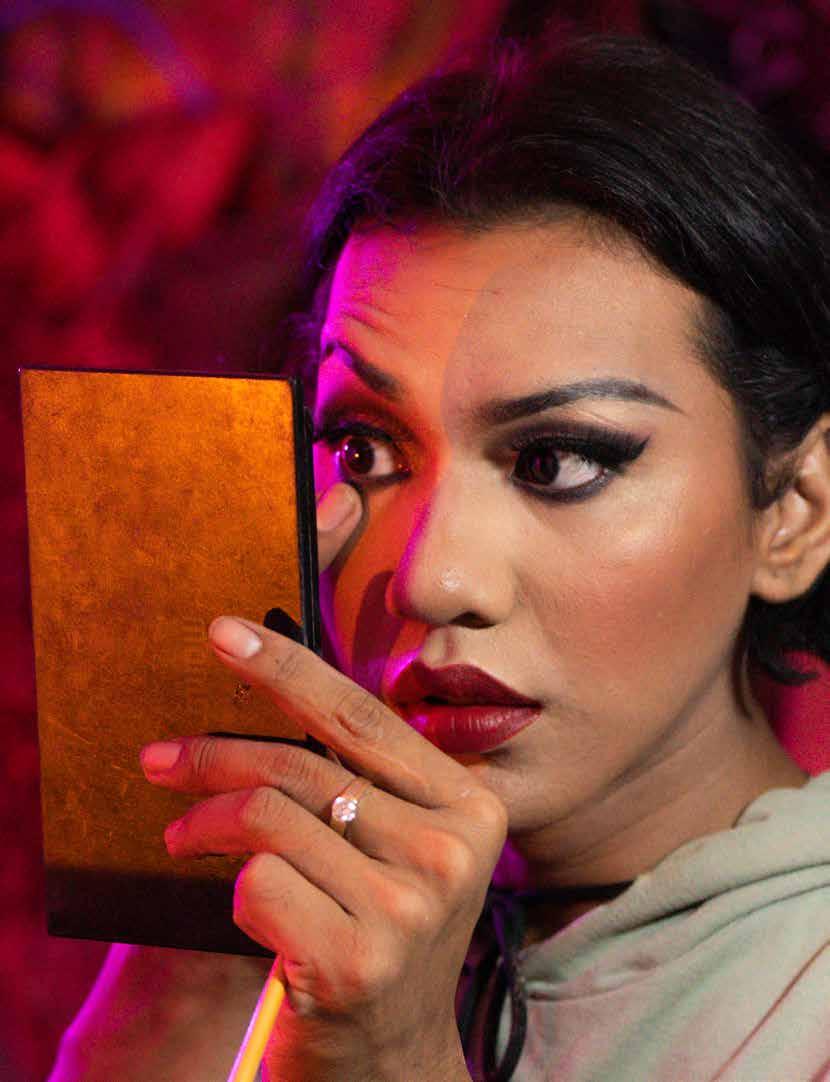


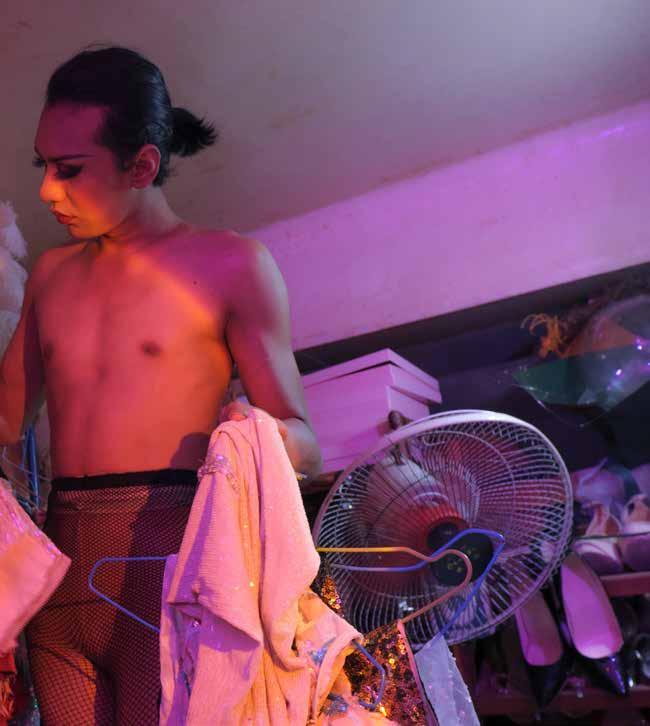
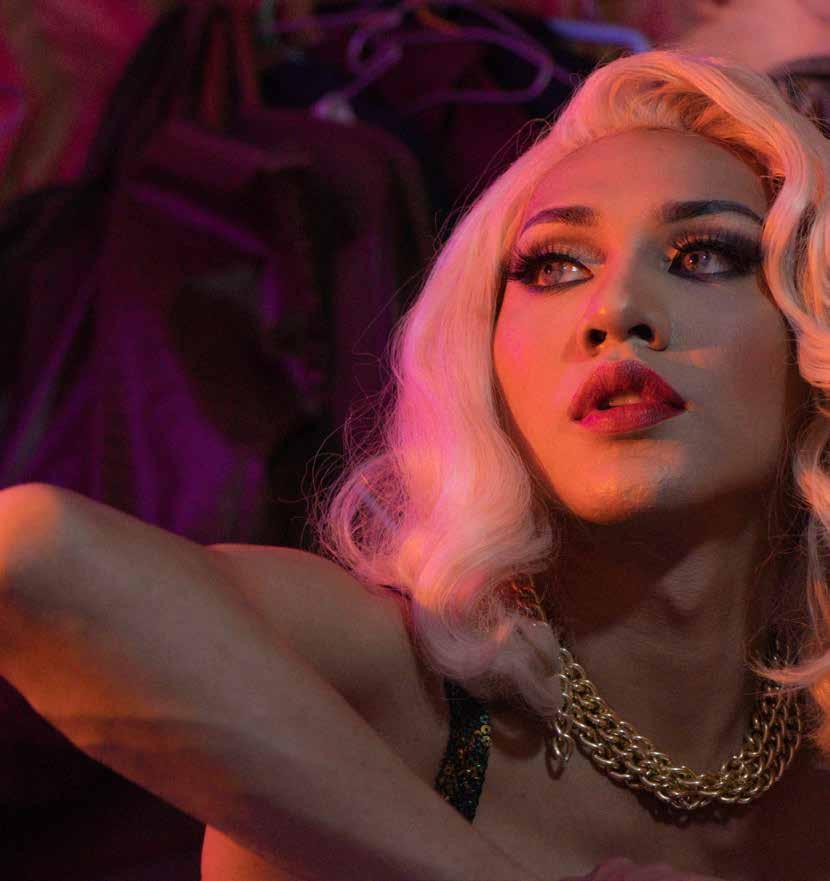

I did it for LOVE

Miga on stage showcases their love for the art of performing and dressing up. Passion, love they have this community and the drag culture is shown within this scene.



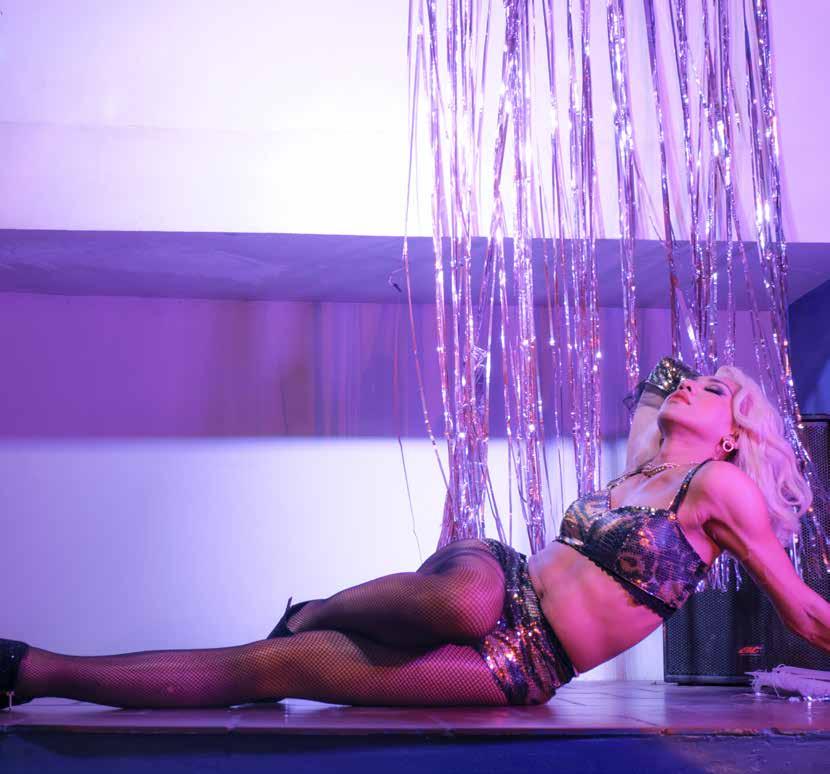

125
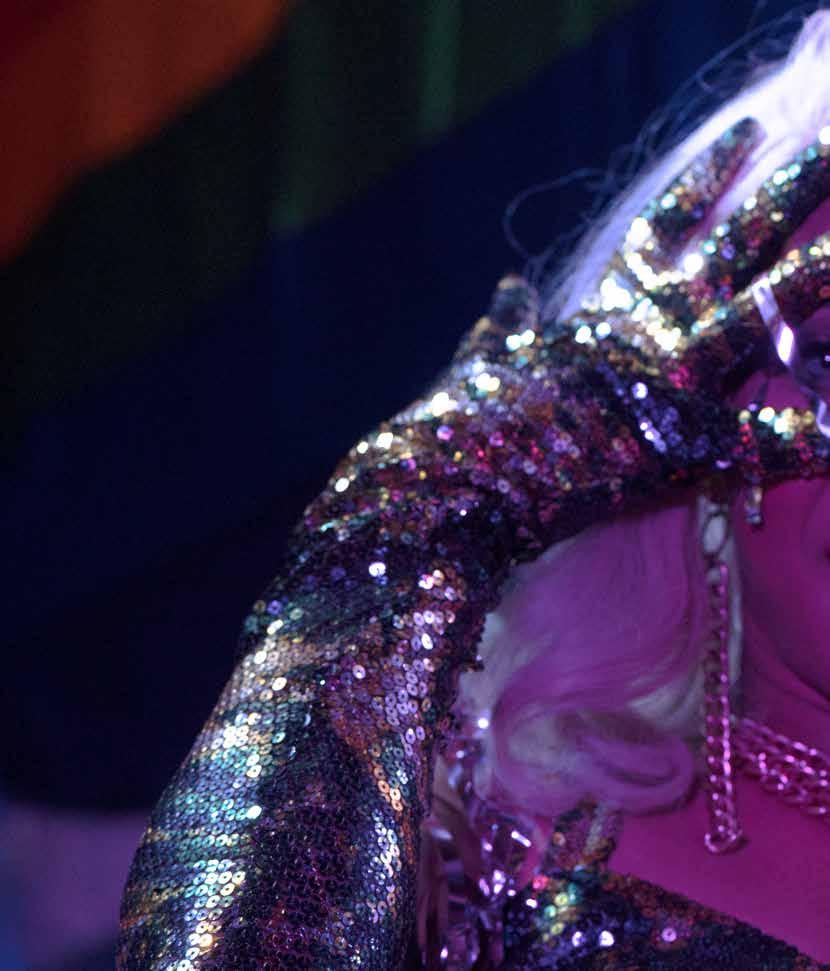

I did it for FUN


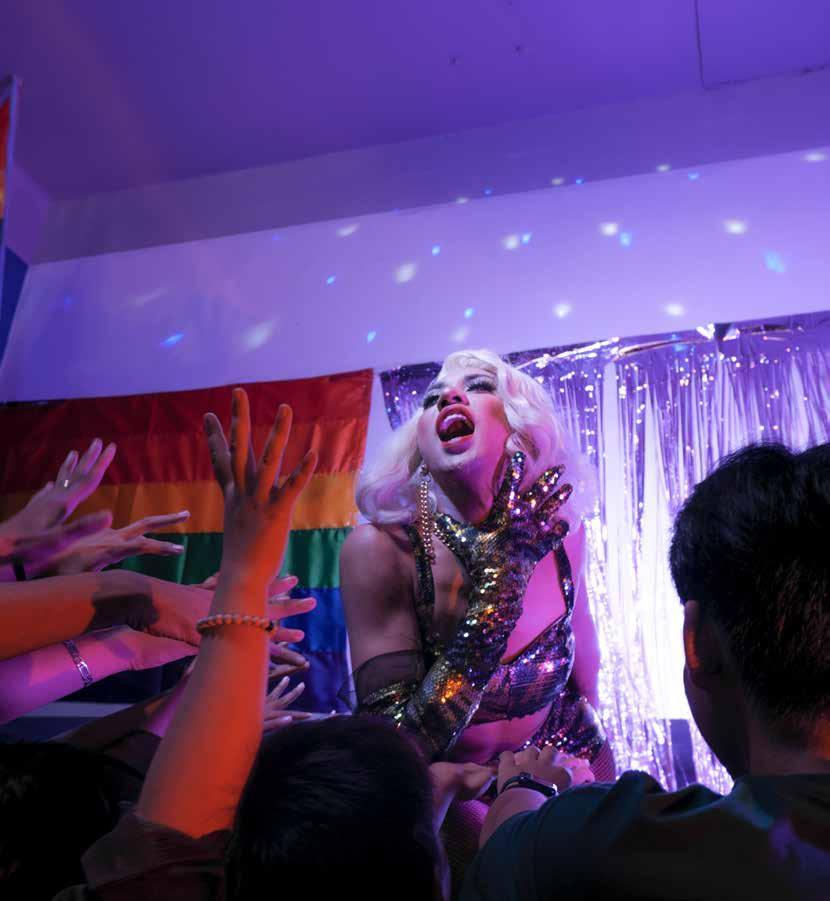
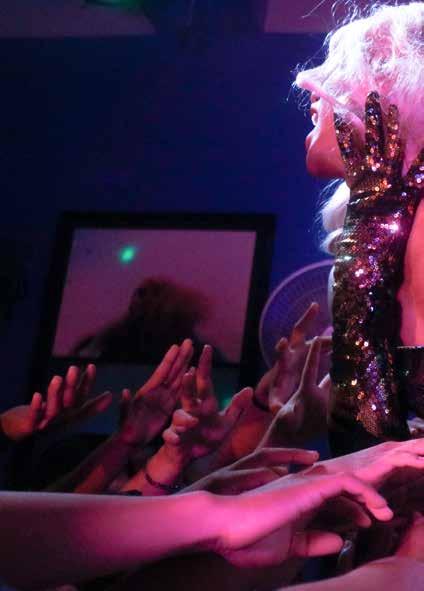

128
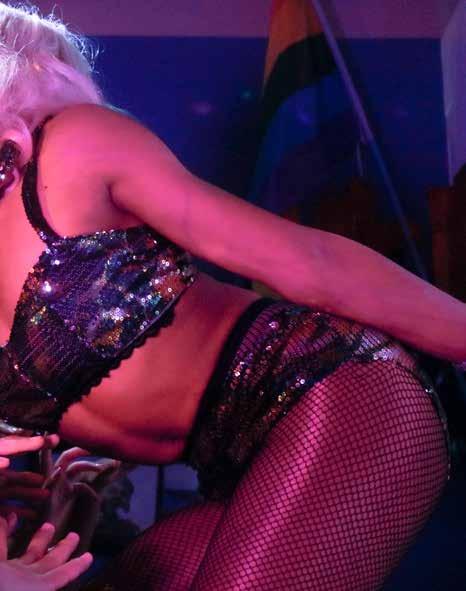
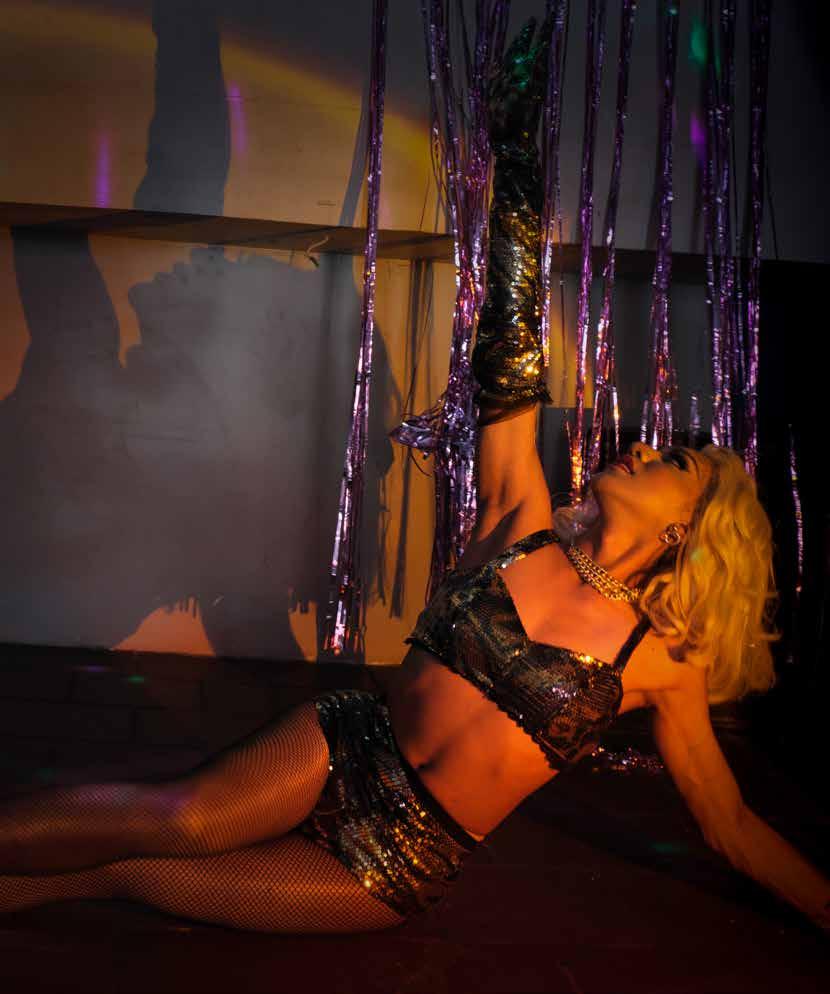

129
Couldn’t get ENOUGH

Back in the backroom Miga questioned their decision of choosing the path they love, who they are, and would they wake up and do it all again, all for their love.
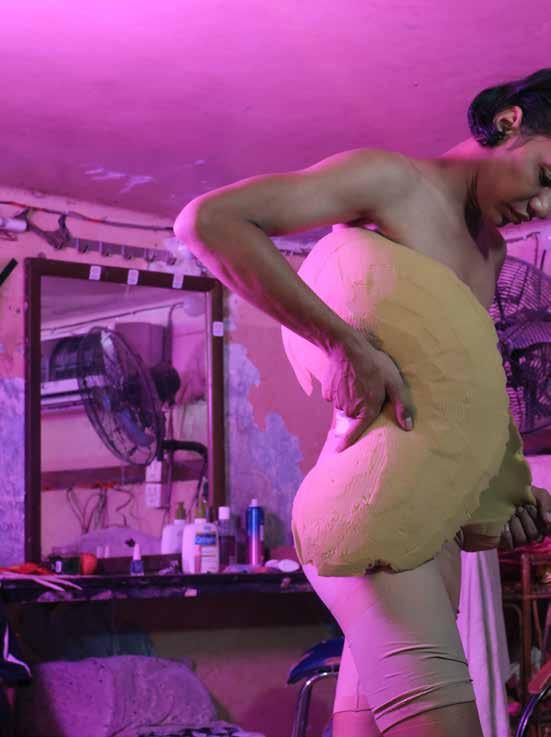

130

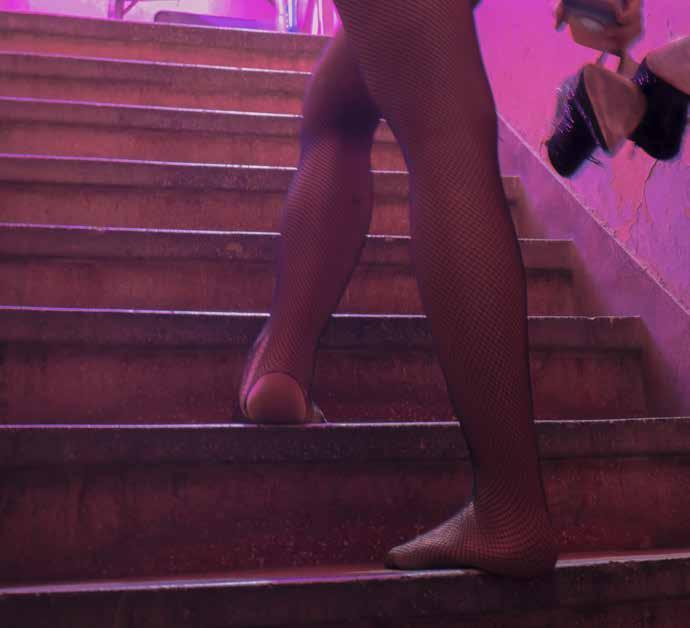

131
Alan Taylor
This year, in the old port of Wivenhoe, Essex (England), there was a mini-retrospective of the British artist Alan Taylor’s work (billed as ‘his Wivenhoe haunts’). It was in ‘The Shed’; a tiny gallery at the rear of Wivenhoe Bookshop (September 2022).

The bookshop itself appeared in one of Taylor’s later paintings (‘The Bookshop, Wivenhoe High Street’, 2017) as did Richard (Dicky) Chopping and Denis Wirth-Miller’s ‘The Store House’ (2017) where the legendary Irish avant-garde artist Francis Bacon occasionally shared an atelier with Wirth-Miller, before Bacon arranged a studio of his own with the photographer John Deakin (1950s) then at No. 68 Queens Road, Wivenhoe.
That Wivenhoe Bookshop has been lodged in a 17th century clapboard building for the past fortyfour years. Owner Sue Finn kindly let me have a sneak preview of that night’s exhibition opening of Alan Taylor’s work, in ‘art in the shed’, at 23 High Street, Wivenhoe. That evening was to be the launch of James Dodds’ new book ‘Wivenhoe Artists 1946-1986’ (published by Jardine Press, 2022), with Taylor’s paintings and prints billed as ‘his Wivenhoe haunts’ as a talking point. I am very grateful to Dodd’s book for some of the info for this article.
132
Bookshop


134

135 Anchor-hill

136 Black buoy

137
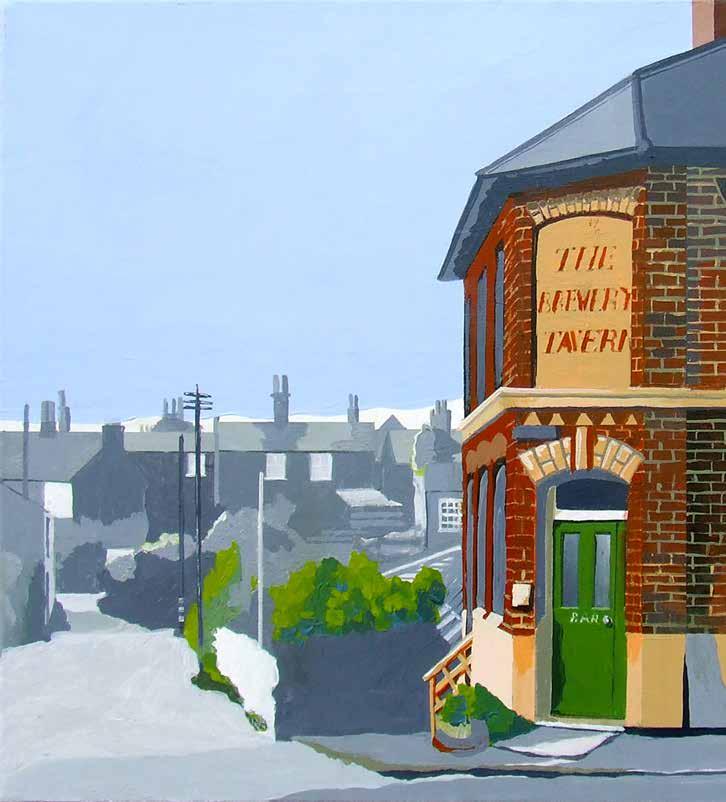
138

139 Brewery-tavern

140
Station-hotel-wivenhoe
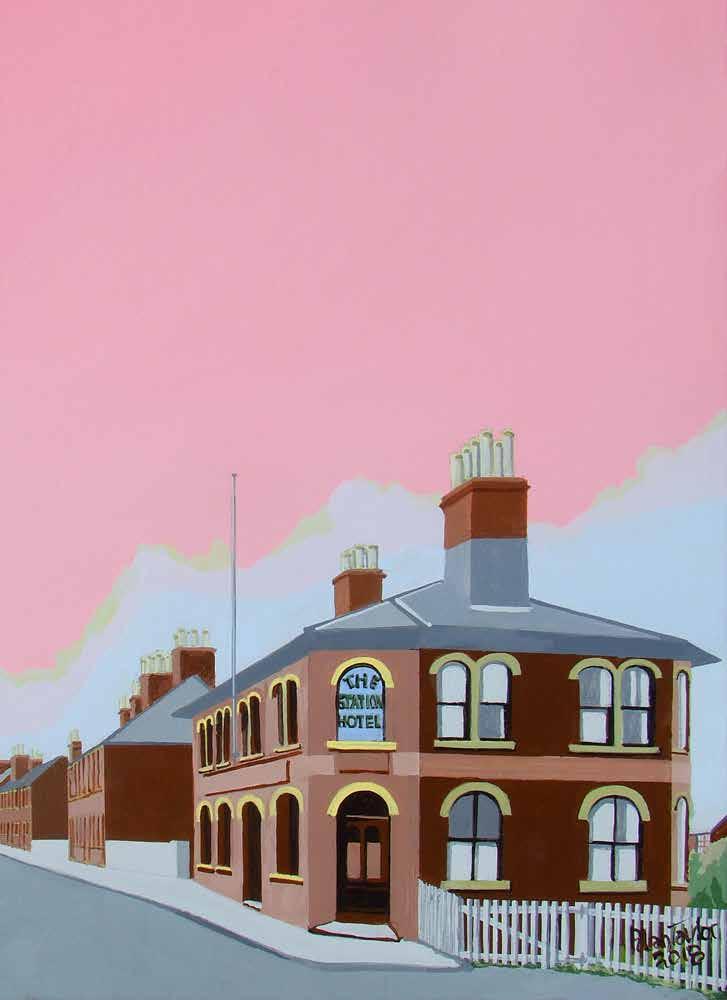
141

142

143 Storehouse
Wivenhoe Artists 1946-1986
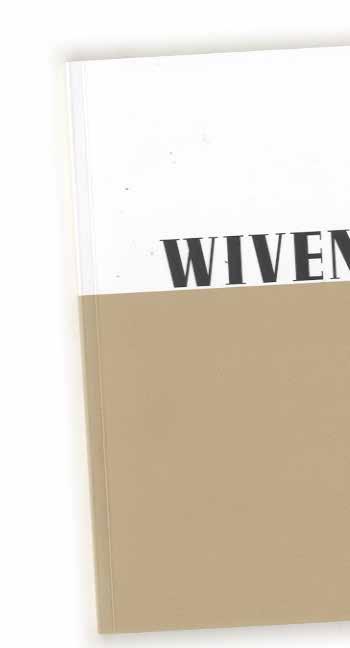
is a celebration of the artists who lived and worked in Wivenhoe in the post war years.
Written by James Dodds, one of the next generation of artists, and richly illustrated showing the talent this town had to offer the art world.
Artists include Dicky Chopping and Denis Wirth-Miller, John and Pam Dan, Roy and Gail Cross, Micheal Heard, Tony Young, John Meade, John Doubleday, Dicki Boardman, Ted Atkinson, Barry Woodcock, Louis and Jackie Claiborne
144
Wivenhoe Artists
ISBN 978-1-8382272-1-0 88pp paperback £15.00 info@jardinepress.co.uk
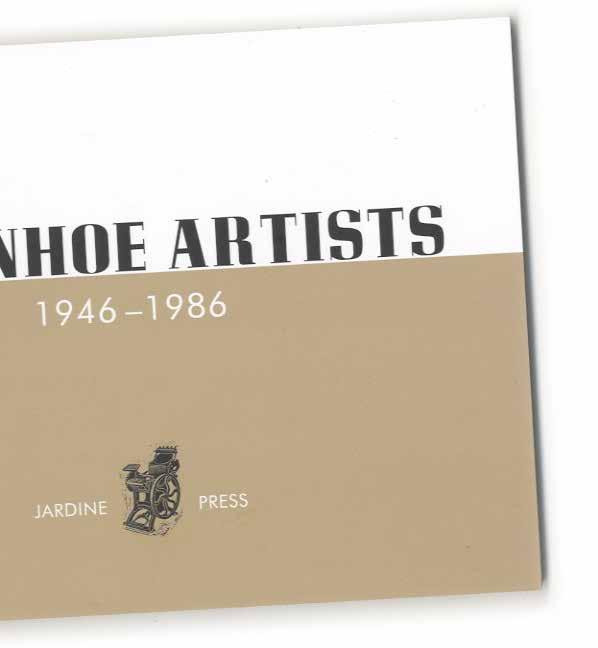
145
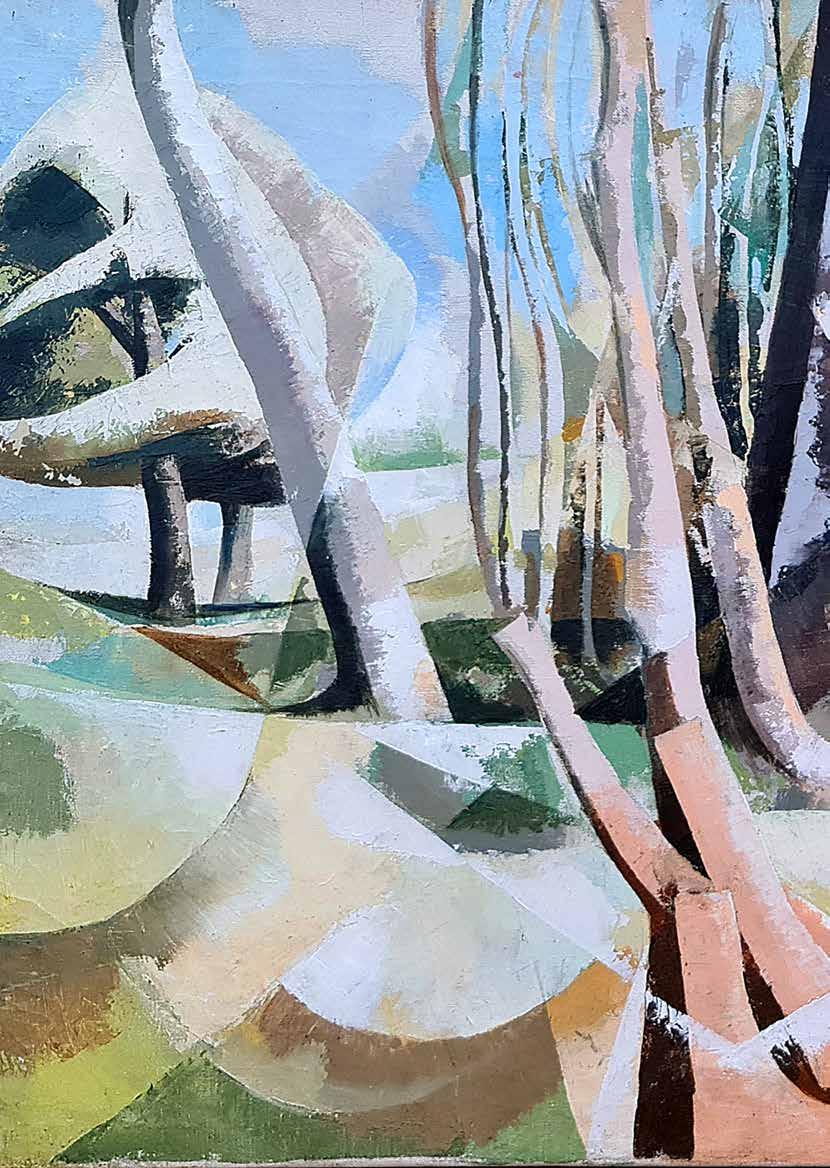
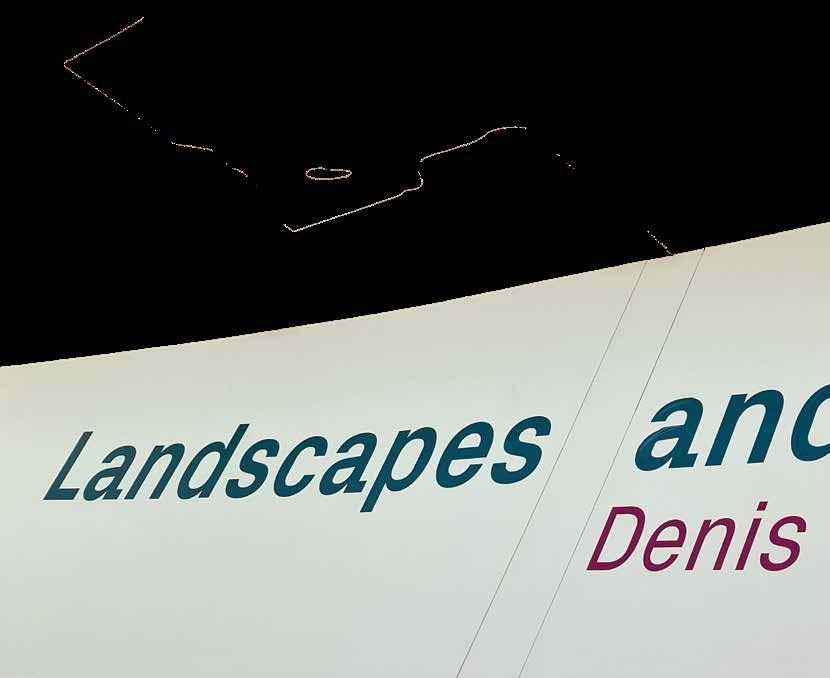
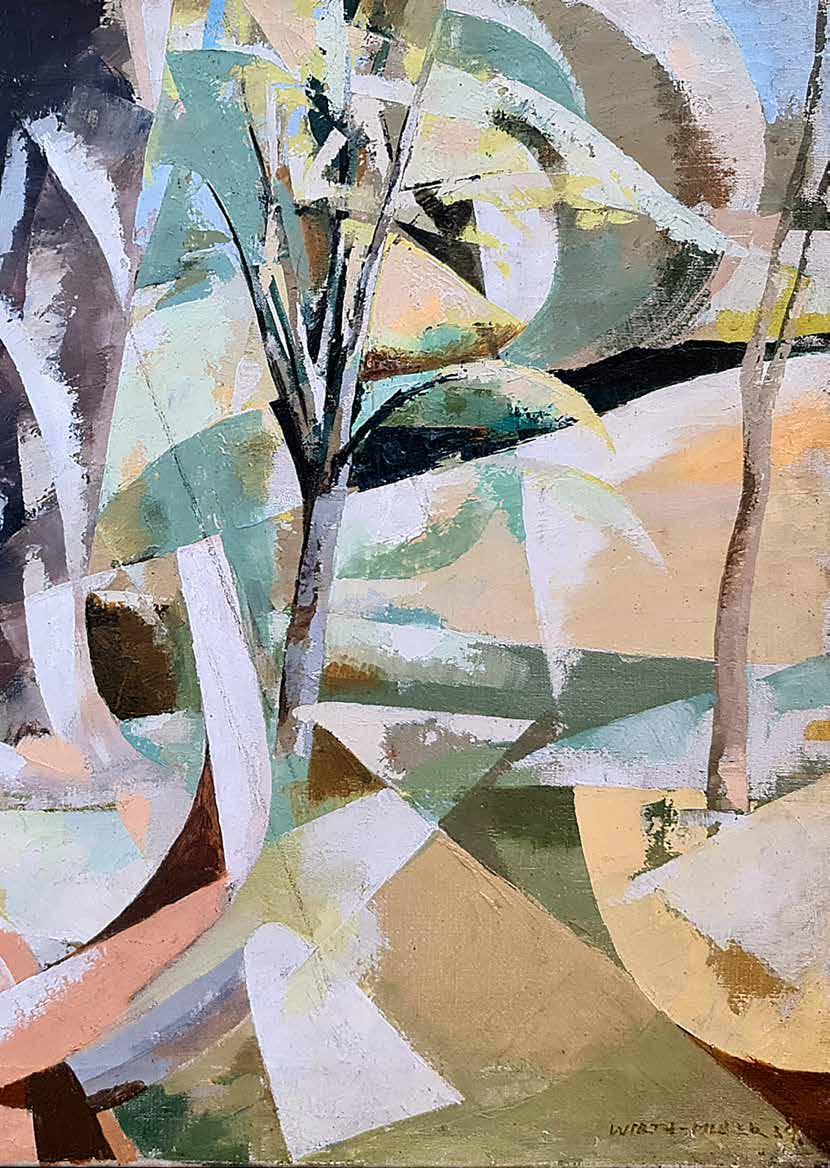
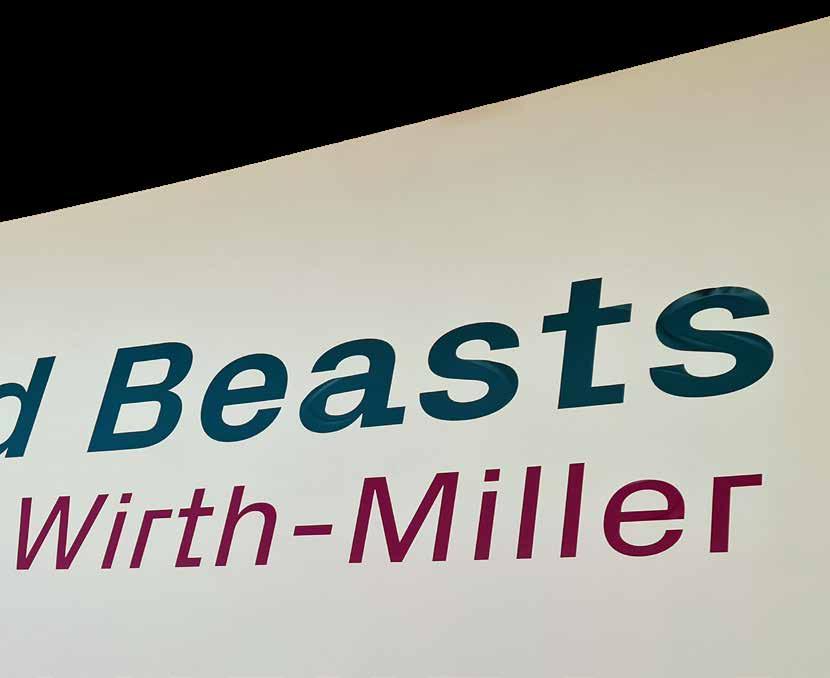
Firstsite's Landscapes and Beasts: A review
According to the exhibition and cultural centre Firstsite, Colchester, England, the exhibition of ‘Denis Wirth-Miller: Landscapes and Beasts’ is on from October 1st 2022 to January 22nd 2023. It “ … follows Firstsite’s critically acclaimed 2021-22 exhibition ‘Life with Art’ – an exhibition which focused on artists of The East Anglian School of Painting and Drawing, of which Denis Wirth-Miller and Dickie Chopping were a part and Francis Bacon visited.” That said…

Ever since I’ve returned to my old home town (Colchester, Essex, June 2021), after living almost two decades in Asia, I have found myself discovering a renewed interest in the history of art of the area (England’s East Anglia). Firstsite’s series of exhibitions, including the 2021 exhibition (mentioned above and meticulously researched and put together in combination with Firstsite by Colchester Art Society’s Simon Carter and Melvyn King) have been a great boon to my knowledge acquisition. It has led to me looking closer at those artists who had brought notions of the artistic avant-garde/Modern art to East Anglia’s Colchester (Essex, England) and its environs.
Last year’s exhibition, ‘Life with Art’, concentrated on the founding and running of the Benton End East Anglian School of Painting and Drawing, and the diverse young artists who became associated with it. This included Denis Wirth-Miller and his life partner Richard (Dickie) Chopping, both of whom had eventually settled in Wivenhoe after first living in London’s Fitzrovia, Wormingford in Essex and in the old Tudor house of Suffolk’s Benton End, along with other selfexiled young (new) bohemians.
This fresh Firstsite exhibition adds another vital branch to the already existing tree of Benton End and its artistic and exotic fruit. In so doing, the exhibition gives its visitors the opportunity to engage with a larger selection of Denis Wirth-Miller’s work. This new exhibition enables the visitor to look at Wirth-Miller’s work in more detail, and consider the interactions Wirth-Miller had, and in particular with the Irish born, British art bad boy Francis Bacon (now seen as a giant in the modern history of British art).
148
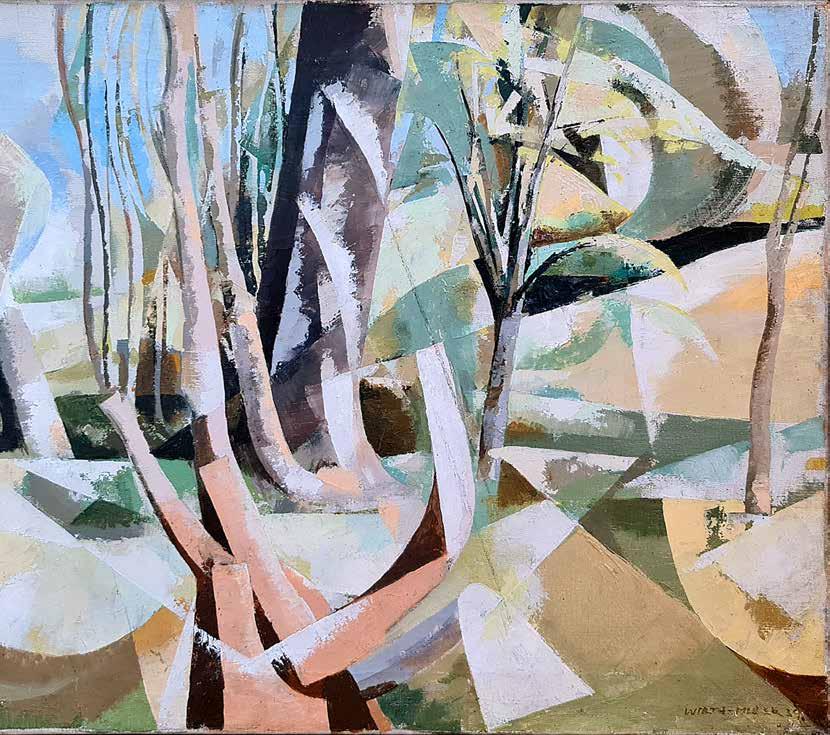
149
Stour Valley landscape
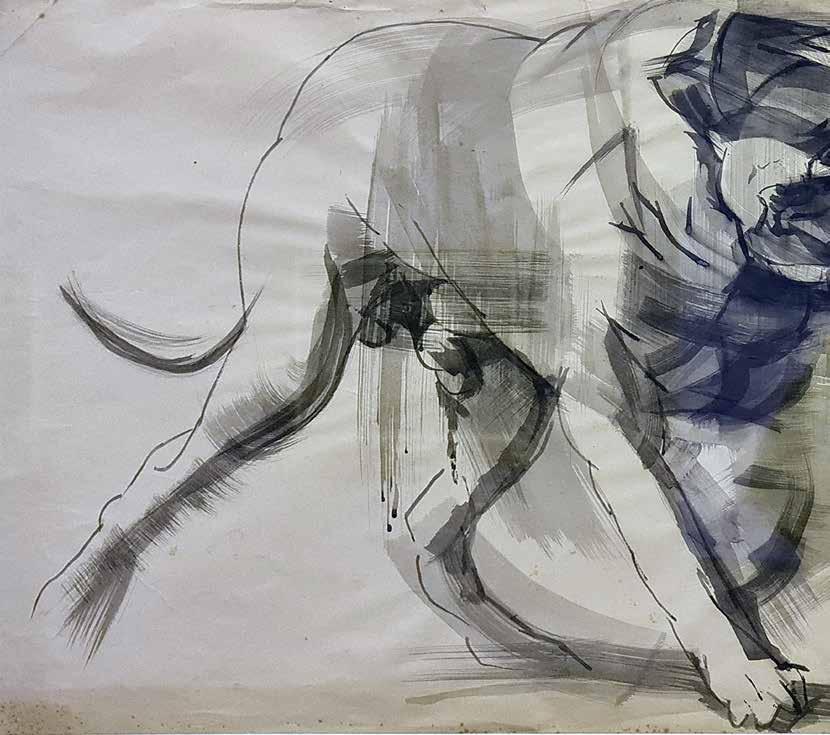
150
Study of a dog in movement, walking
Denis Wirth-Miller (born Dennis Wirthmiller in Folkestone, Kent to a Bavarian father and British mother,1915) has long been an unsung British artist. He died in Colchester’s General Hospital, of vascular dementia, in the October of 2010. His long time partner ‘Dickie’ Chopping had died two years previously, while Wirth-Miller’s friend and sometime mentor, Francis Bacon, had died in 1992. Wirth-Miller and Chopping had met Francis Bacon during their carousing days in London’s Fitzrovia (that nest of literati and the artistically inclined laying between London’s Fitzroy Square and Oxford Street).

Whether Wirth-Miller’s lack of continued prominence in the British art hierarchy was due to his decision to move out from Britain’s wartorn ‘Bohemian’ world of inner-London’s Fitzrovia, along his lifelong partner Dickie Chopping; returning to Chopping’s roots along the Essex/Suffolk border of East Anglia, or not, is a separate issue. The two men’s long time friendship with Francis Bacon, saw the art historical limelight shine on Bacon, casting shadows on artists such as Graham Sutherland (Bacon’s previous mentor) and away from artists such as Wirth-Miller (Bacon’s next partner in art crime).
On entering Colchester’s Firstsite’s ‘Landscapes and Beasts’ exhibition (curated by James Birch with Firstsite’s Sarah Hall’s support as coordinator), Bacon’s influence over Wirth-Miller’s artistic style is quickly made evident. In Wirth-Miller’s defense, and before talking further about that exhibition, I need to add a quote from a piece I have previously published (in The Blue Lotus magazine issue 16, pages 4055, 2019) about a perceived resonance of Graham Sutherland’s work in that of the early Francis Bacon. Why, will soon become evident.
“Bacon and Sutherland had been friends during the 1940s, with the already well established Sutherland advancing Bacon’s career, and with much painterly cross-fertilisation occurring. This becomes evident in paintings such as Sutherland’s ‘Gorse on Sea Wall’ (1939). It is no wonder then, that those ‘echoes’ occur, passed, as they had been, from Sutherland to Bacon… It is that metamorphosis, that evolving which is the product of freedom of the artist’s mind, freedom to experiment, for the artist to create without fear.”
151
Studies of a dog in movement

152

153
Just as there are intimations of Graham Sutherland’s style in that of the young Francis Bacon’s work (1940s) later (1950s) Bacon and WirthMiller collaborated in the British Wivenhoe studios, now highlighted by the ‘Landscapes and Beasts’ exhibition. True to the exhibition promise, the first images we encounter as we turn to our left (and opposite the very large exhibition lettering) are those of landscapes. Specifically one 1939 painting ‘Stour Valley Landscape’ which is an oil on canvas by Denis Wirth-Miller, and next to it ‘Garden Landscape’ (oil on stucco, 1941).
In a sense, those innovative images wrought by the artist Graham Sutherland, who had risen to be considered one of the elite in modern British art, long haunted both Denis Wirth-Miller and Francis Bacon. With Wirth-Miller it was landscapes recollecting Sutherland’s ‘Grasses Against Dark Sky’ (1963) et al, and perhaps foreshadowing WirthMiller’s later return to rural landscapes, post Francis Bacon’s influence on him. On closer examination, works such as Sutherland’s “Green Tree Form’ (1940), might also be seen to predict Bacon’s ‘Three Studies for Figures at the Base of a Crucifixion’ (1944). The young, ambitious, Francis Bacon had long admired Sutherland’s work, so much so that Bacon wrote of his admiration in a series of letters to Sutherland, reminiscent of the awe in which the young Salvador Dalí had held the older Pablo Picasso. Sutherland’s influence on Bacon and WirthMiller is not mentioned at the Firstsite exhibition, only the connections between Francis Bacon and Denis Wirth-Miller.
In the Firstsite exhibition, opposite the aforementioned Wirth-Miller images, is a purple wall divider. On that divider is a brief explanation of the intent of the exhibition, which is to re-present the fifty year friendship between Denis Wirth-Miller and Francis Bacon in the largest exhibition of its kind (to date) featuring the works of WirthMiller, interspersed with appropriate images by and of Francis Bacon.
In his volume ‘The Visitor’s Book’ (Constable, 2016) Jon Lys Turner (from whom most of the exhibition’s works have come) talks about the closeness of the relationship which Bacon and Wirth-Miller had continued over time. Turner relates that…

154
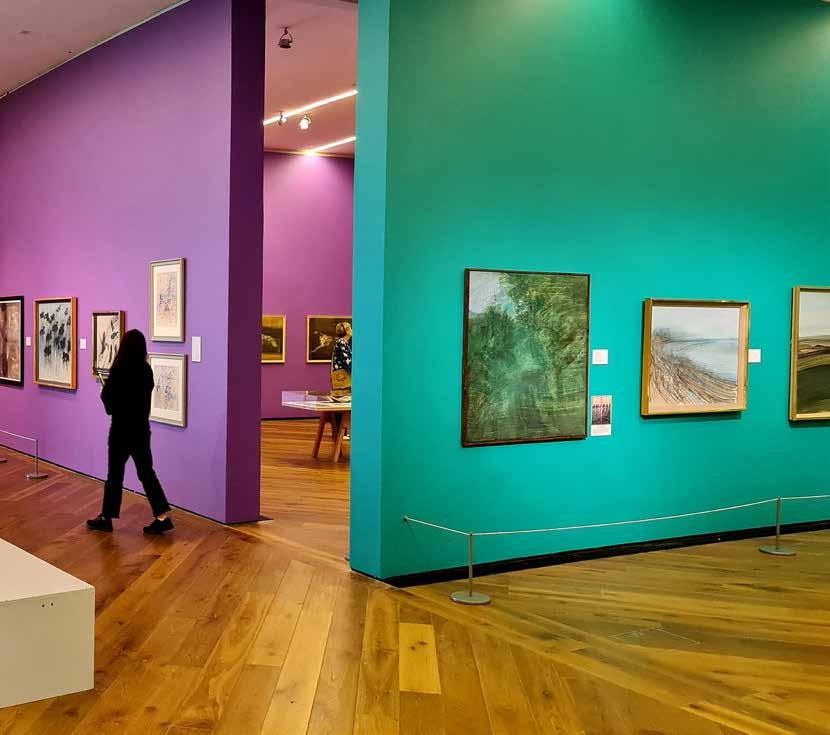
155
View to three galleries
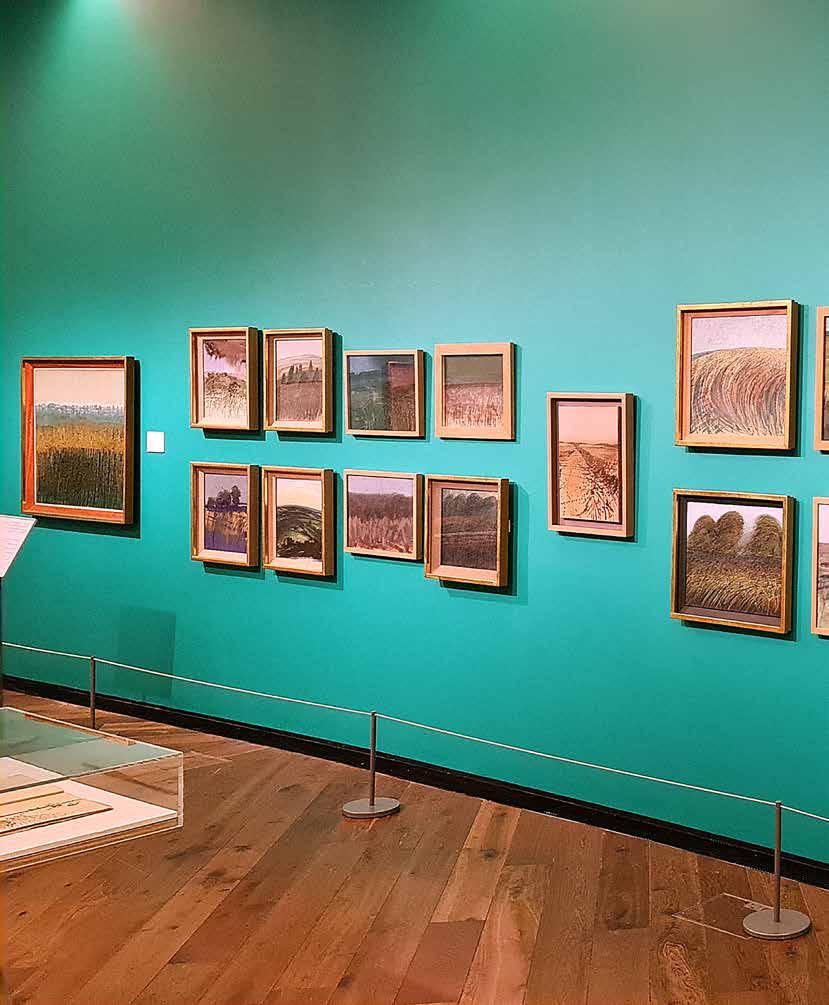
156
View to Landscape Gallery

157
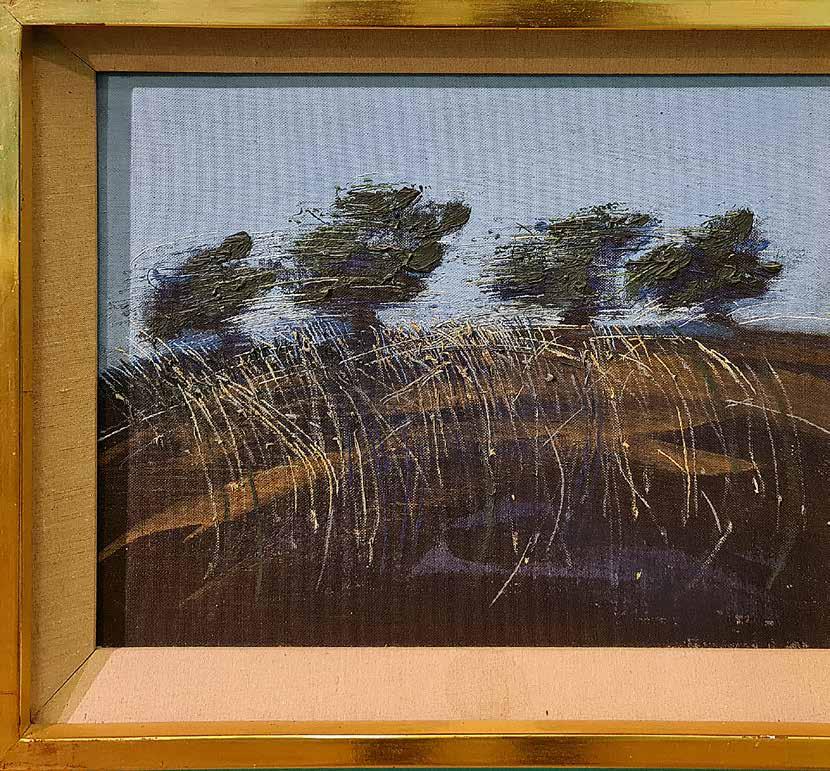
158
Trees and grass
“One afternoon in 1949, Wirth-Miller took Bacon to visit the Victoria and Albert Museum in order to show him the work of the Victorian photographer Eadweard Muybridge (1830-1904)…The images would have a significant effect on the work of both men over the next five years. After each of the artists’ deaths, copies of Muybridge images were found littered on the ground of both their studios.”
Those works were from Eadweard Muybridge’s 1887 book, ‘Animal Locomotion’ (aka ‘An electro-photographic investigation of consecutive phases of animal movements. 1872-1885’), images from which are in a showcase in the Firstsite, 2022, ‘Landscapes and Beasts’ exhibition.
In Firstsite’s small catalogue to the Wirth-Miller exhibition, Andrew Wilson, in his essay ‘A Study of the Objectification of the Bestial’, suggests that in WirthMiller’s series ‘Dogs in Motion’ (1953-54) “The dog is a moving bodily force, unhesitatingly described but also portraying the evanescence of life: matter and energy that are here one moment and then gone.”
Provoked by those Muybridge plates from ‘Animal Locomotion’, perhaps, but with suggested intimations of Graham Sutherland’s work and that of the Italian ‘Futurist’ Giacomo Balla (in particular his 1912 painting ‘Dinamismo di un cane al guinzaglio’ - Dynamism of a Dog on a Leash). The depiction of ‘movement’ became a meme resonant in the Bacon/Wirth-Miller (1950s) collaborations, and of Bacon’s images, analogous to those of Sutherland. As Parmenides was wont to say "Ex nihilo nihil fit” (nothing comes from nothing).

Overall, Colchester Firstsite’s exhibition ‘Denis Wirth-Miller: Landscapes and Beasts’, completes its two tasks with aplomb. It does add to existing knowledge about prominent British artists in the East Anglian region, and their relationships with the burgeoning modern British art, as well as charting the relationship between the largely overlooked Denis Wirth-Miller, and the more famous Francis Bacon.
What I took away from that exhibition, was the need for a more permanent exhibition collection which encompasses both of the exhibitions mentioned, and acts as a resource for the further study of modern British Art in the East Anglian region, its links and interconnections as begun with the 2021 ‘Life with Art’ exhibition.
Ed.
159
Patricia Forrest
I graduated with a BA in Fine Art at Central St Martins and studied Photography and Multimedia at the University of Westminster.
I started as a painter, working mainly with pigments on a large scale to explore ‘structures’ physically and metaphorically. I continued to explore this theme through photography, gradually merging and blurring the two mediums.
I find the challenge of combining the immediacy of photography with the evolutionary process of painting inspiring and stimulating.
Through mixed media, I explore digitally manipulated imagery as an iterative process of constructing and deconstructing imagery.
I combine a variety of media such as oil paints, photography and digital work and produce originals as well as limited edition prints (maximum of 20).
As well as mixed media, I work with oils and pigments. My recent paintings are inspired by seascapes throughout the Essex and Suffolk Coast. I have endeavoured to capture the changing impact of light and weather conditions across the landscape. My interpretations are abstract constructions based on combinations of visual and imaginary scenes.

160
Bradwell bird observation tower
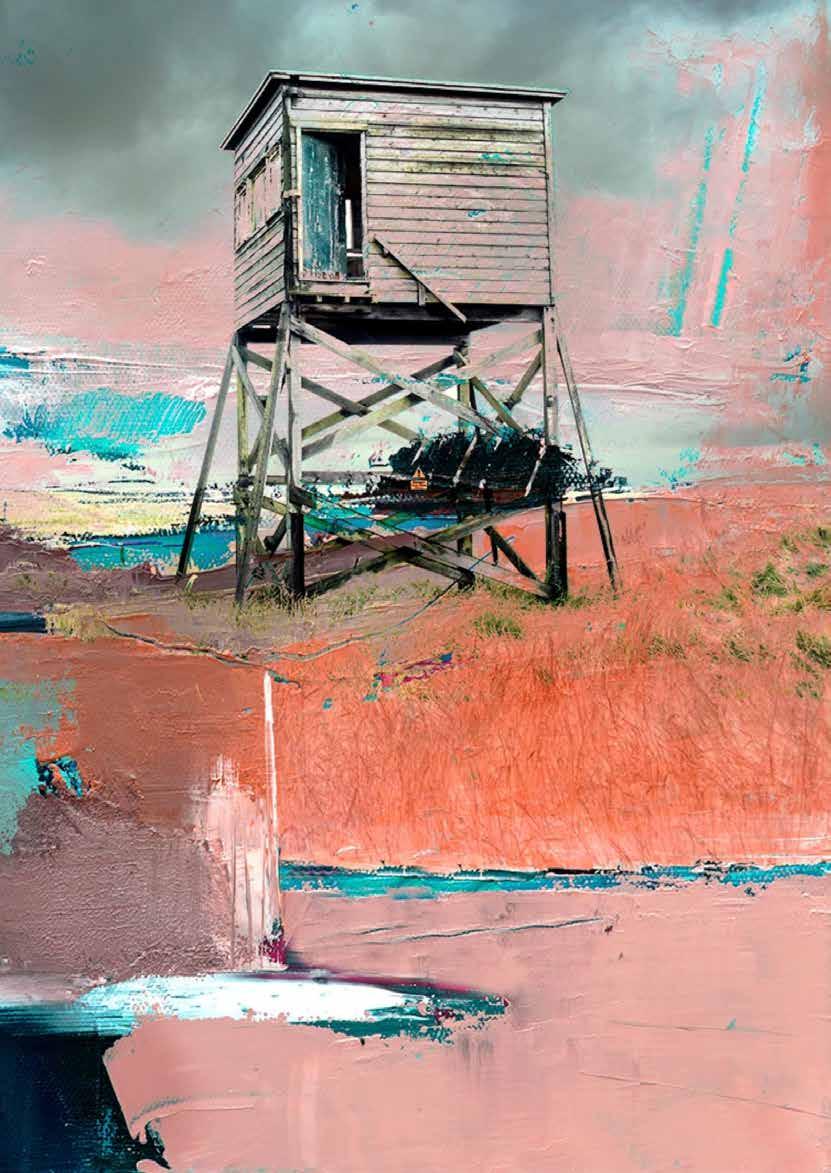
Summer is here

162

163
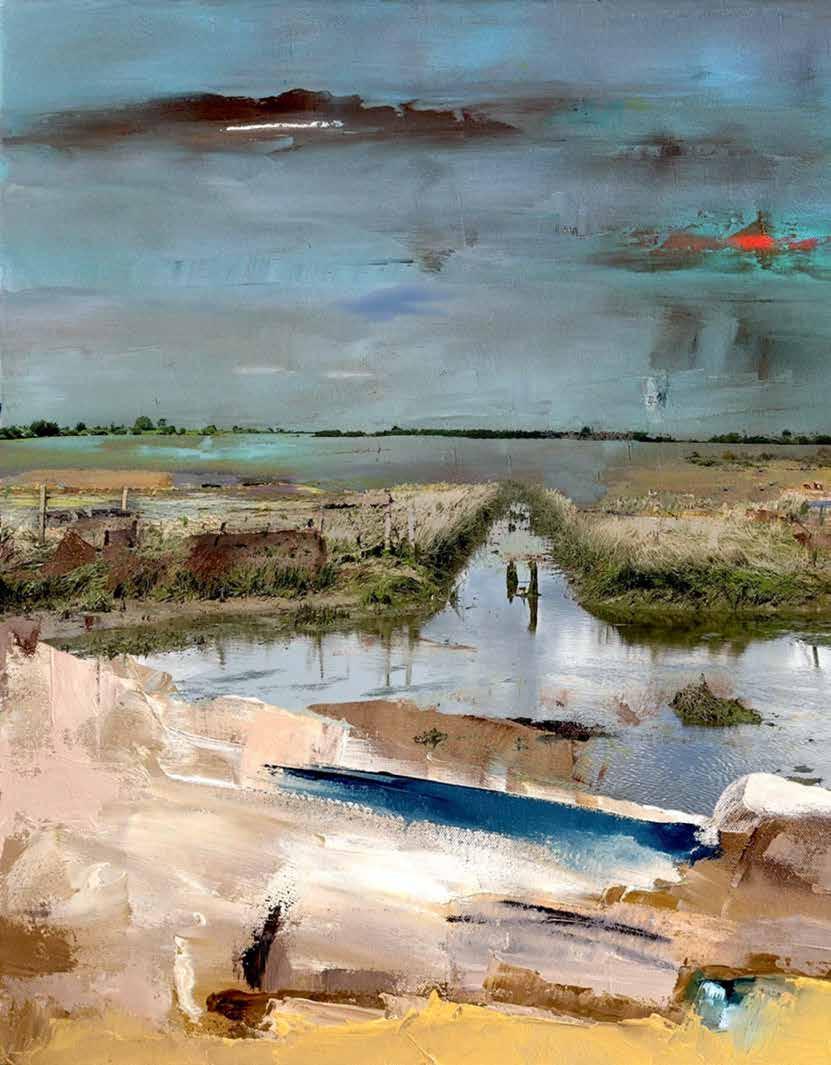
164
Walk around the Island

165

166 Water's Edge
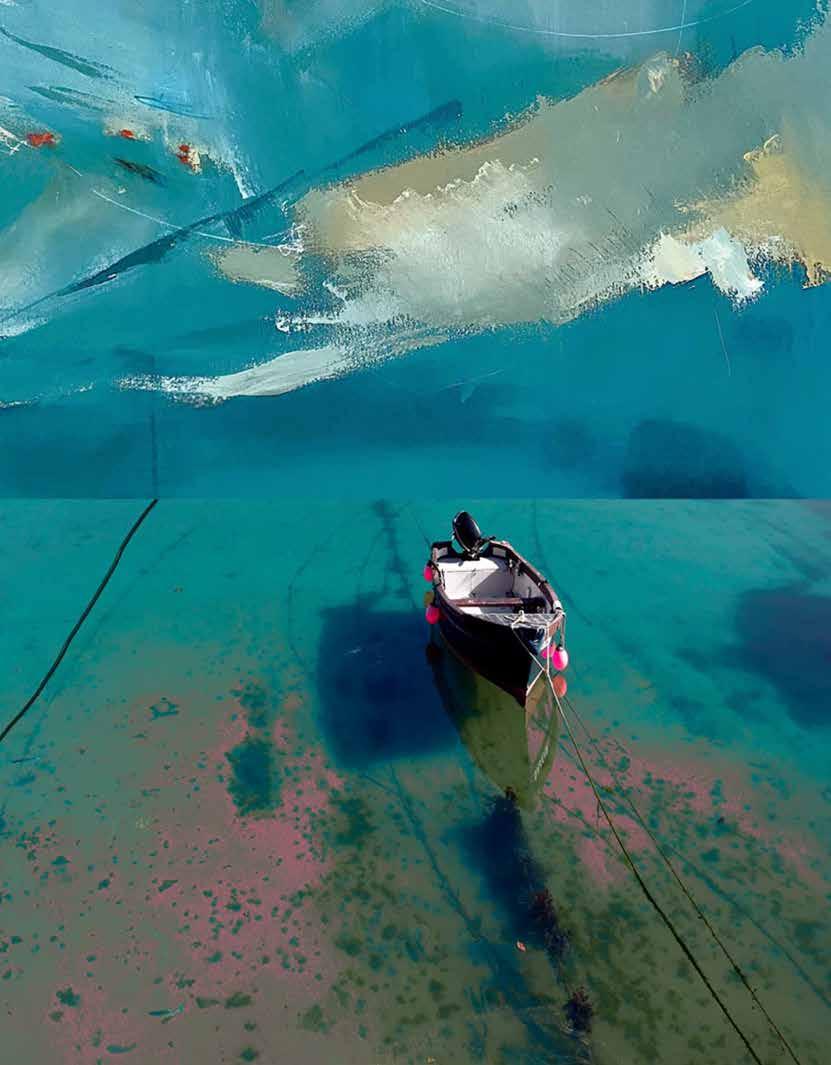
167
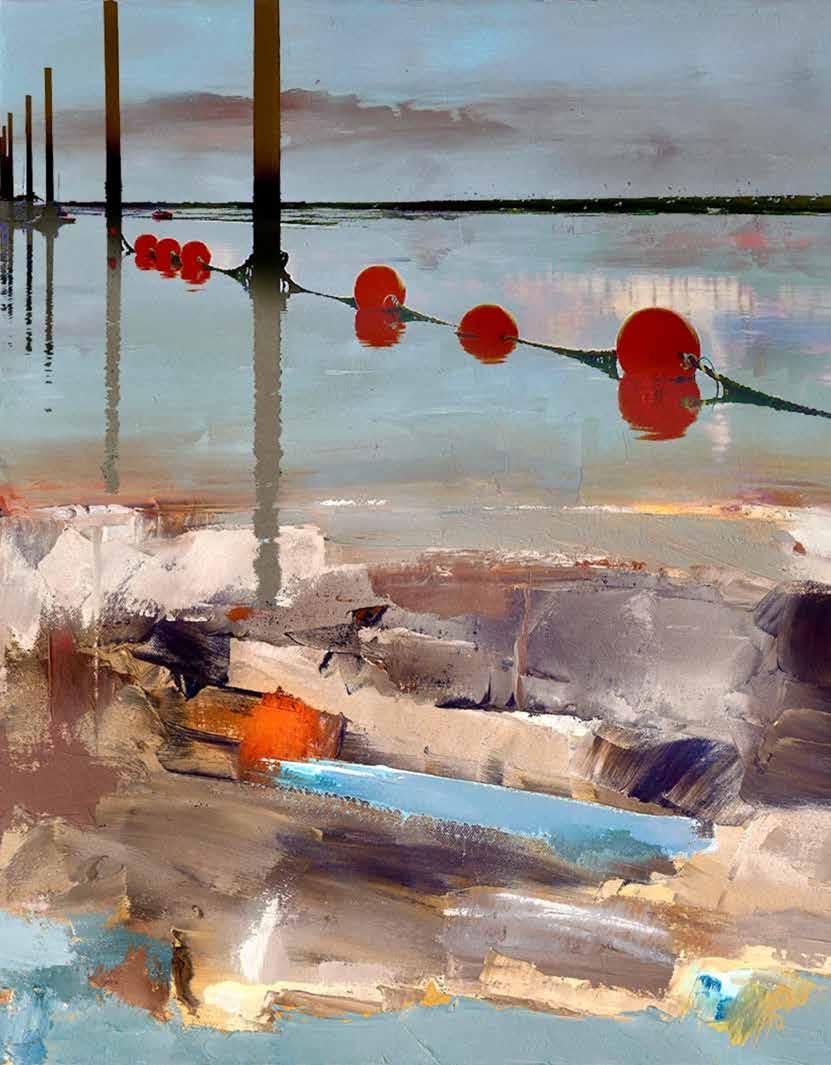
168

169 Buoys and tide
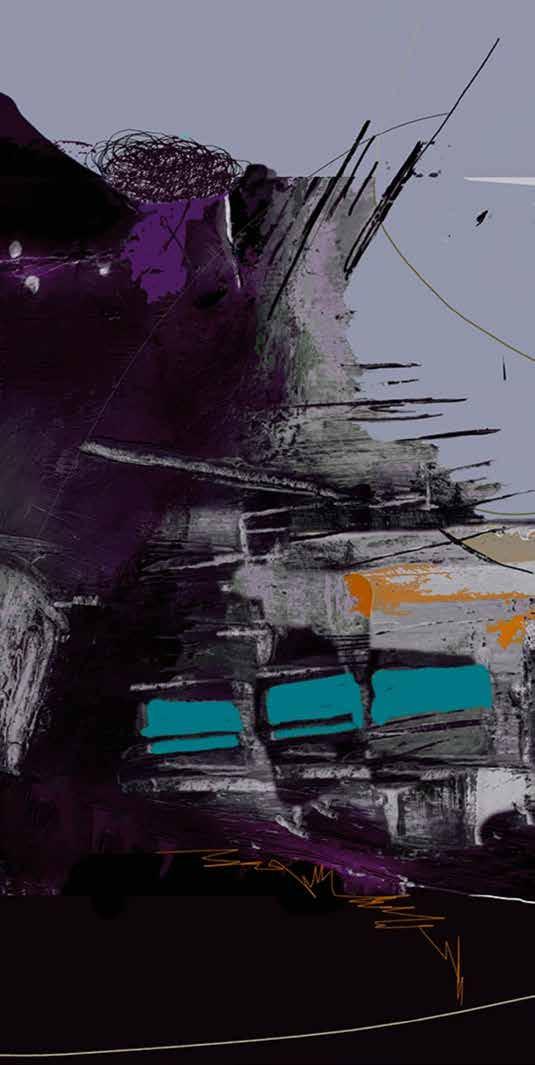
170 Shelter

171
Martin Bradley

Martin Bradley is the author of a collection of poetryRemembering Whiteness and Other Poems (2012, Bougainvillea Press); a charity travelogue - A Story of Colours of Cambodia, which he also designed (2012, EverDay and Educare); a collection of his writings for various magazines called Buffalo and Breadfruit (2012, Monsoon Book)s; an art book for the Philippine artist Toro, called Uniquely Toro (2013), which he also designed, also has written a history of pharmacy for Malaysia, The Journey and Beyond (2014, Caring Pharmacy).


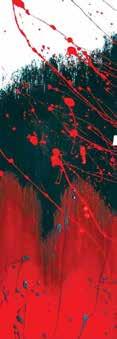

Martin has written two books about Modern Chinese Art with Chinese artist Luo Qi, Luo Qi and Calligraphyism and Commentary by Humanists Canada and China (2017 and 2022), and has had his book about Bangladesh artist Farida Zaman For the Love of Country published in Dhaka in December 2019.
Canada 2022
172
Singapore 2012 Malaysia 2012 Philippines
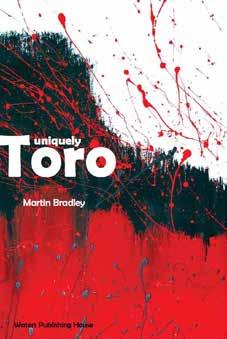
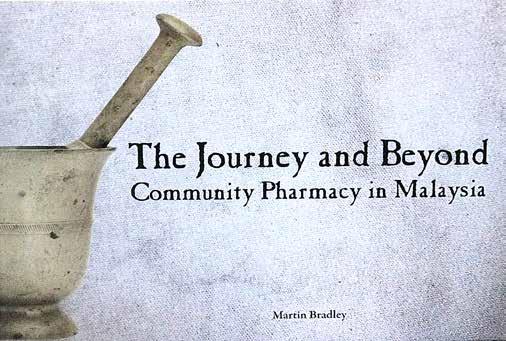
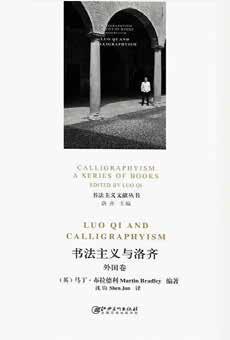

173
Bangladesh 2019 China 2017
Philippines 2013 Malaysia 2014
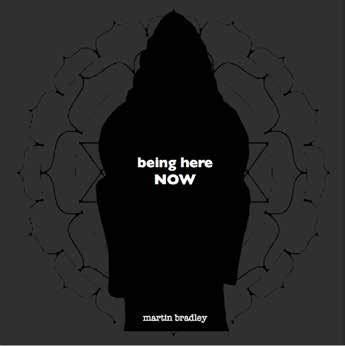

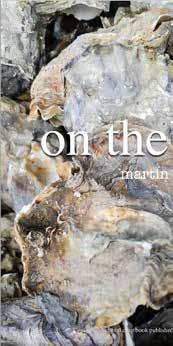

174 THE BLUE LOTUS https://issuu.com/martinabradley/docs/love_s_texture https://issuu.com/martinabradley/docs/on_the_island https://issuu.com/martinabradley/docs/being_here_now_ https://issuu.com/martinabradley/docs/malim_nawar_morning
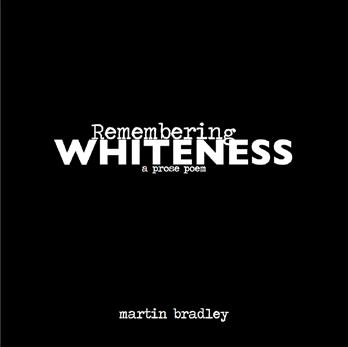
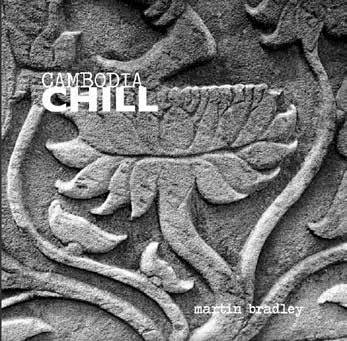

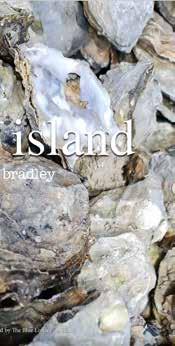
175
CHAP BOOKS https://issuu.com/martinabradley/docs/on_the_island https://issuu.com/martinabradley/docs/lotus https://issuu.com/martinabradley/docs/cambodia_chill_re-issue https://issuu.com/martinabradley/docs/remembering_whiteness_booklet
LOTUS
THE BLUE LOTUS
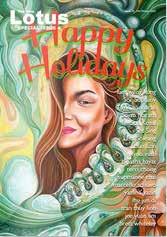

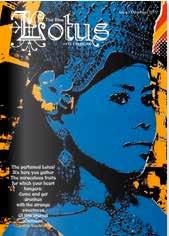

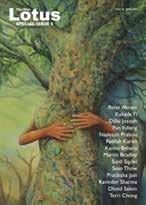
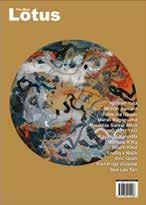
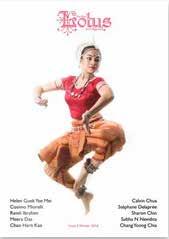
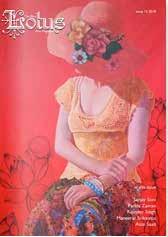

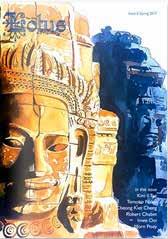
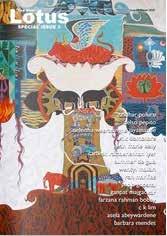

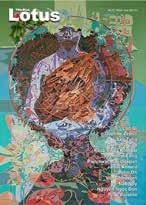


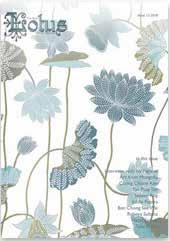
176
The Blue Lotus magazine is published by Martin A Bradley (The
LOTUS BACK ISSUES

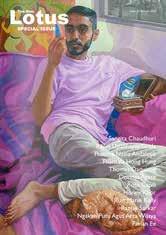
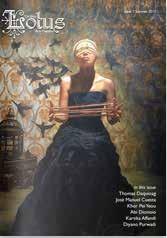
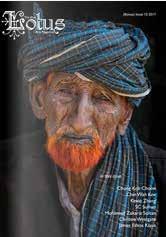

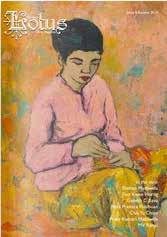
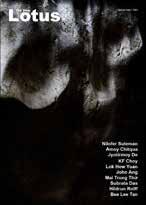

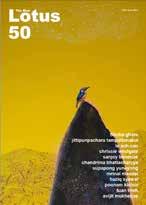

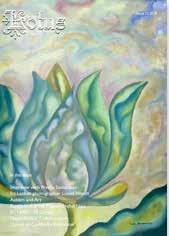
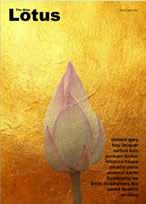
...a selection
177
(The Blue Lotus Publishing), in Colchester, England, UK, 2021
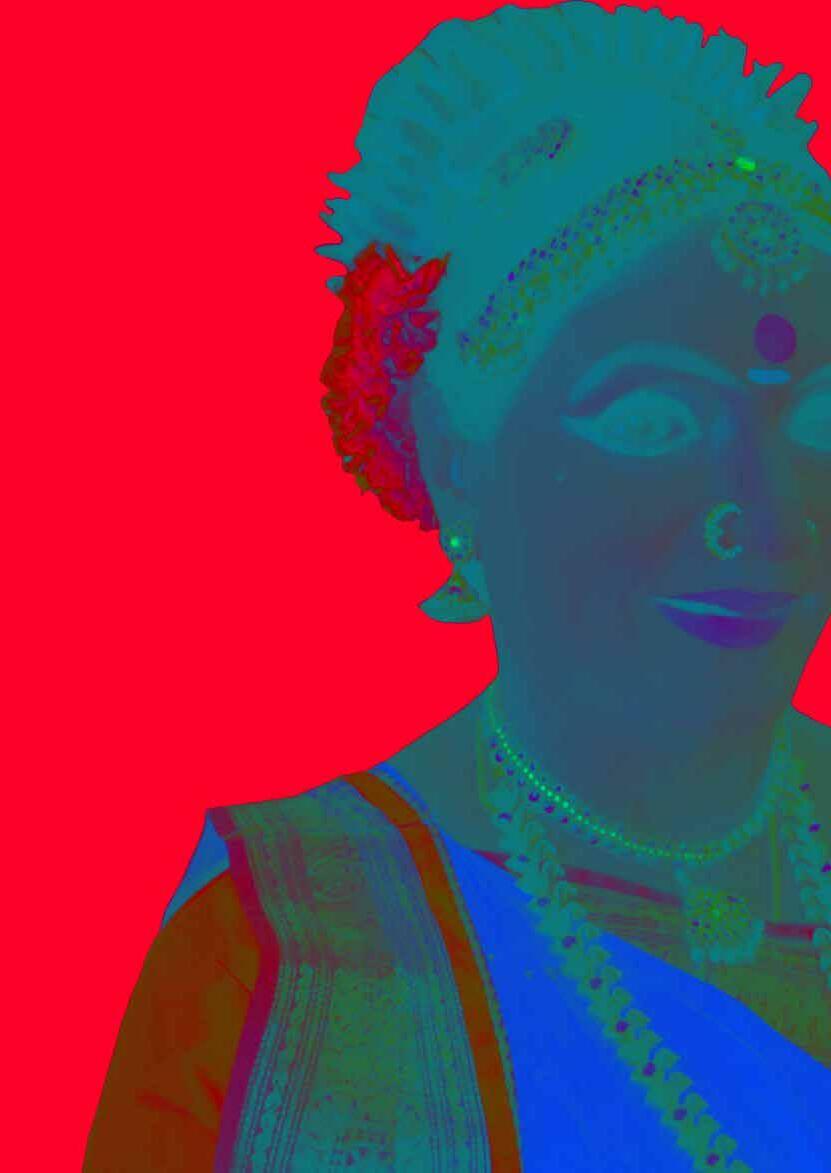

ISSN 2754-9151 • NO. 54 • SUMMER ISSUE • 2022 • THE
is
©
issue no. 56 winter 2022
BLUE LOTUS
published quarterly by The Blue Lotus Publishing (M.A.Bradley), Colchester, Essex, England, UK.
2022 M.A.Bradley. All rights reserved.
Image © by Martin Bradley



 Image © by Martin Bradley
Image © by Martin Bradley















 Image © by Martin Bradley
Image © by Martin Bradley














































































 Shilpi Paul; Pranoy Chatterjee, and Arpan Bhattachary
Papia Ghoshal with Shilpi Paul Pranoy Chatterjee, and Arpan Bhattachary
Shilpi Paul; Pranoy Chatterjee, and Arpan Bhattachary
Papia Ghoshal with Shilpi Paul Pranoy Chatterjee, and Arpan Bhattachary





















































































































































